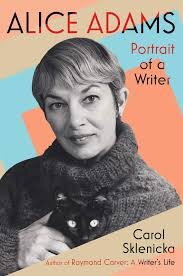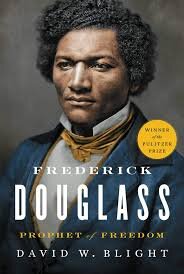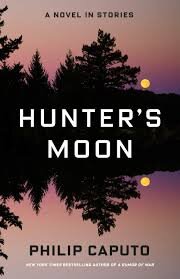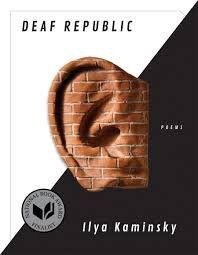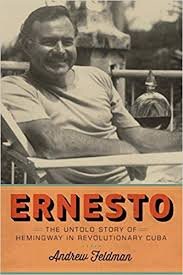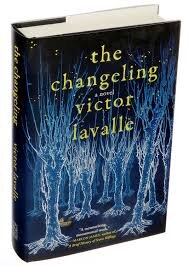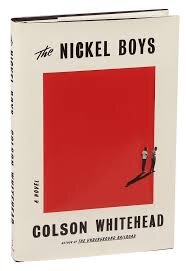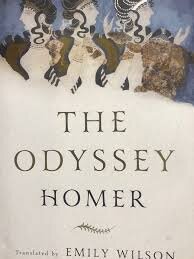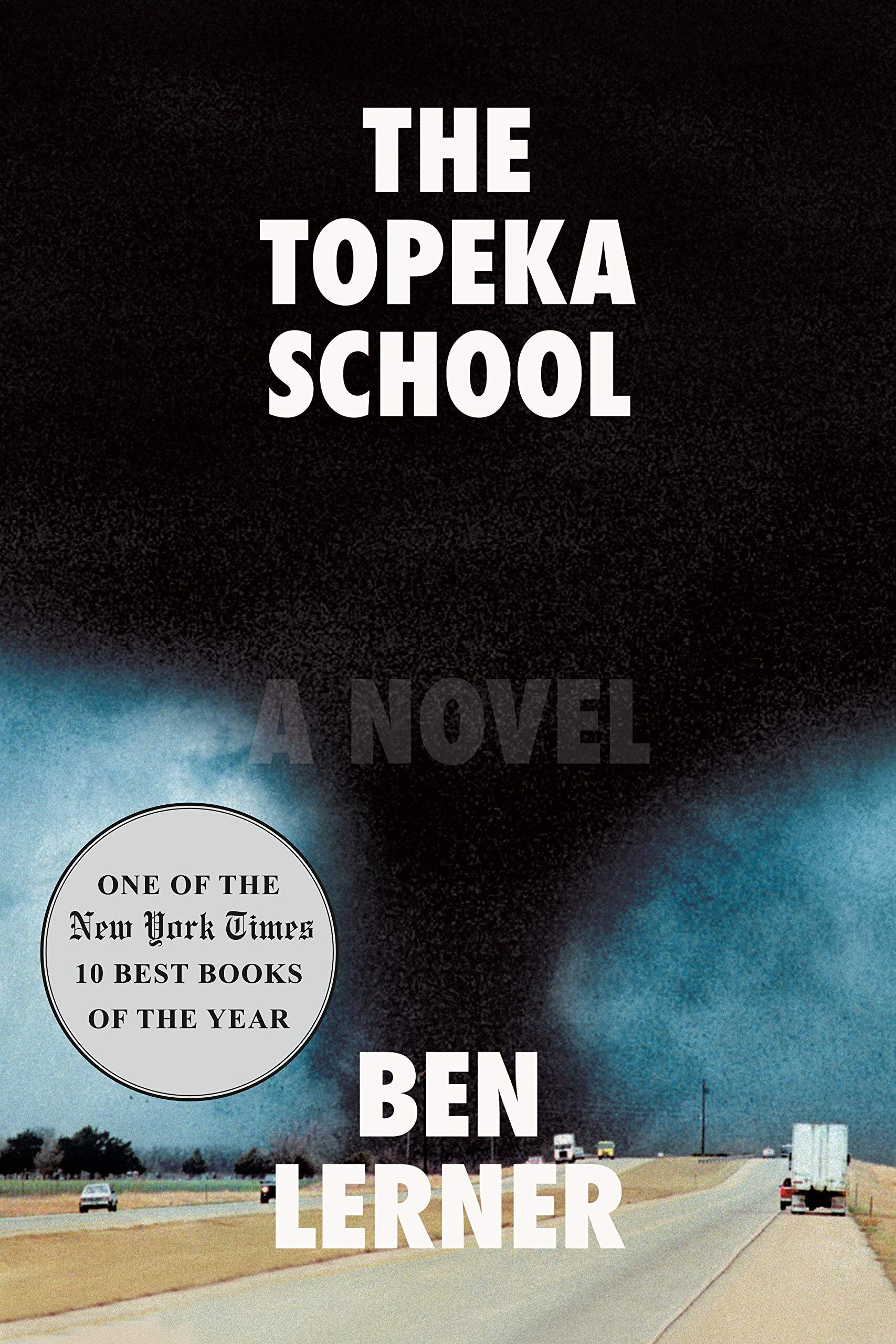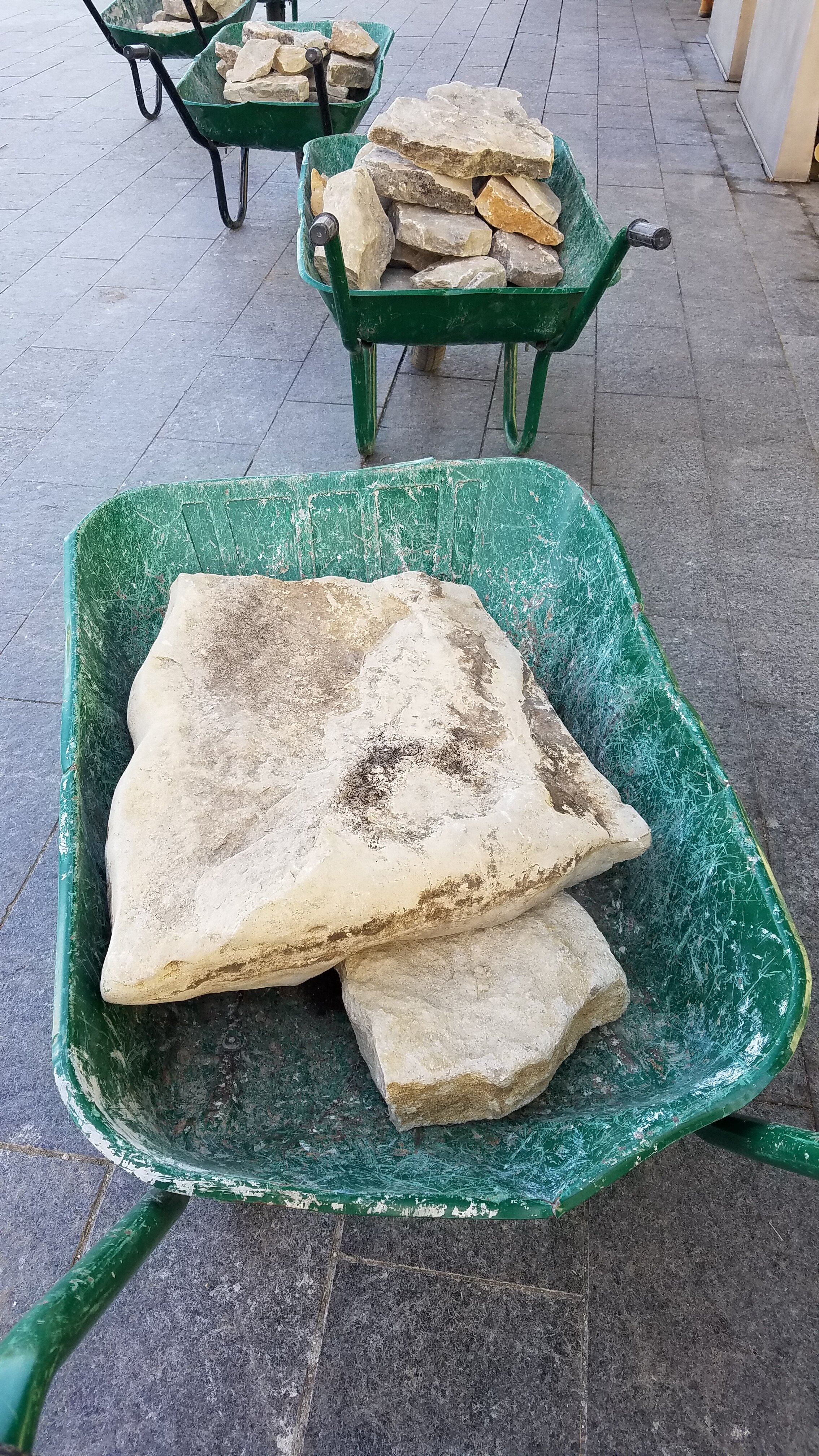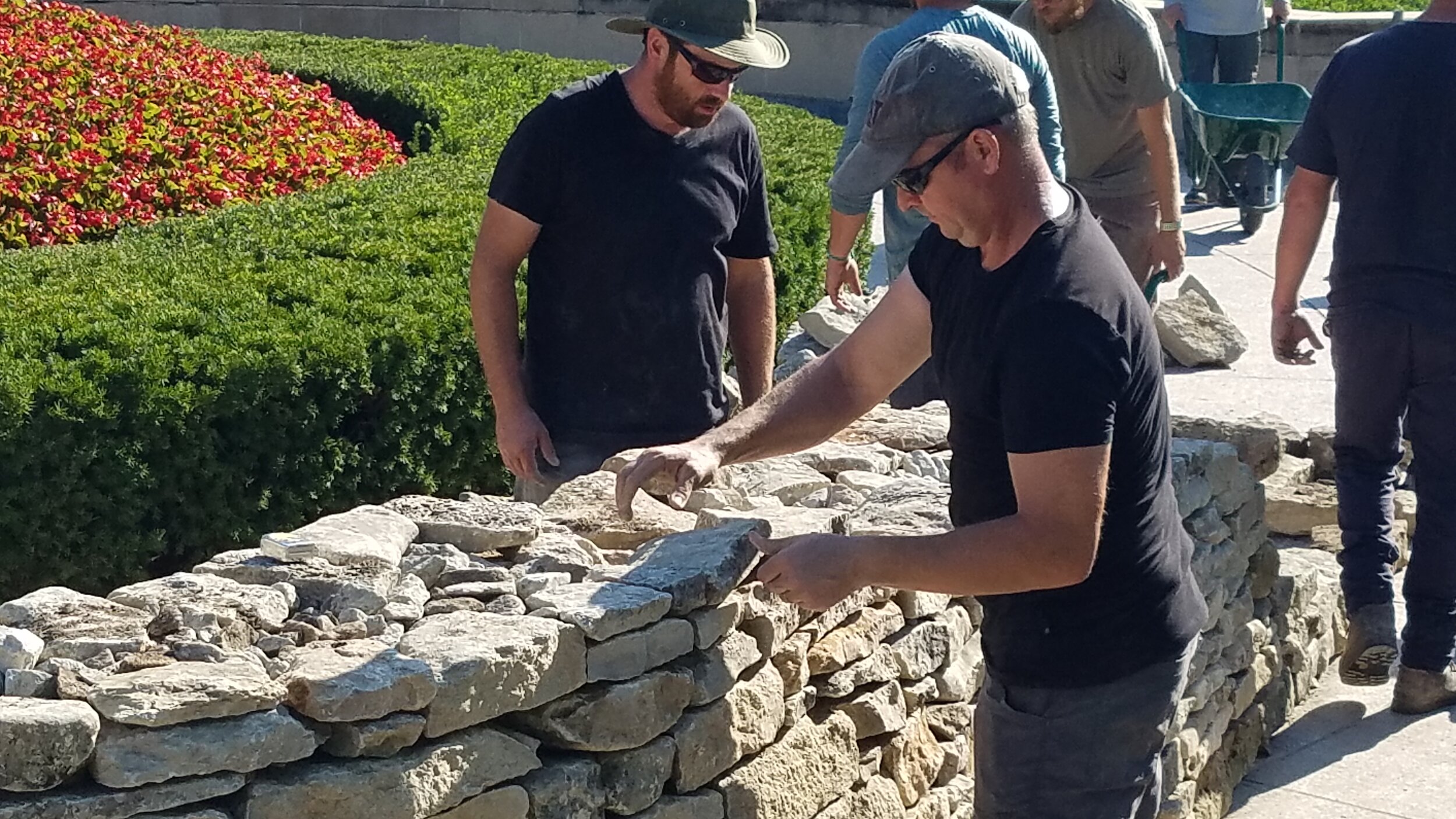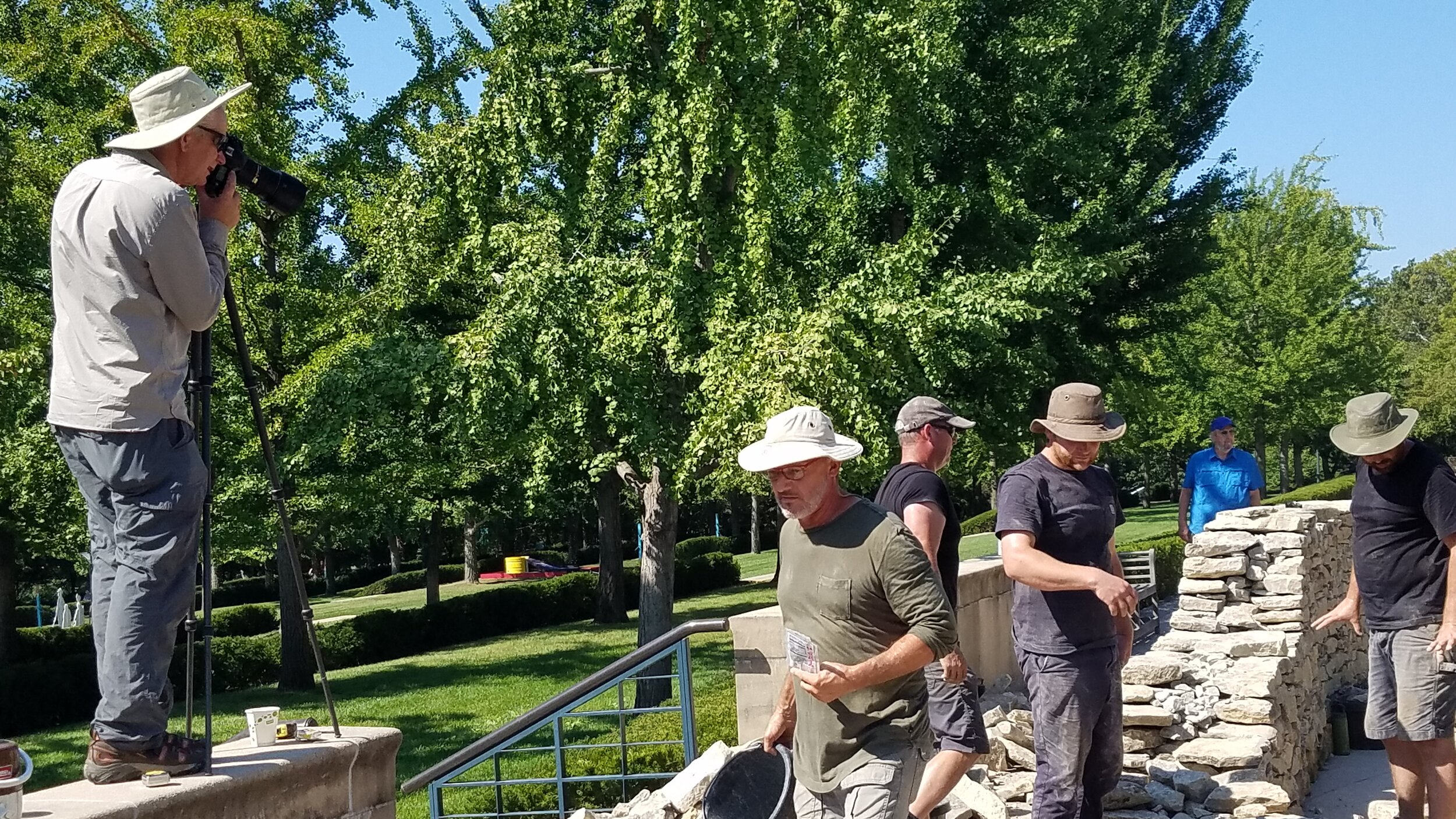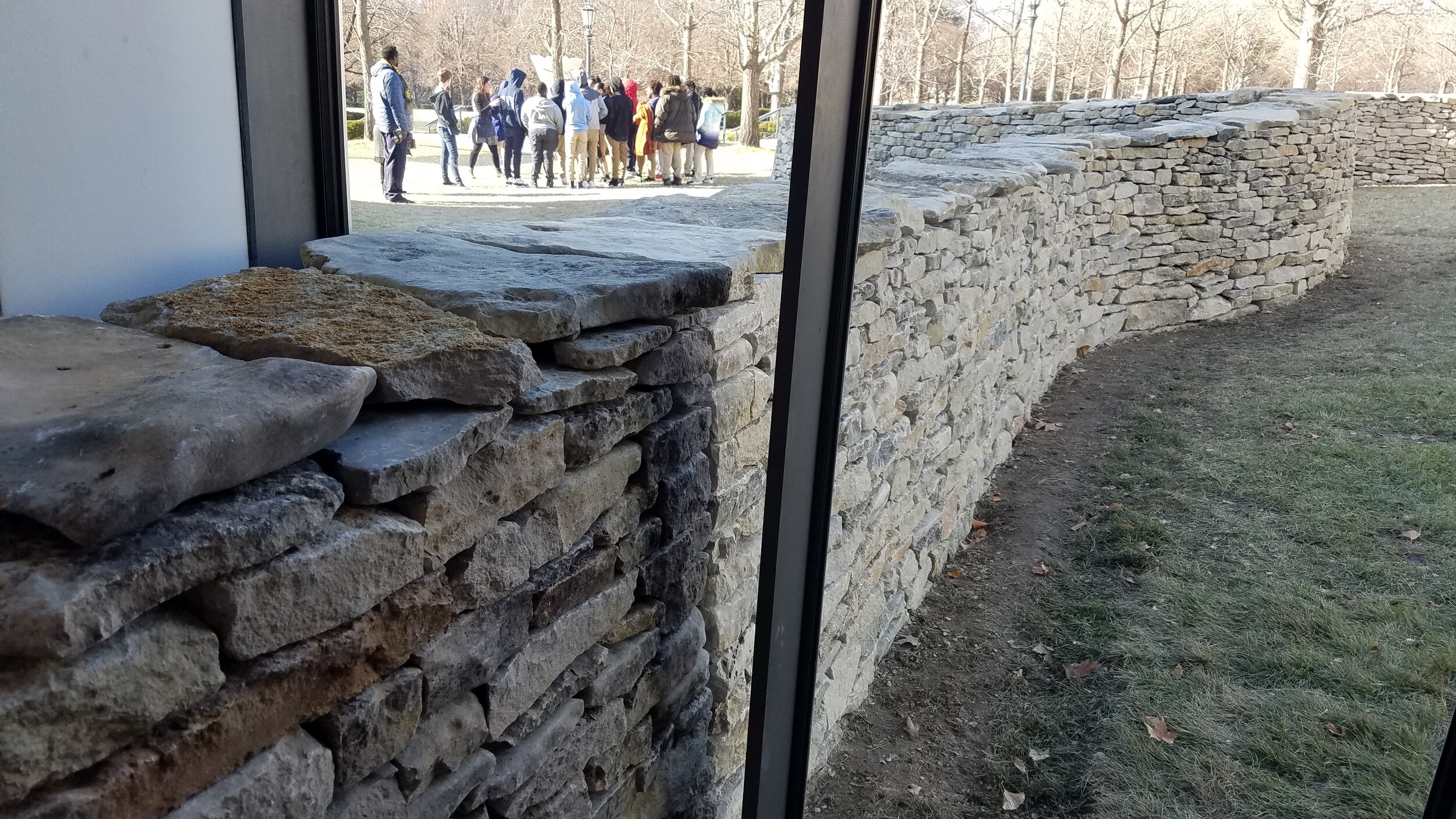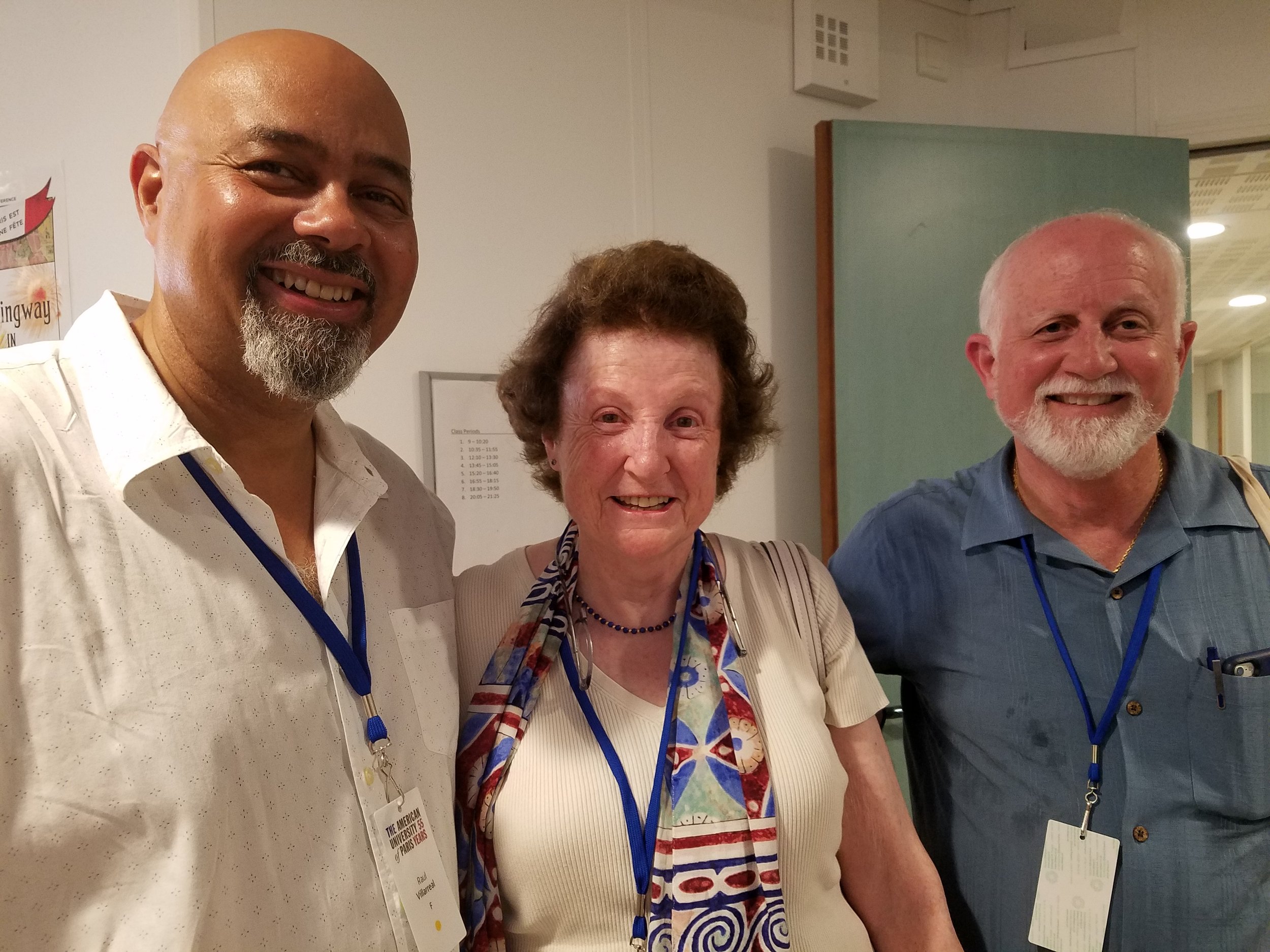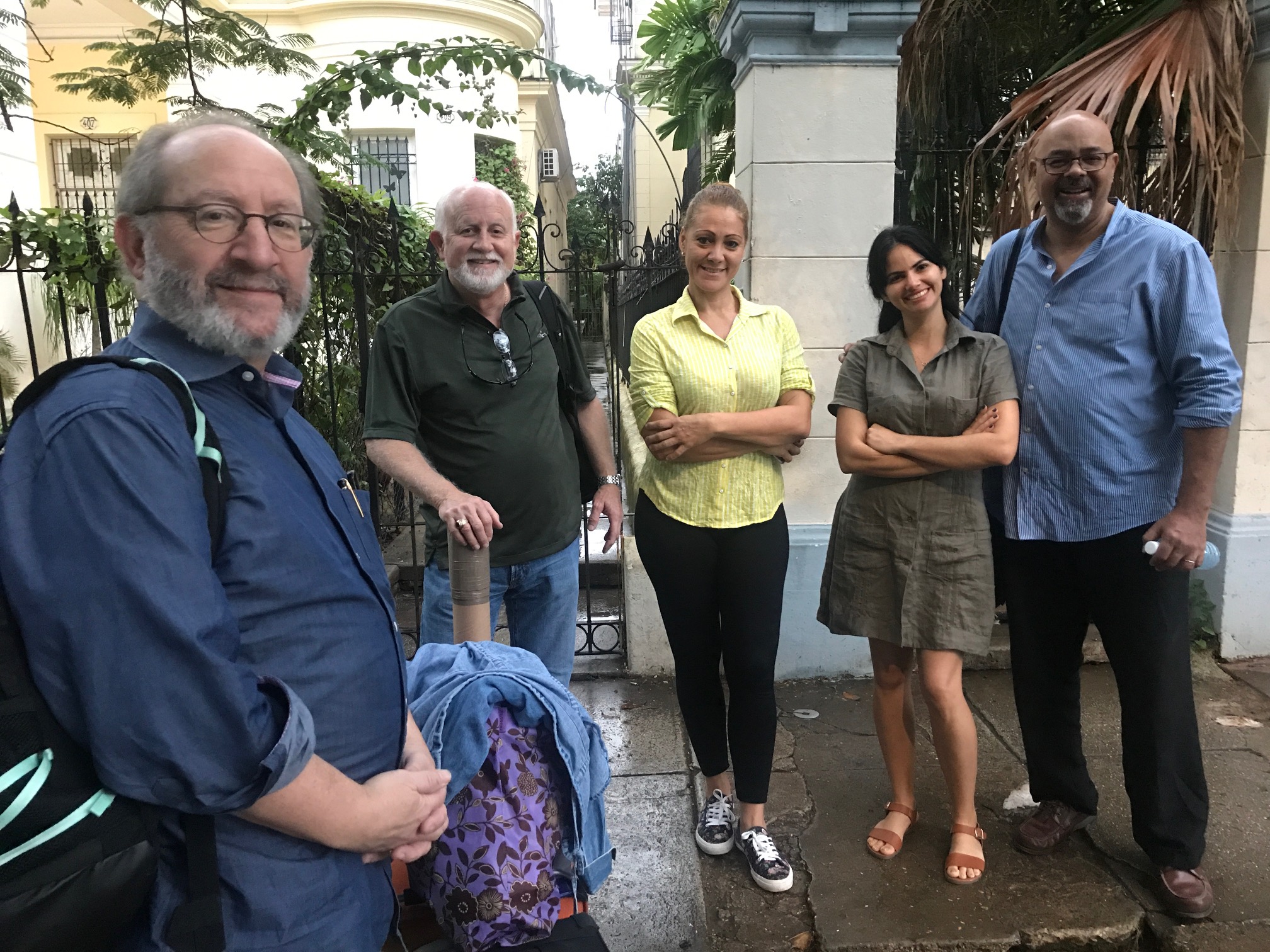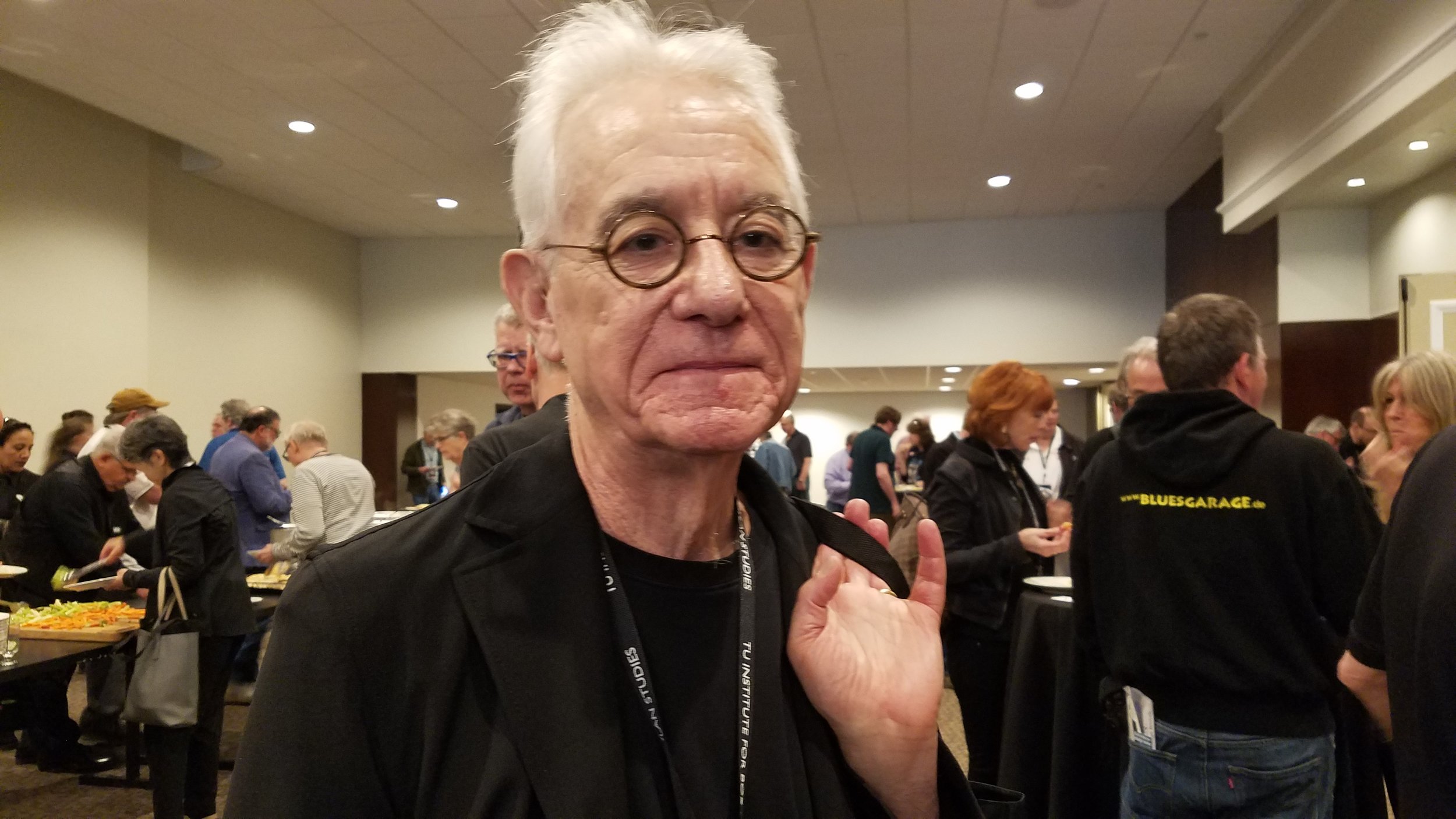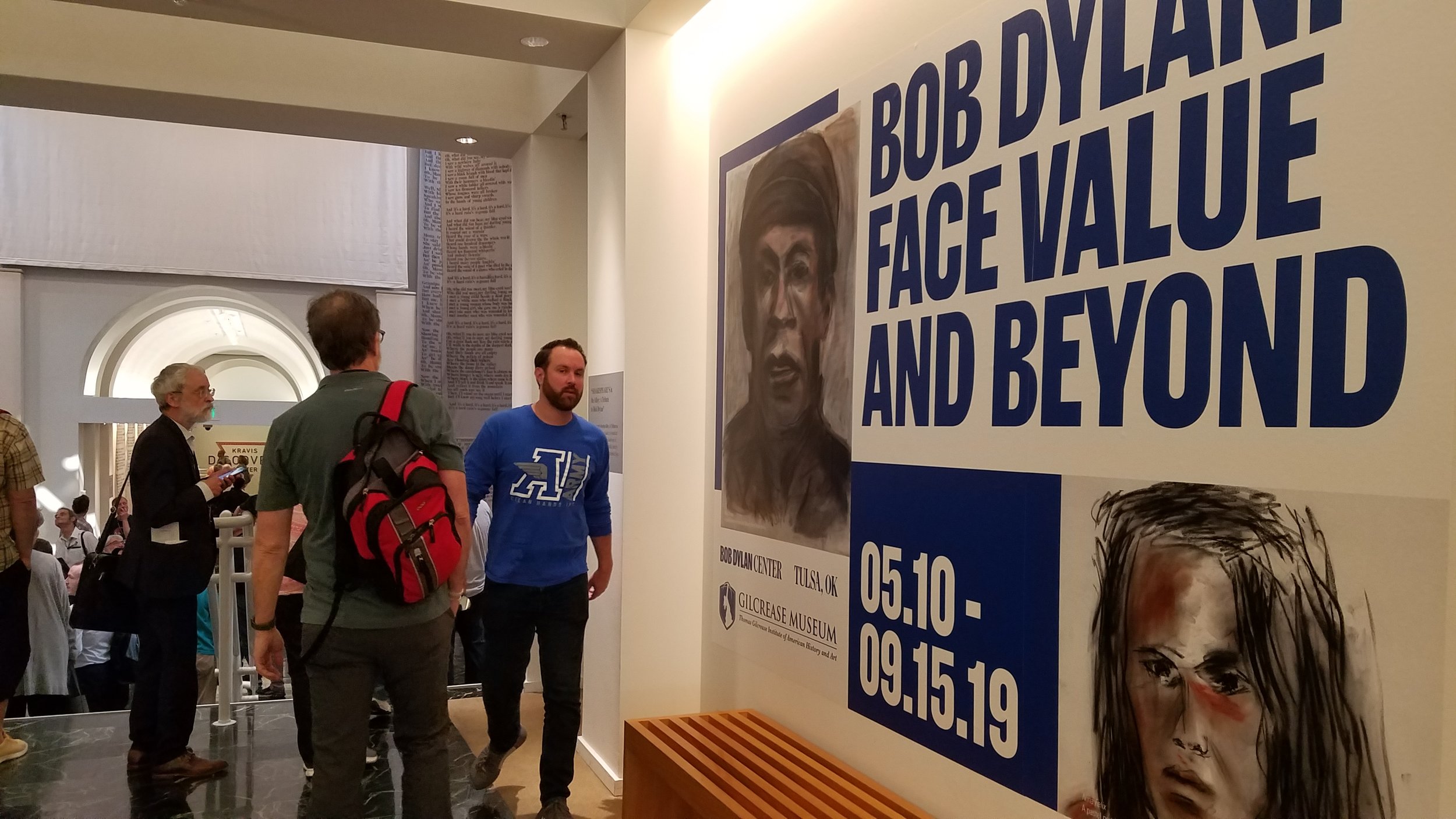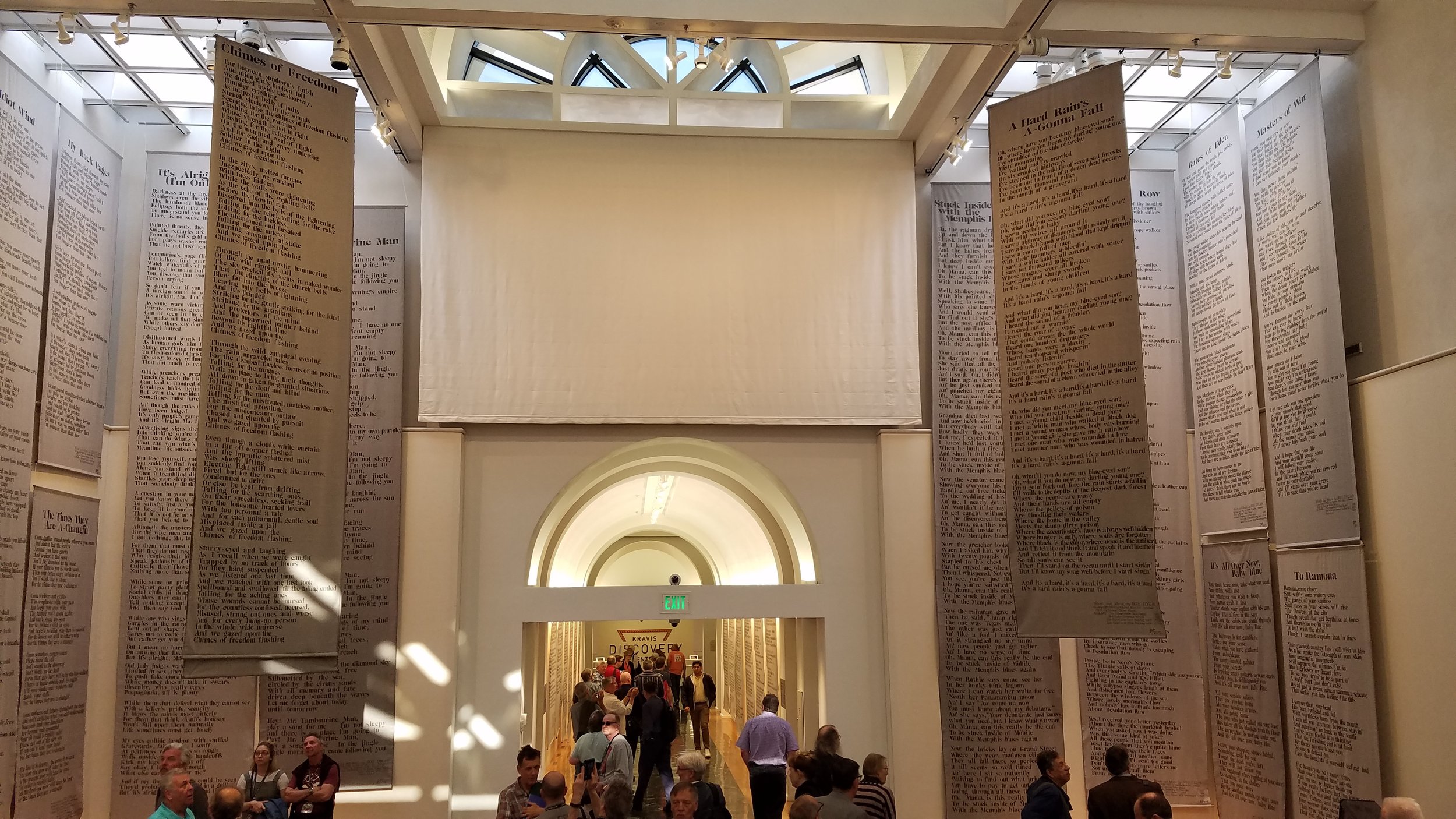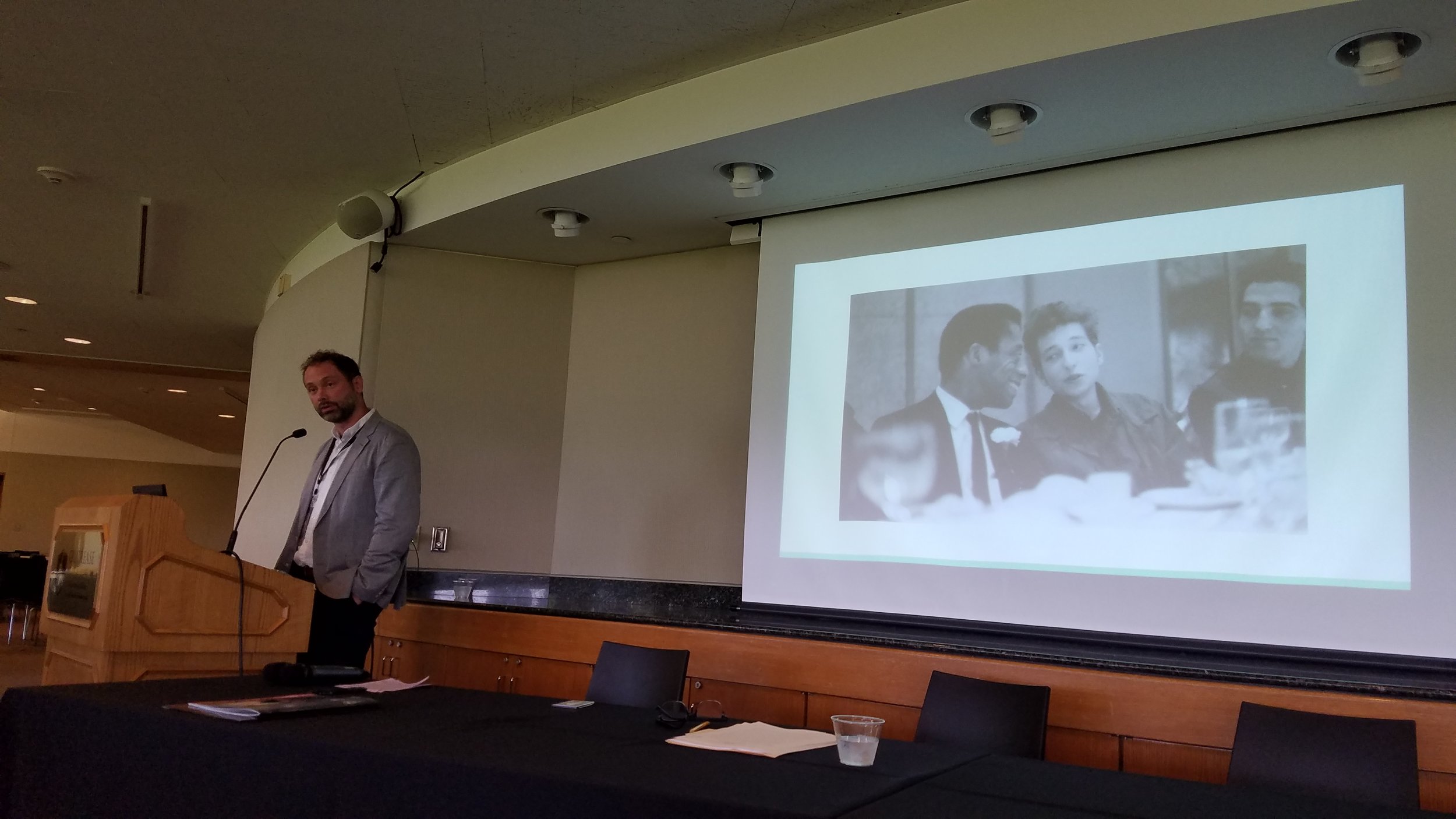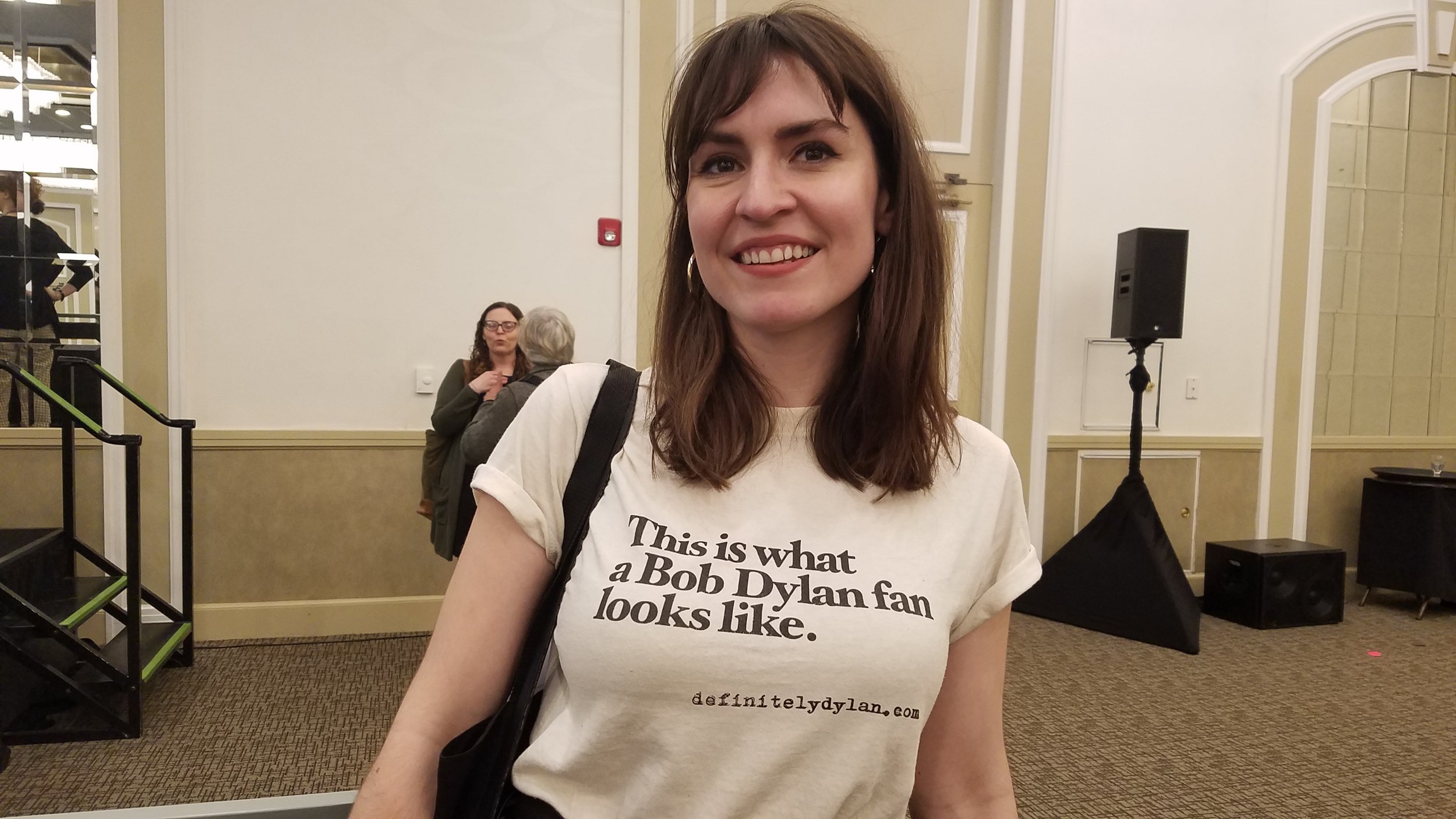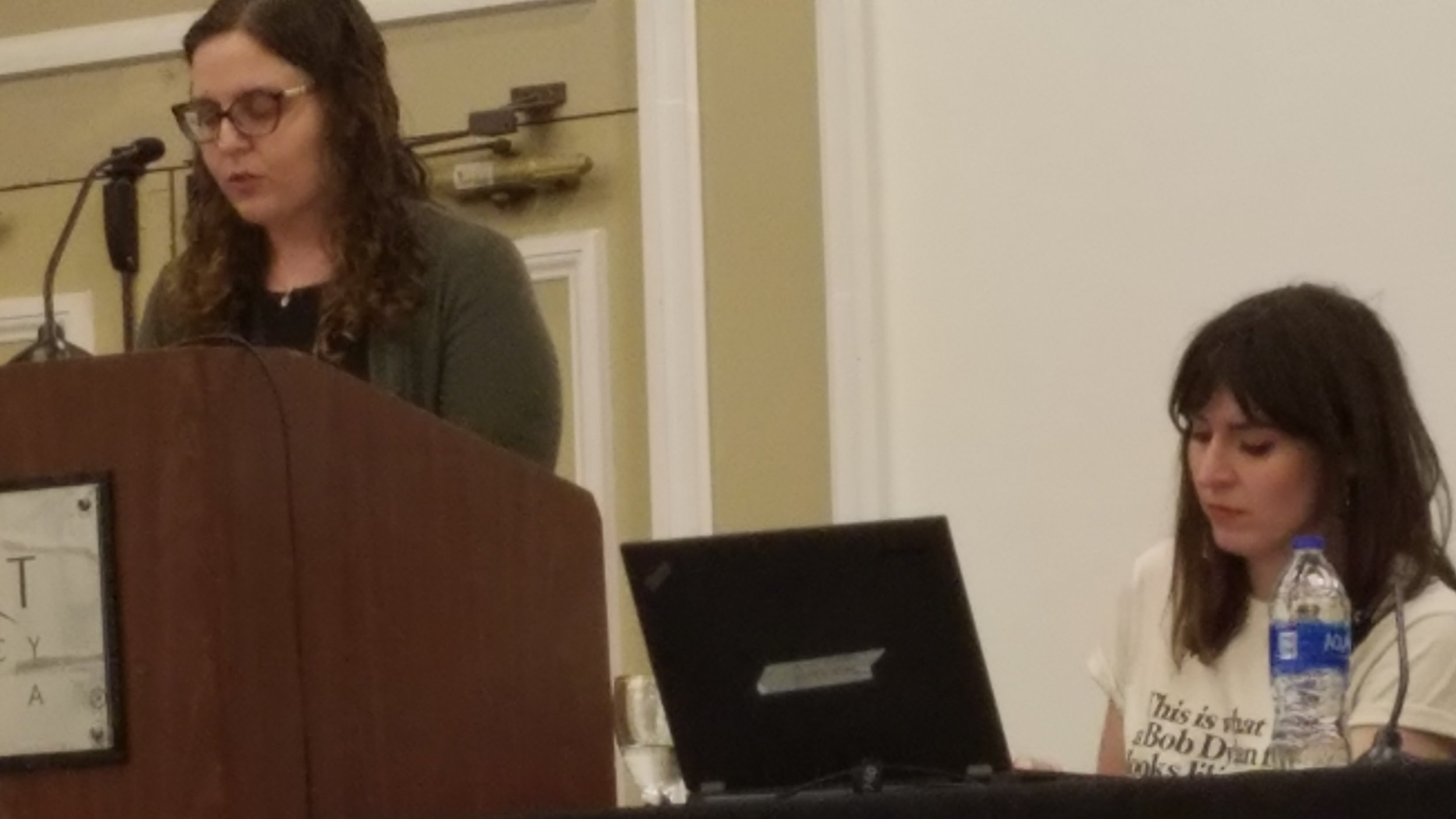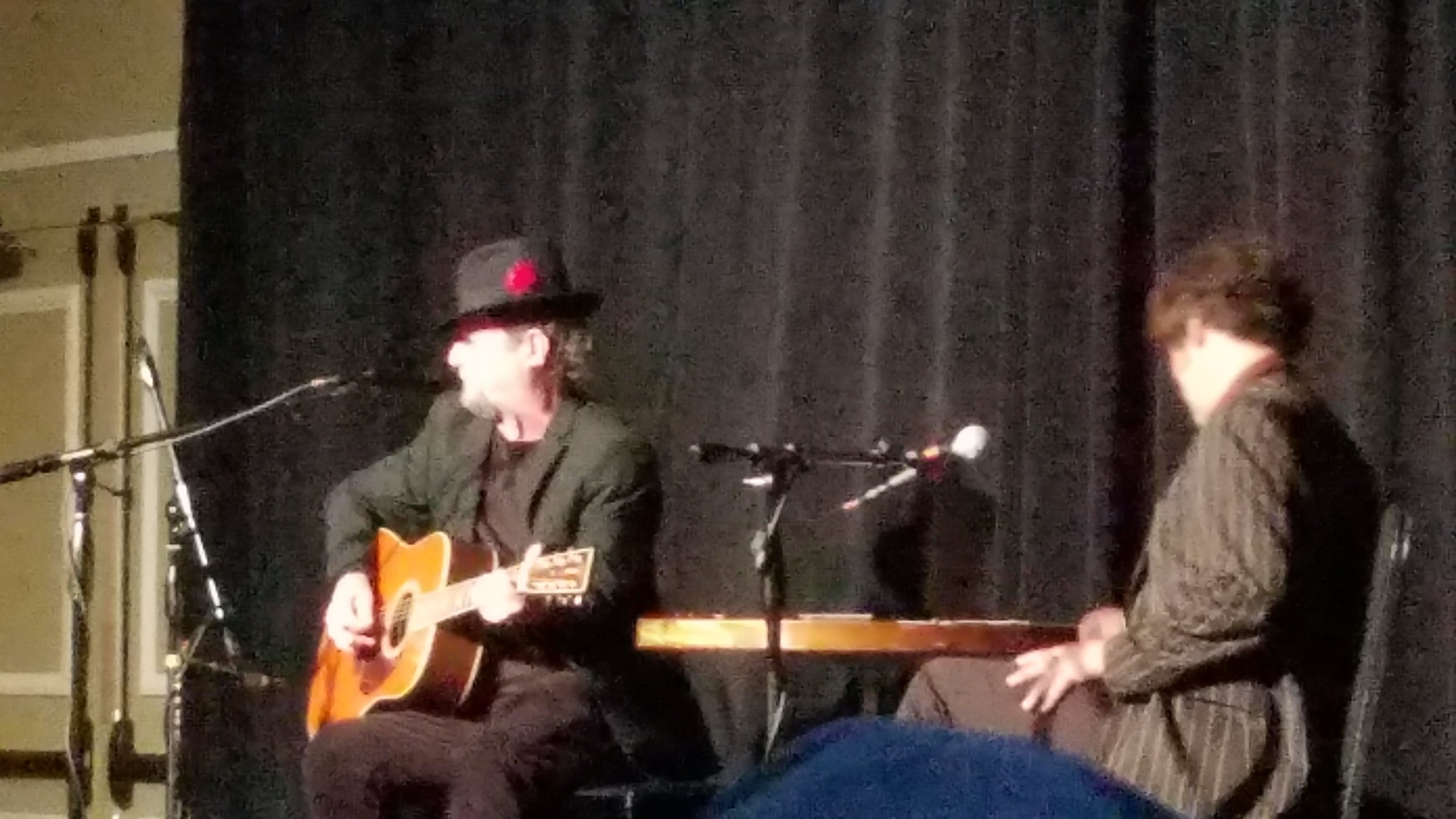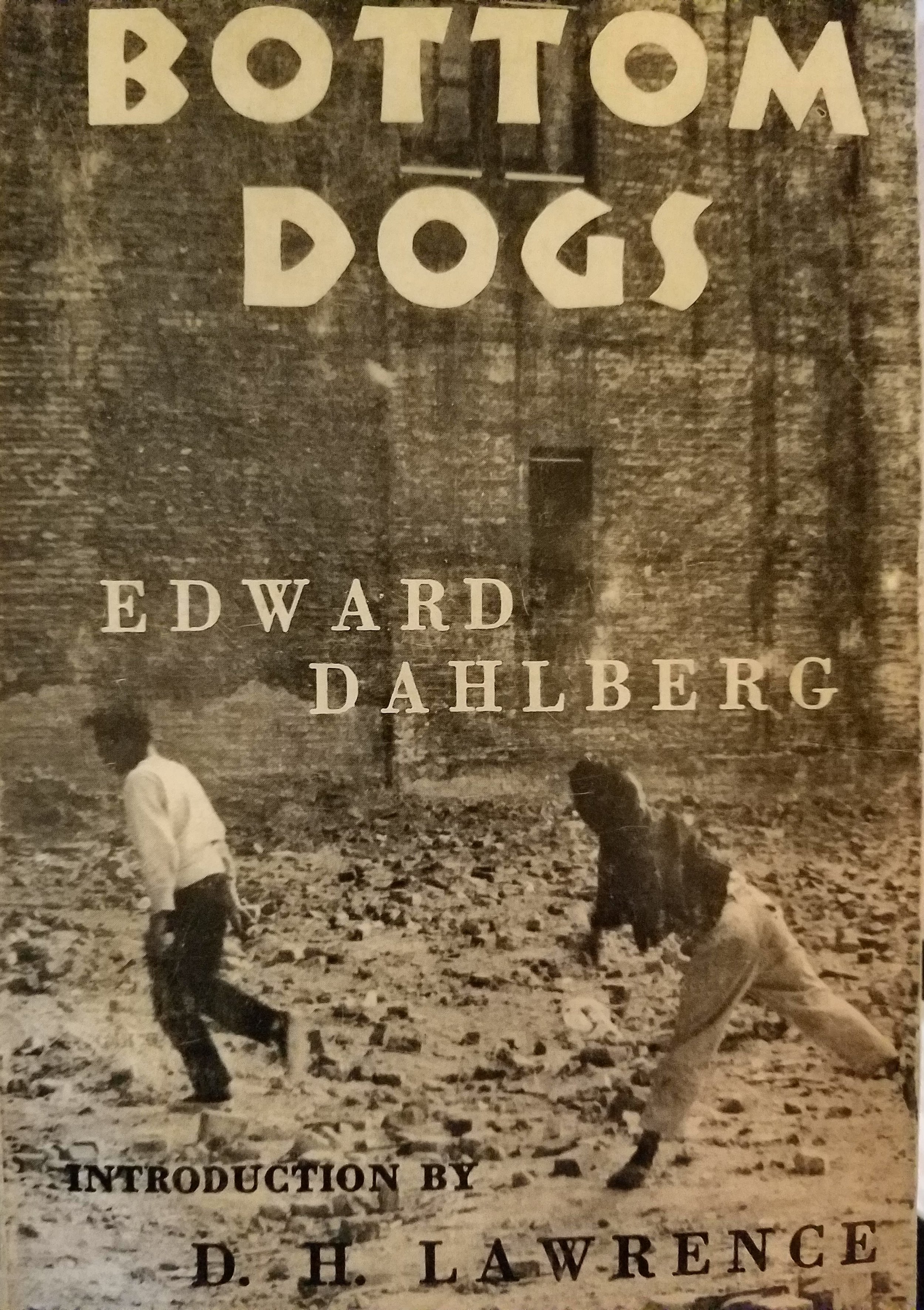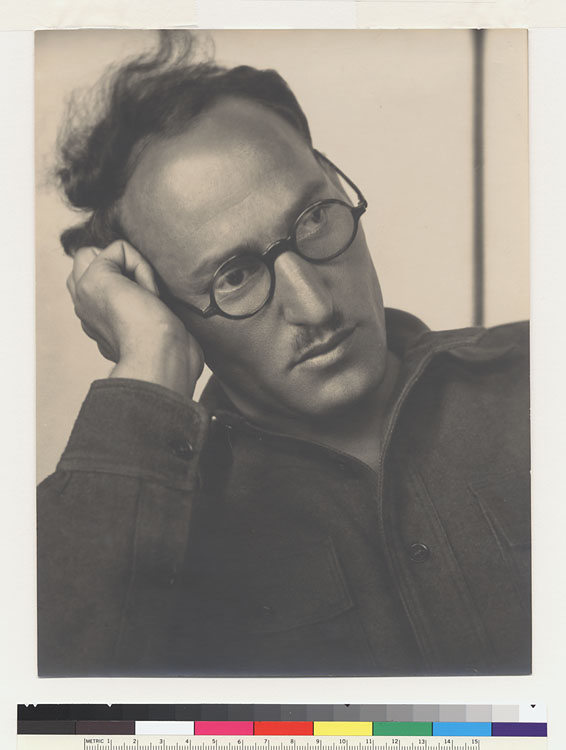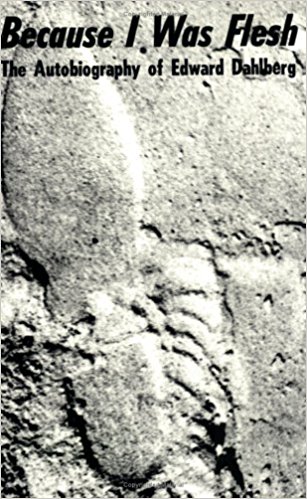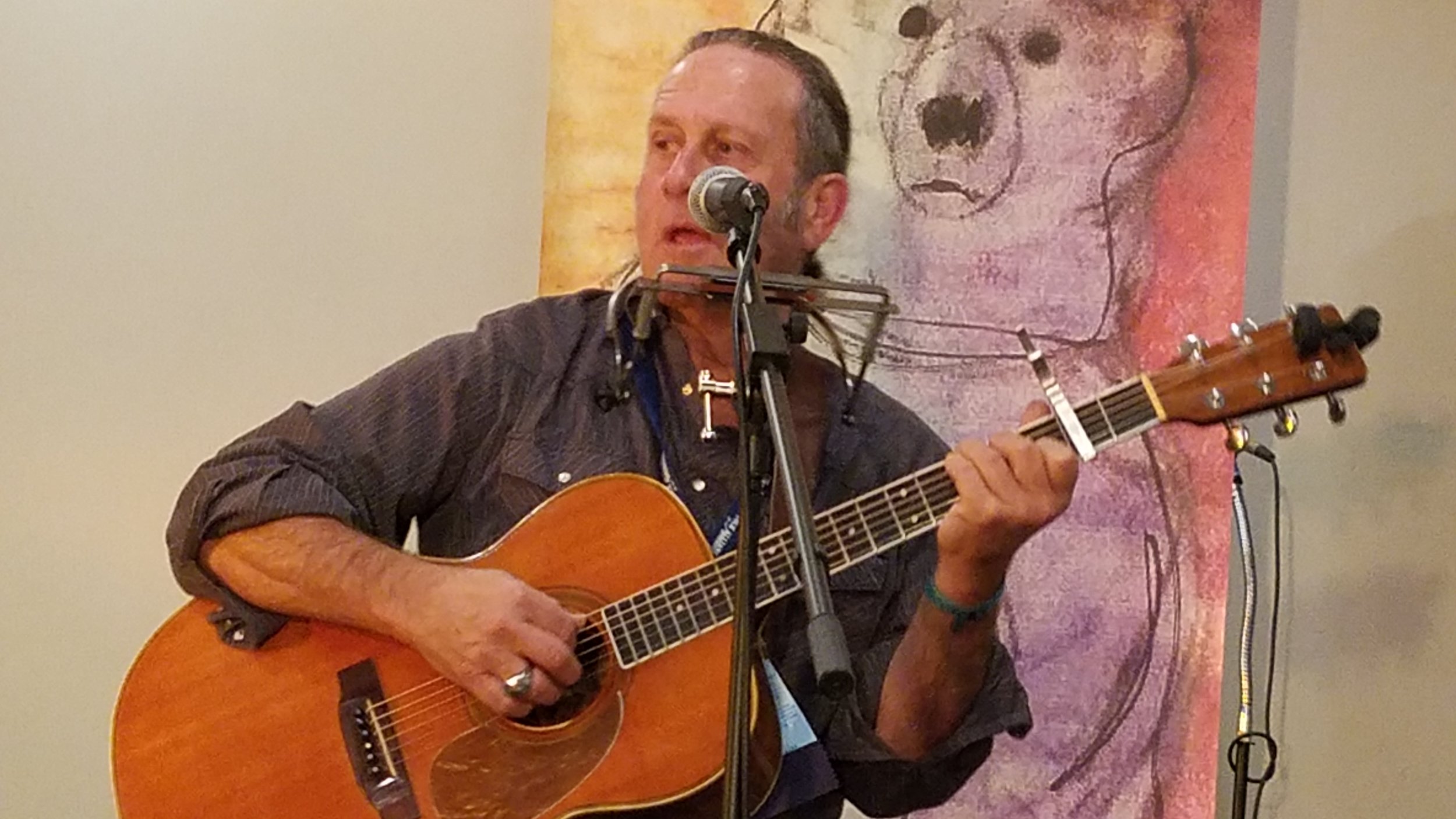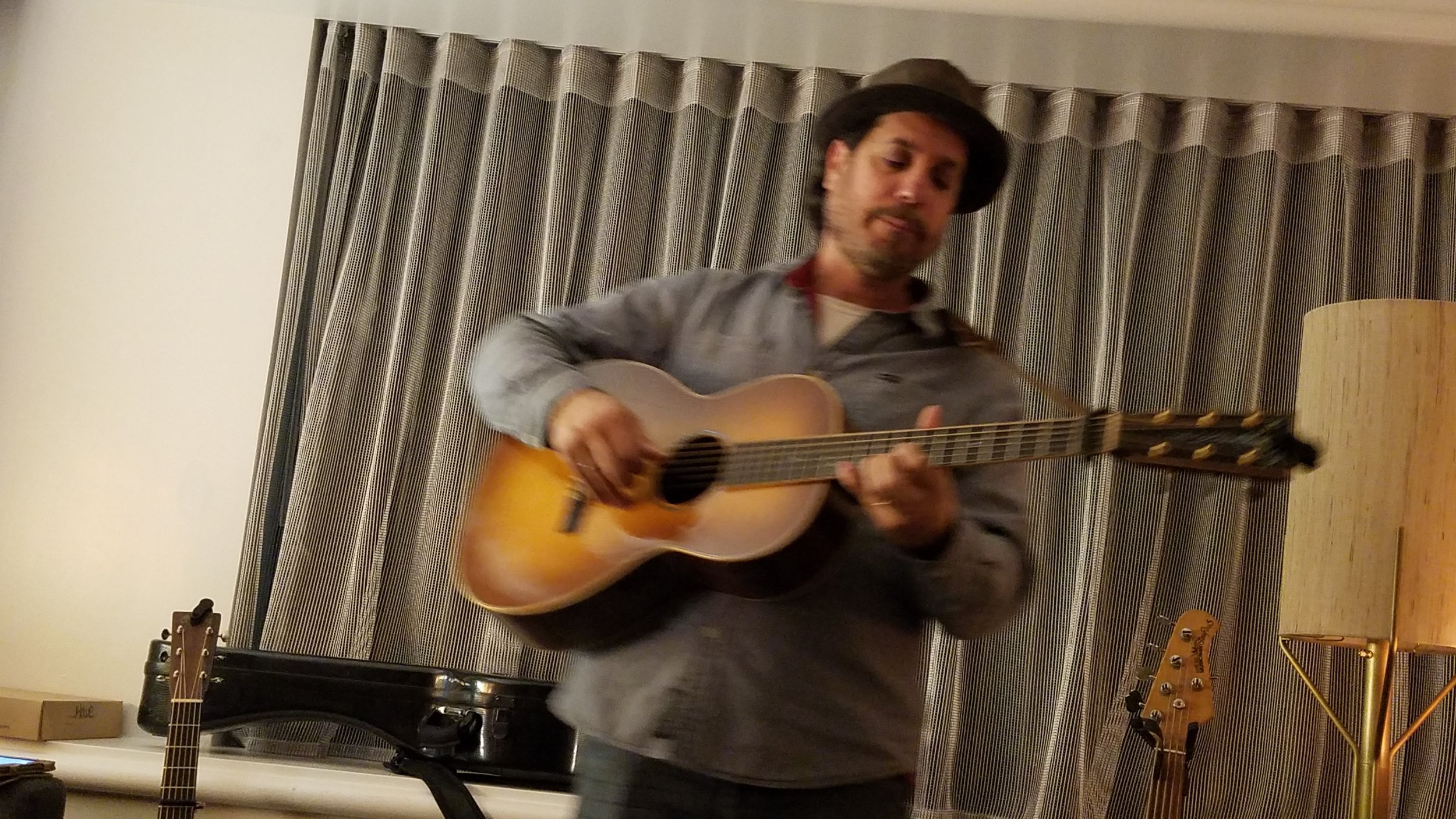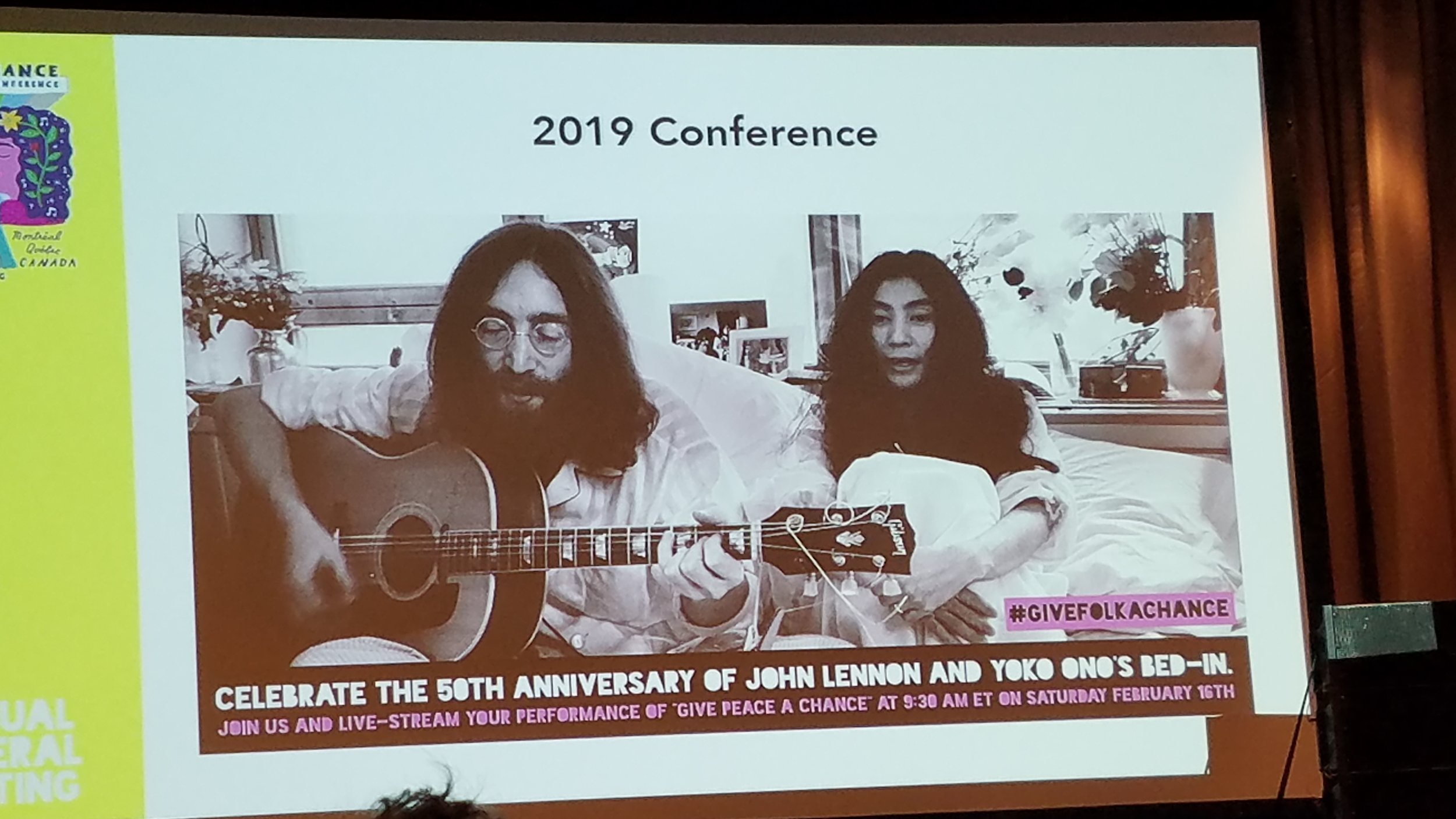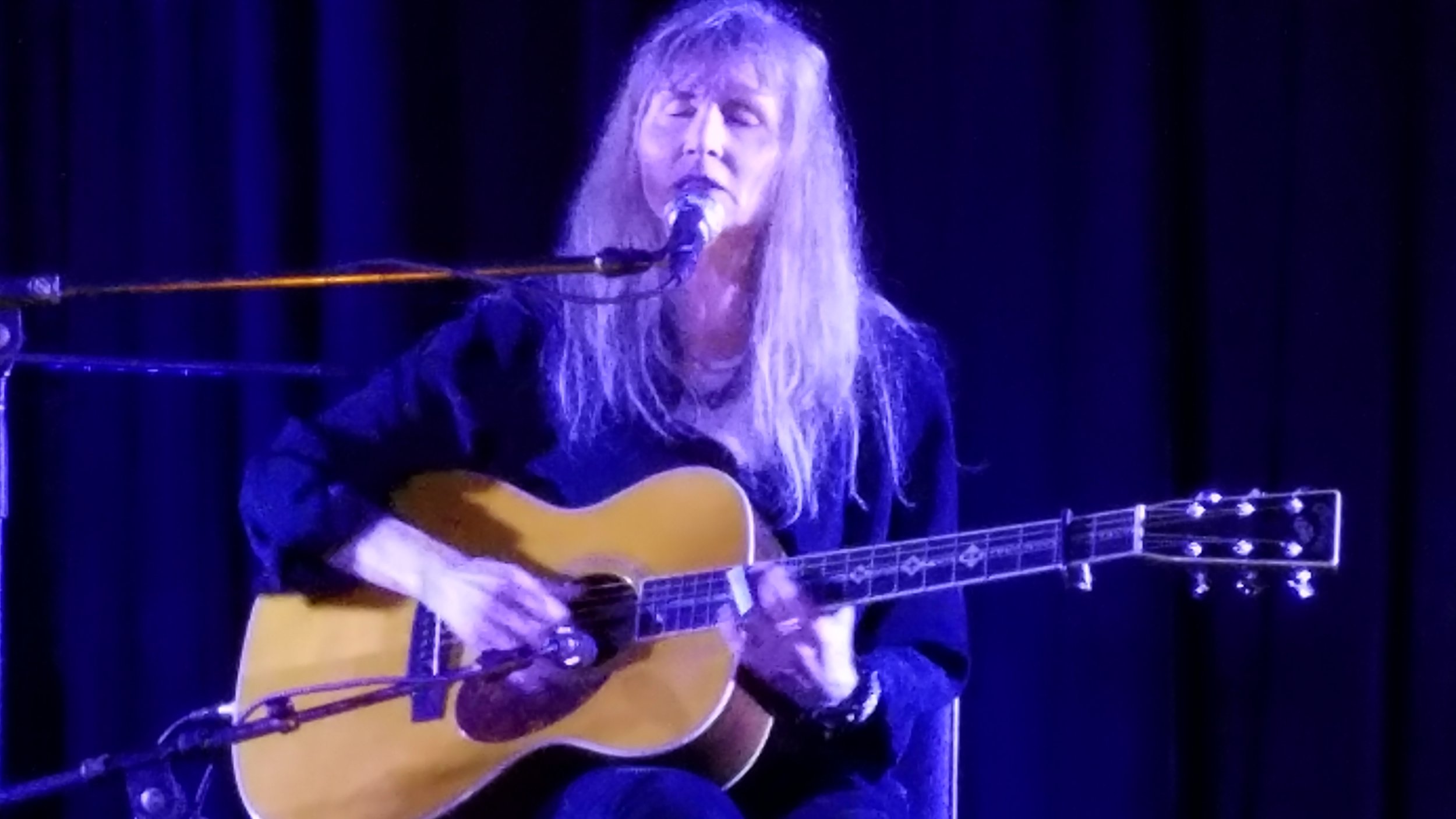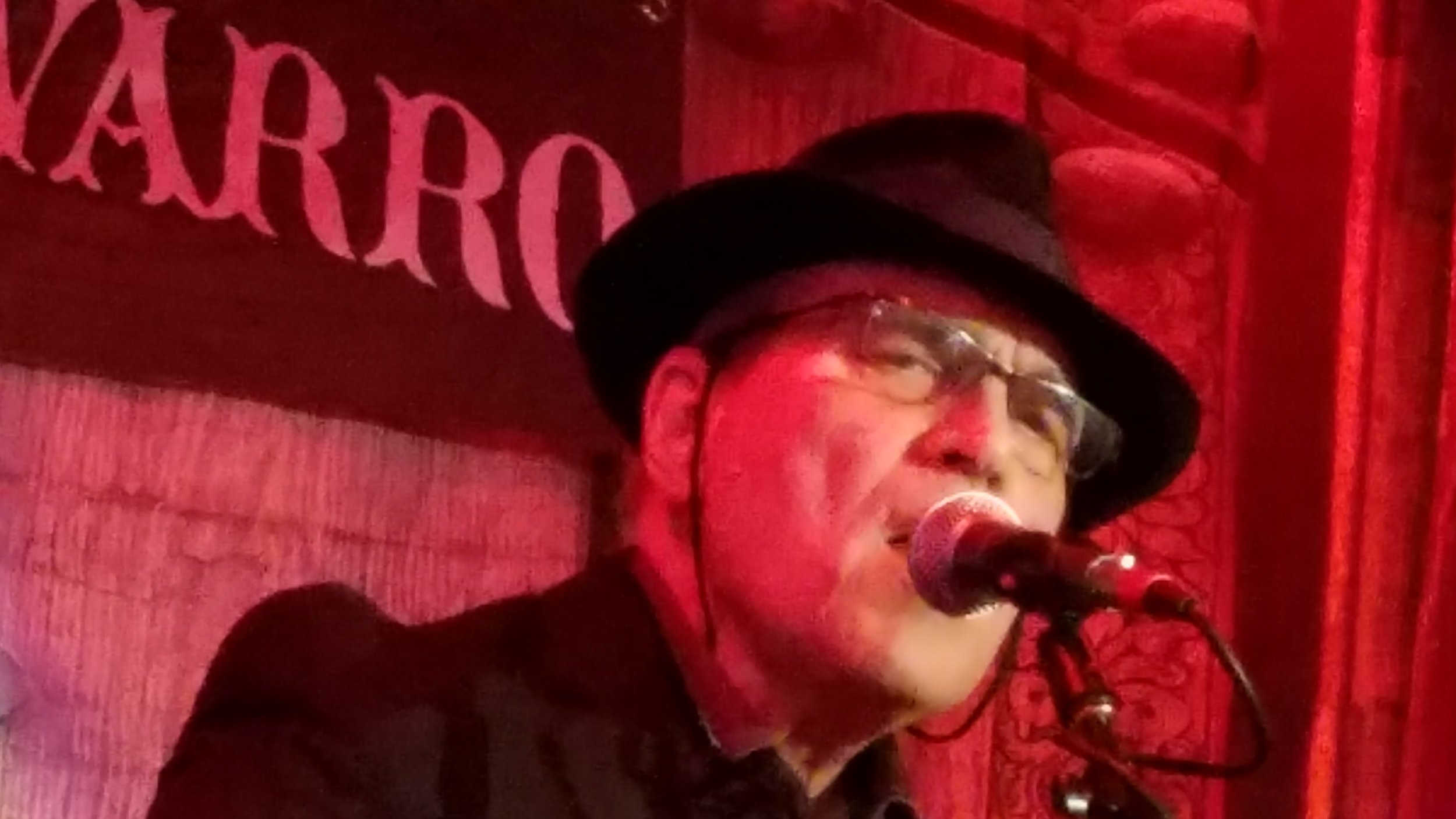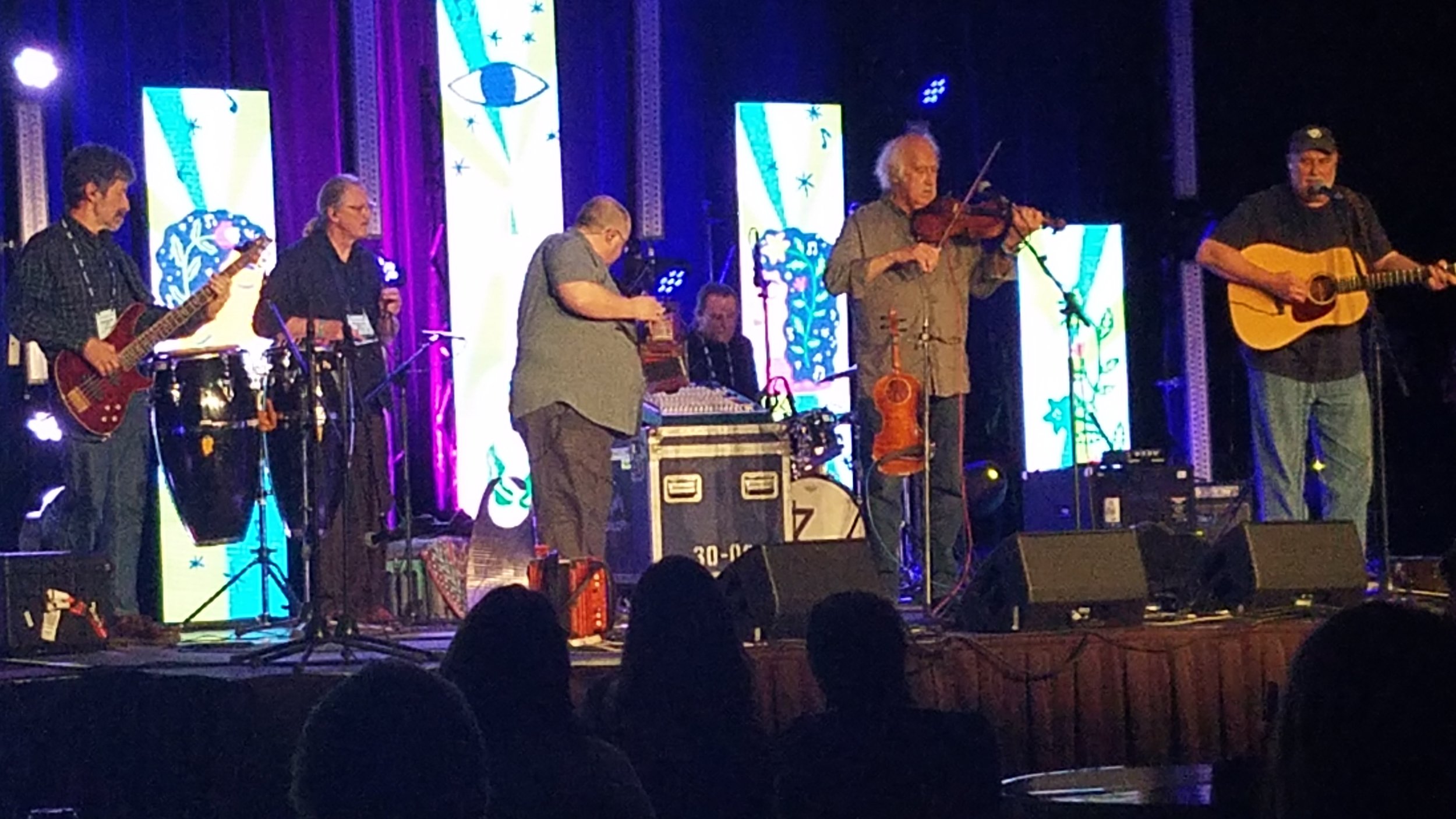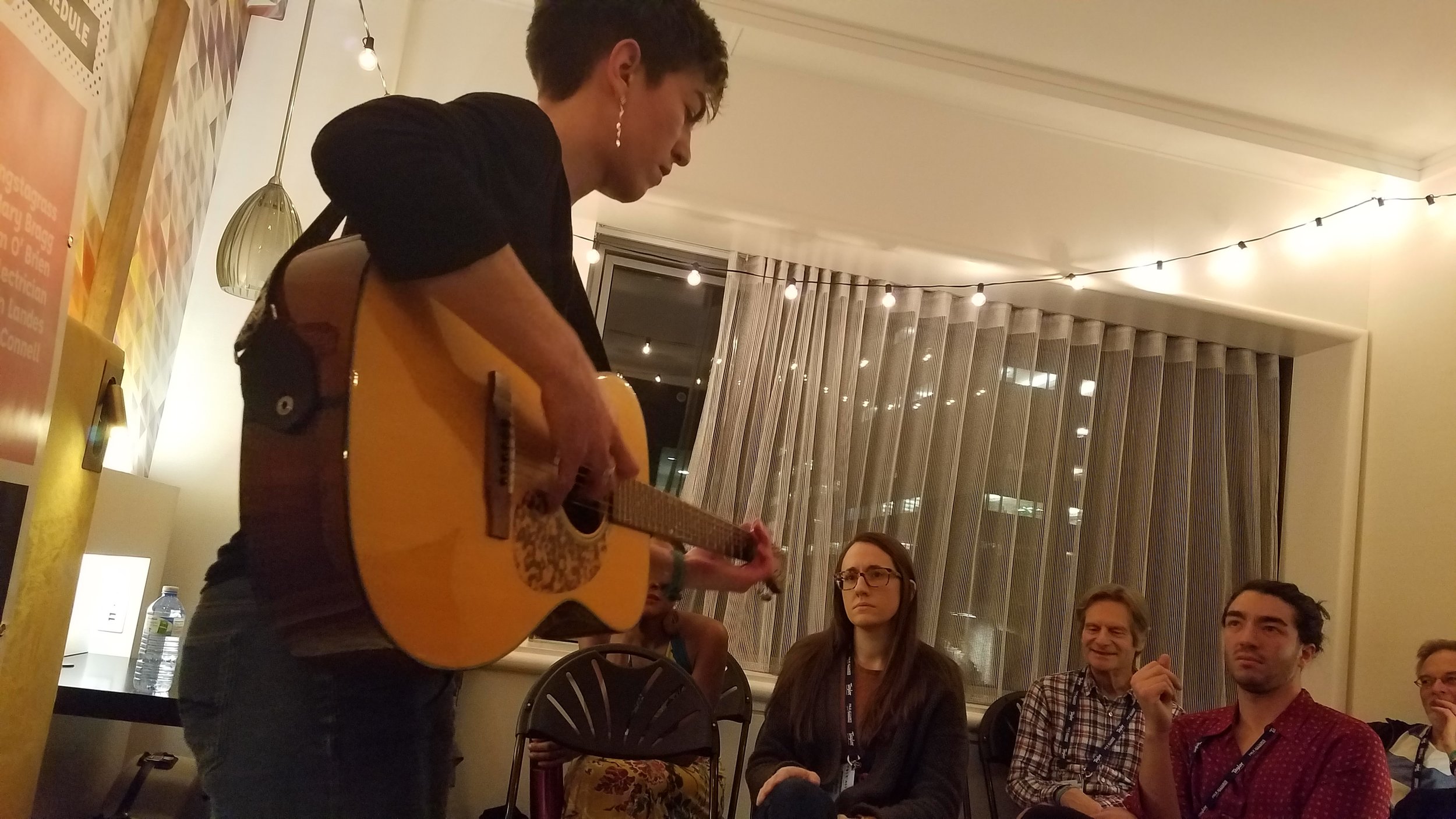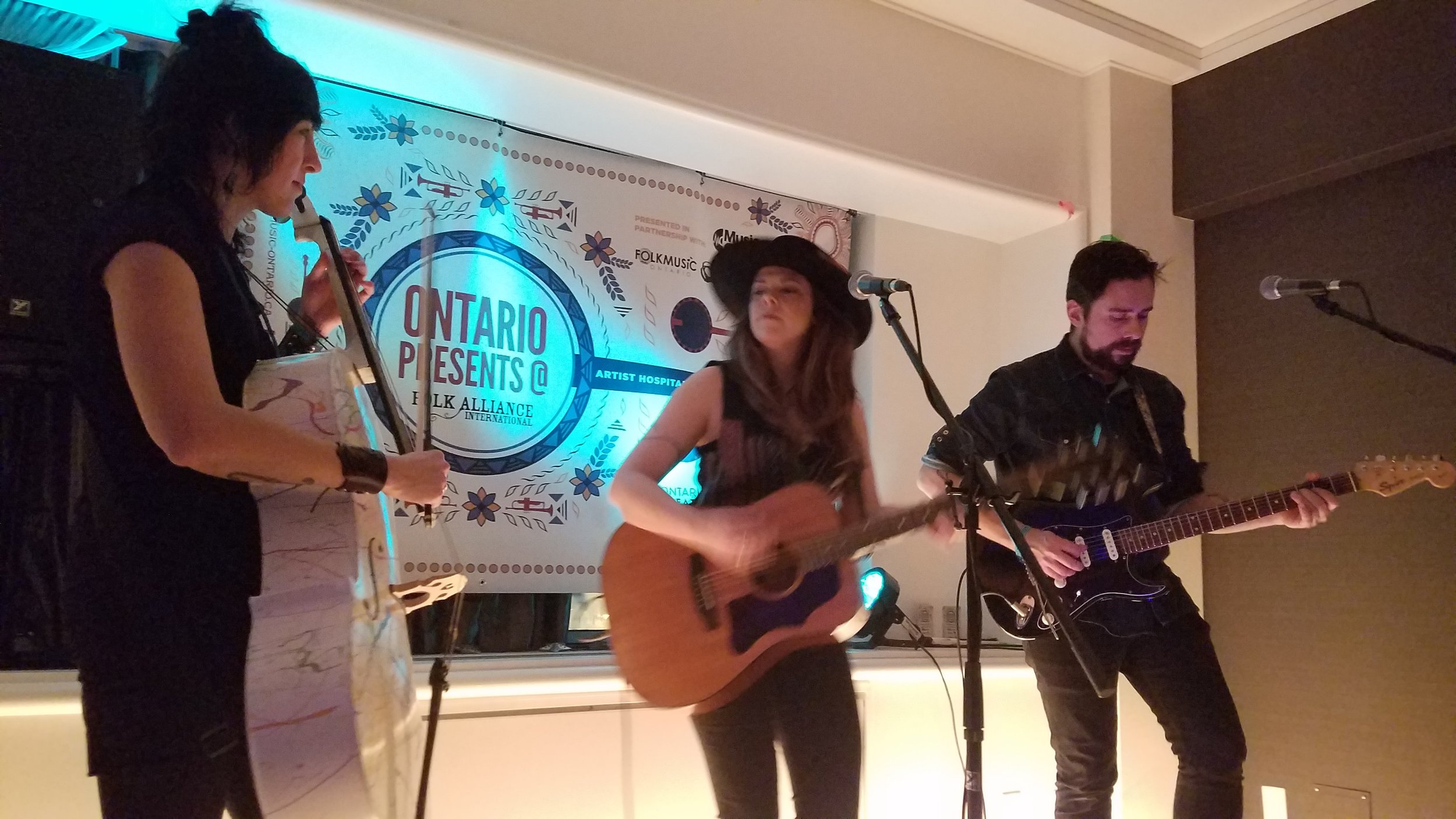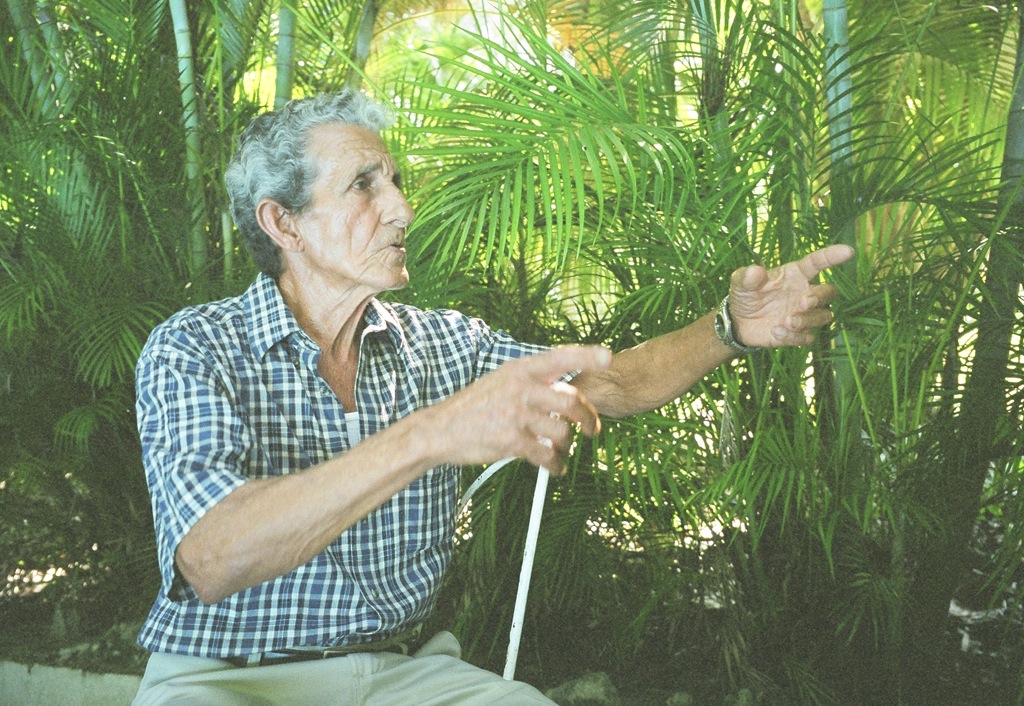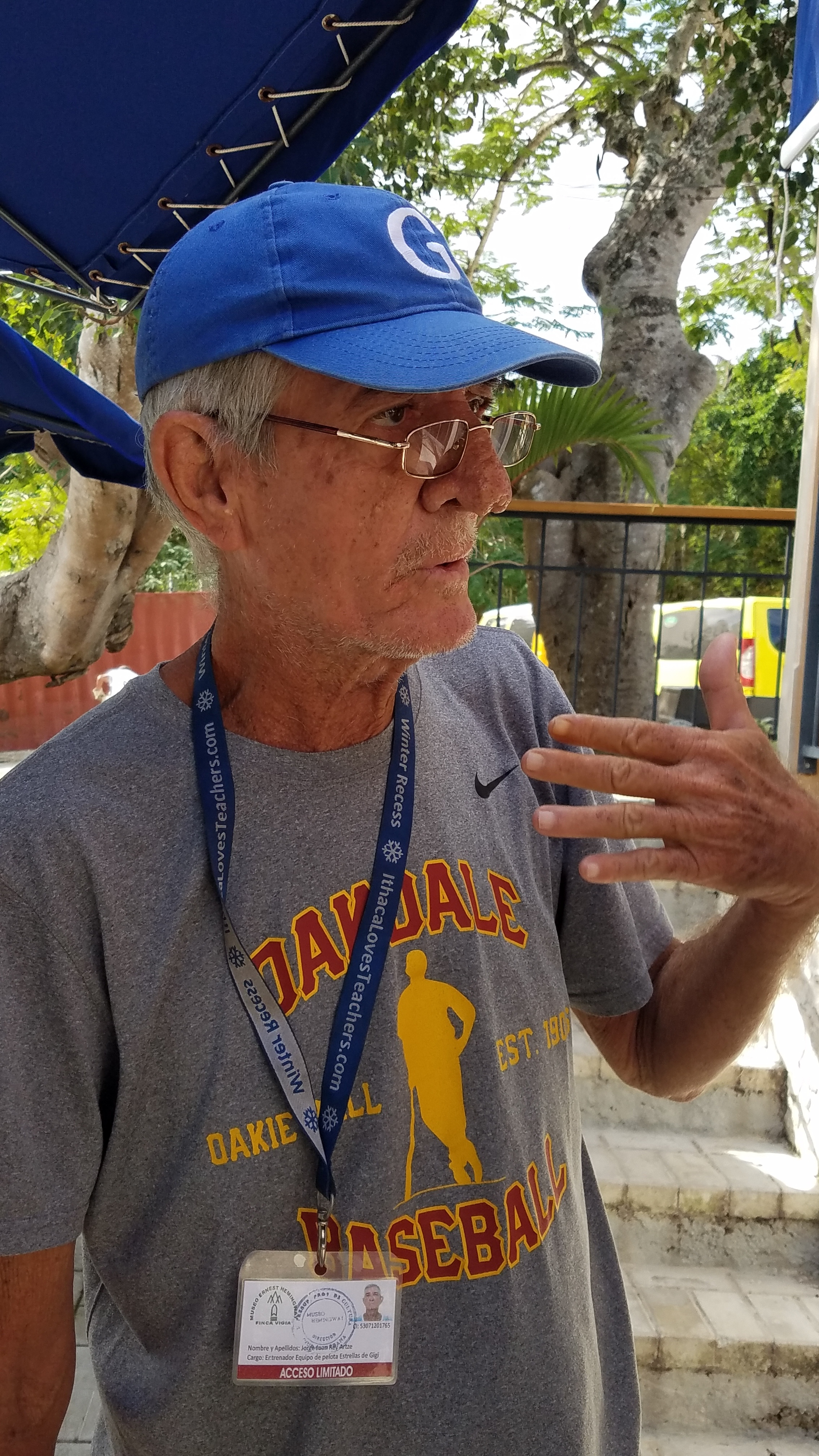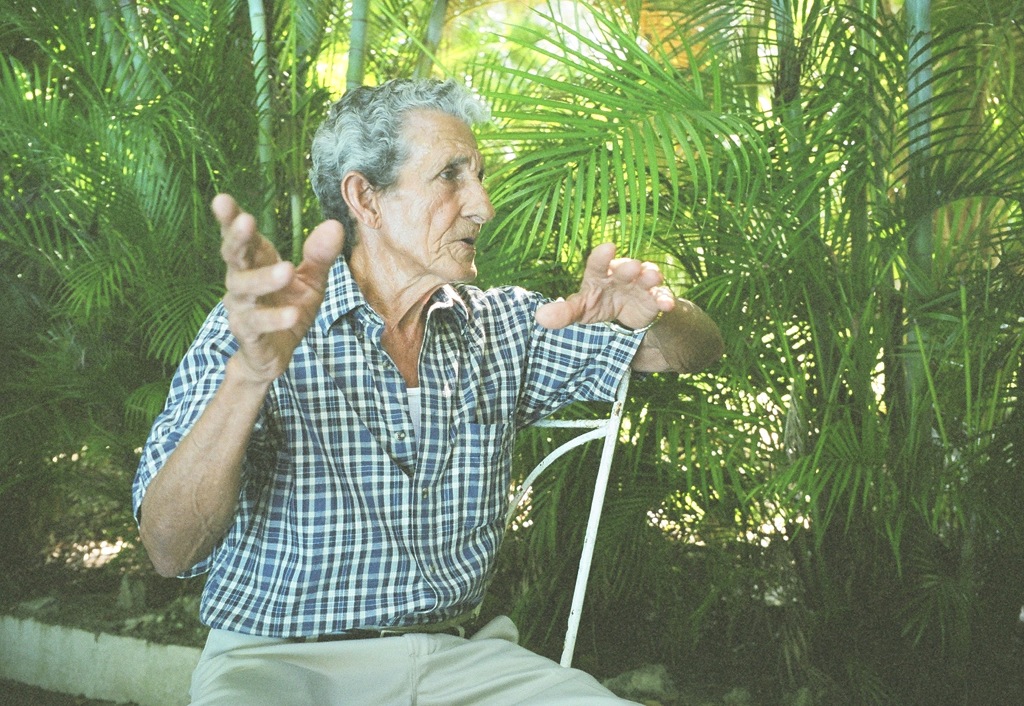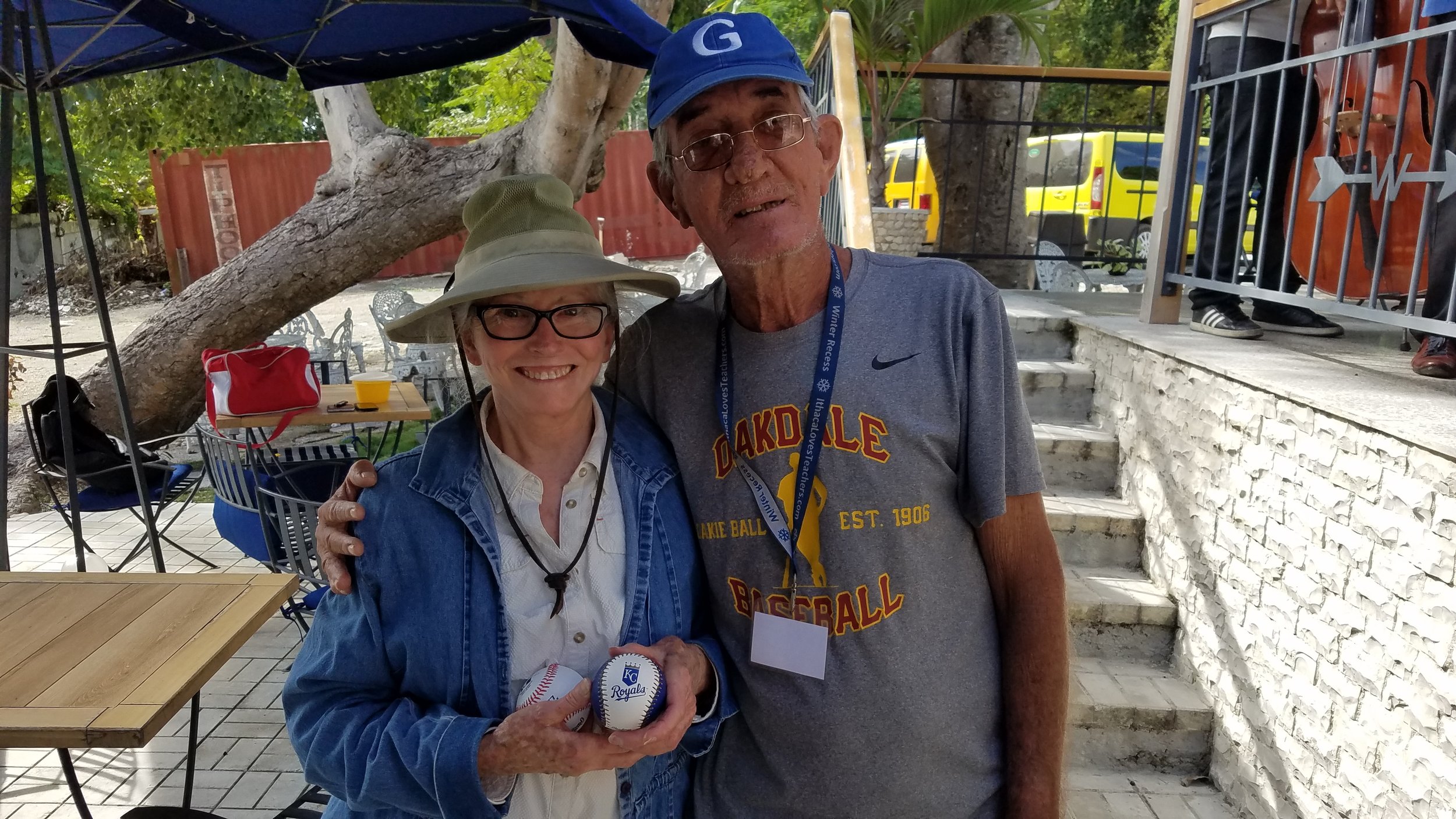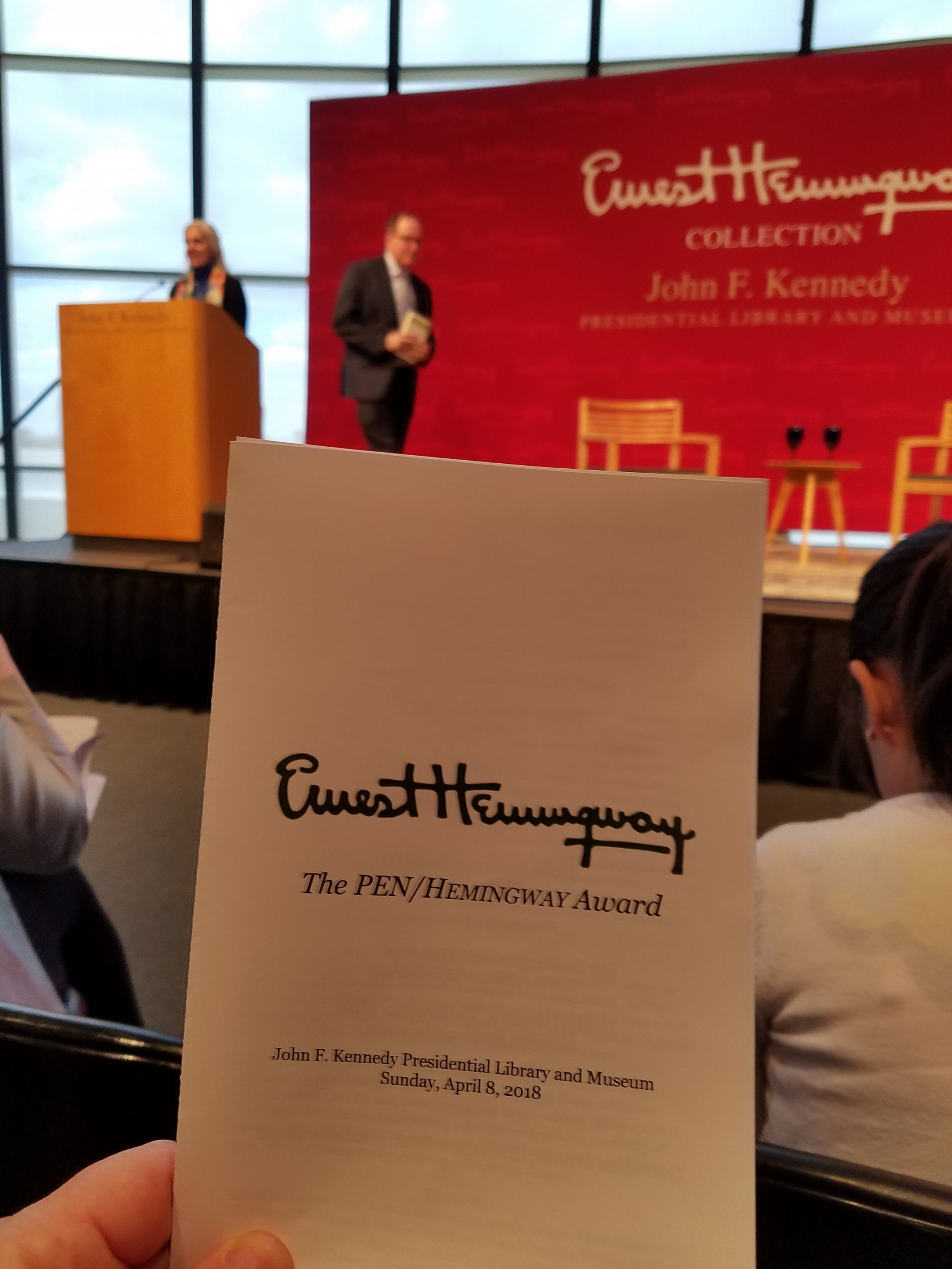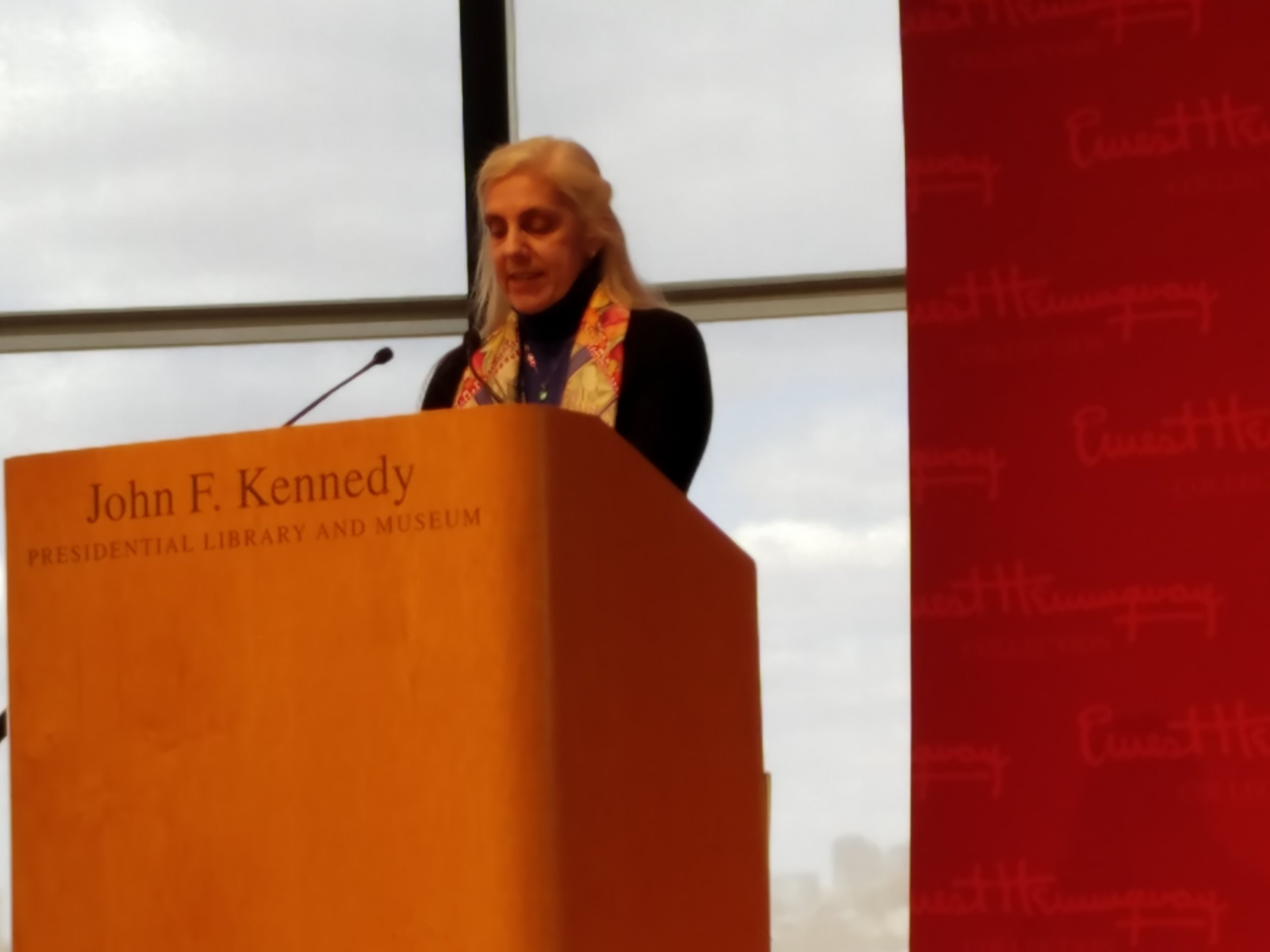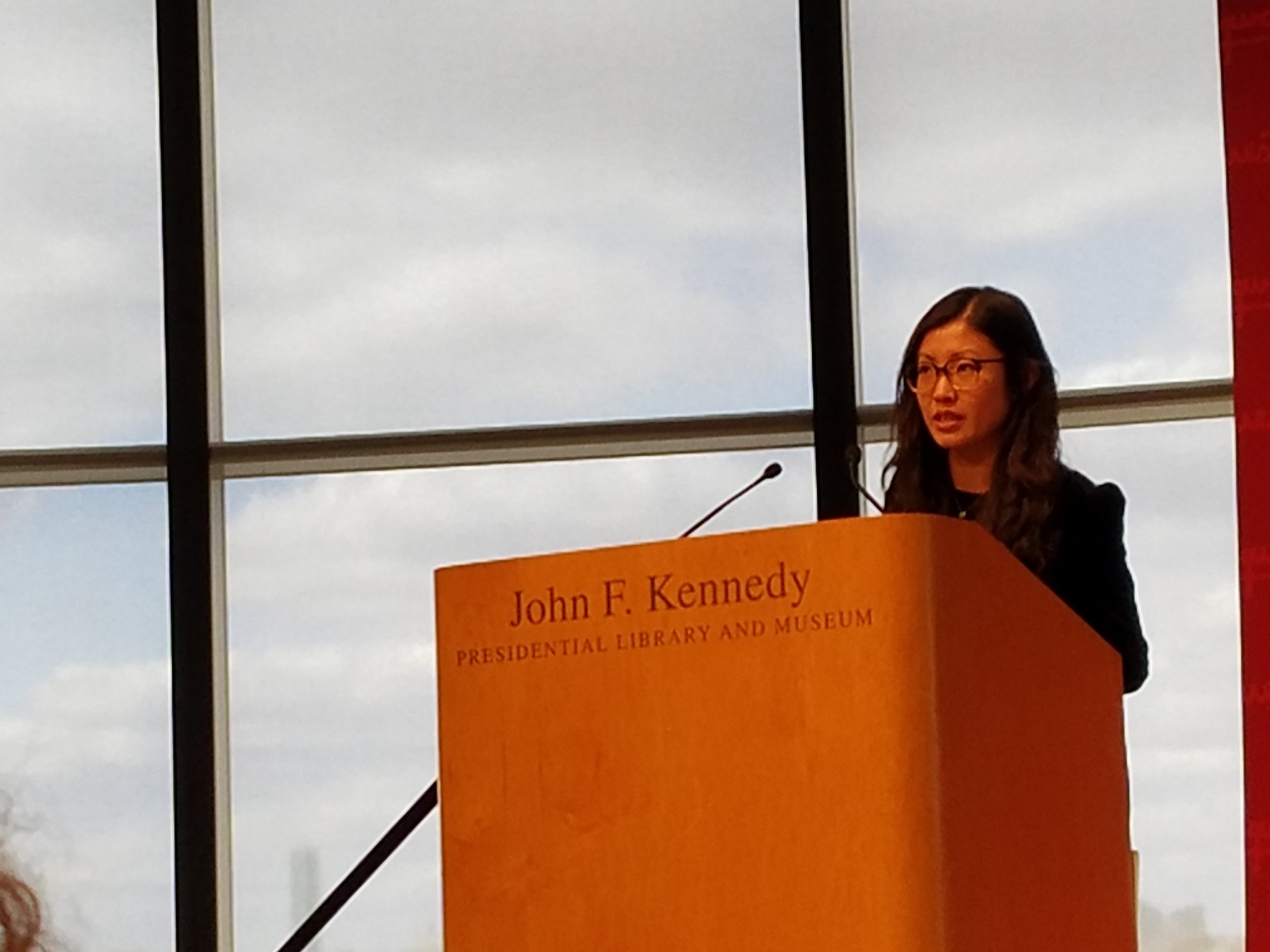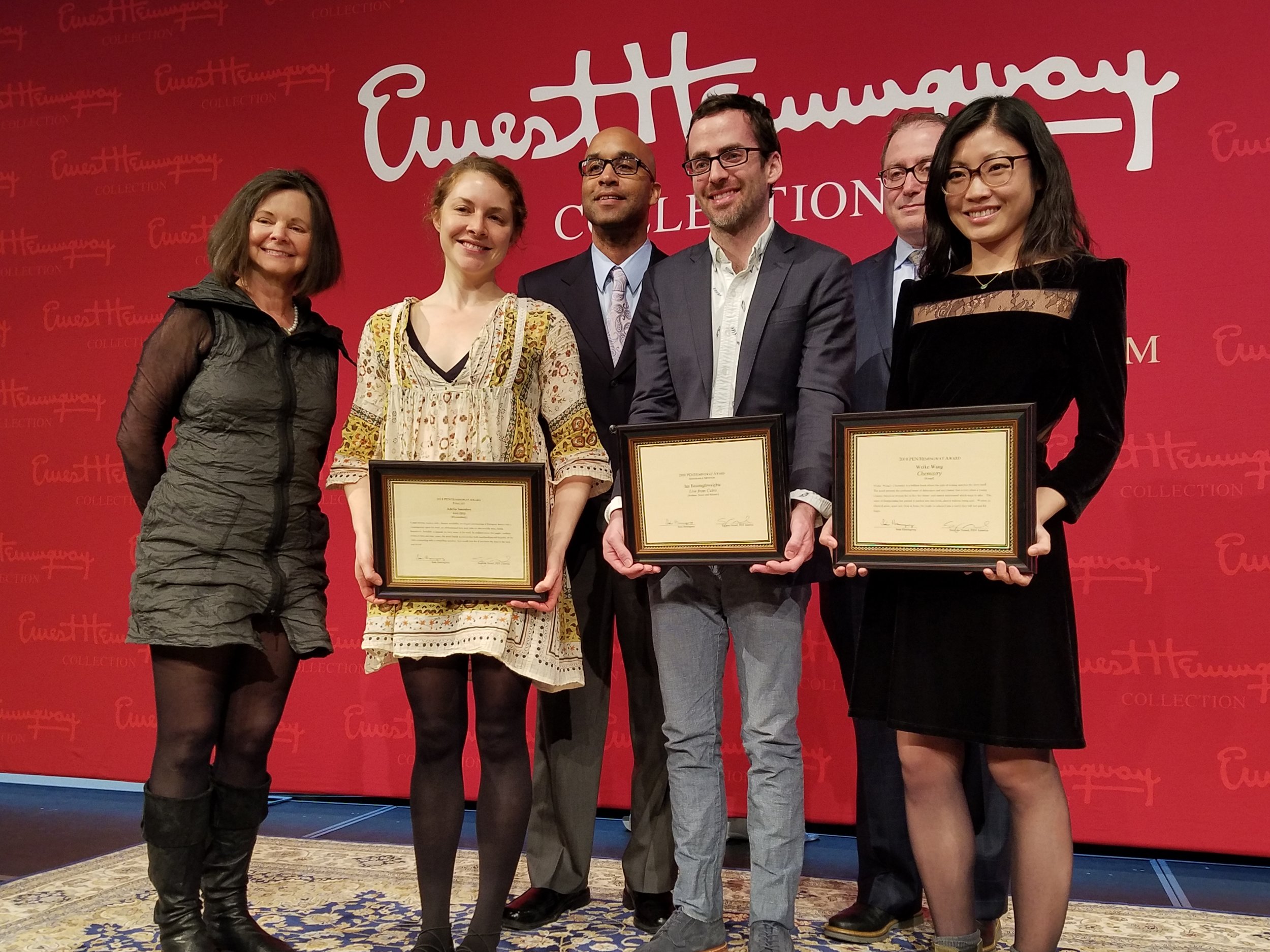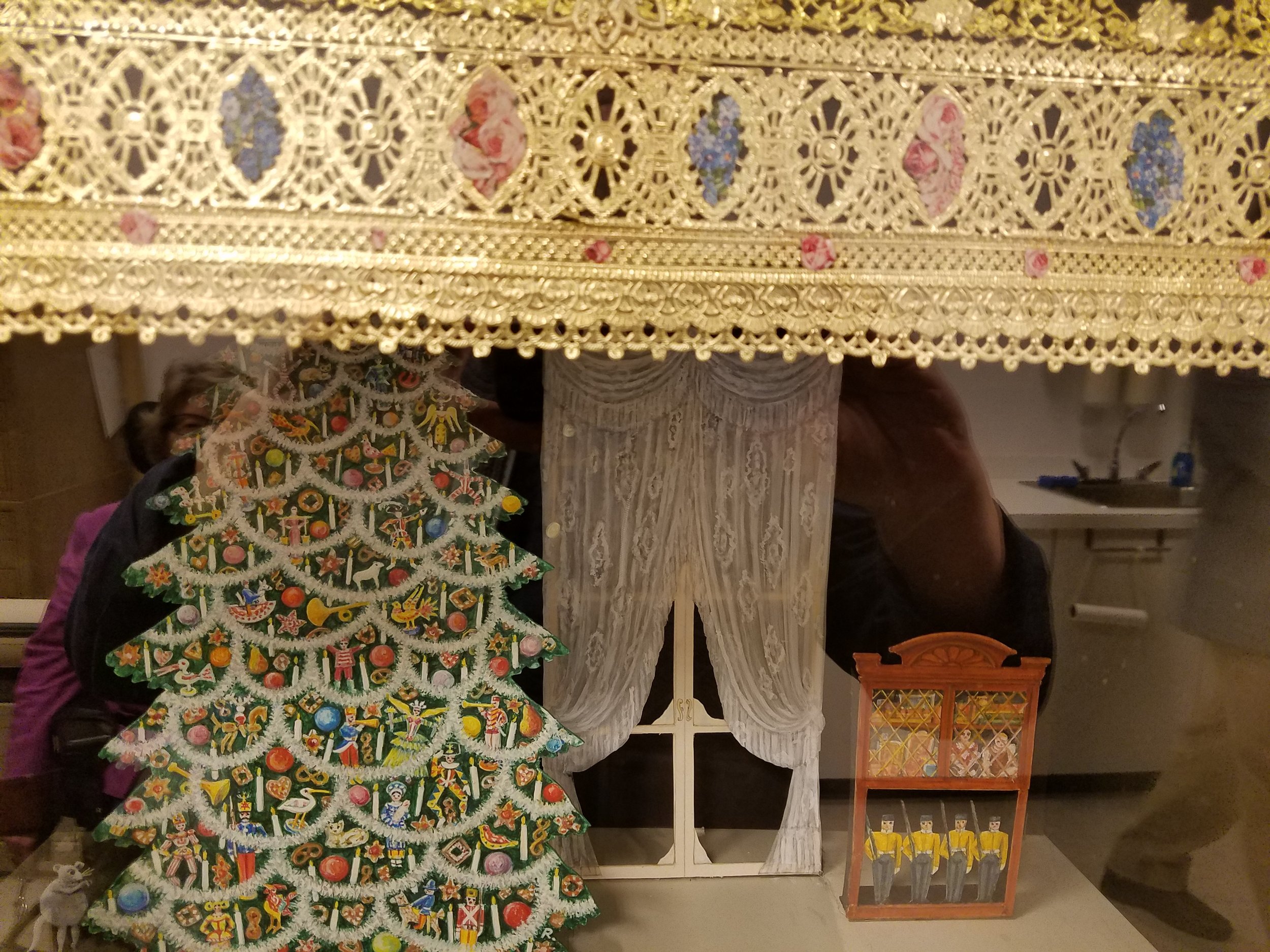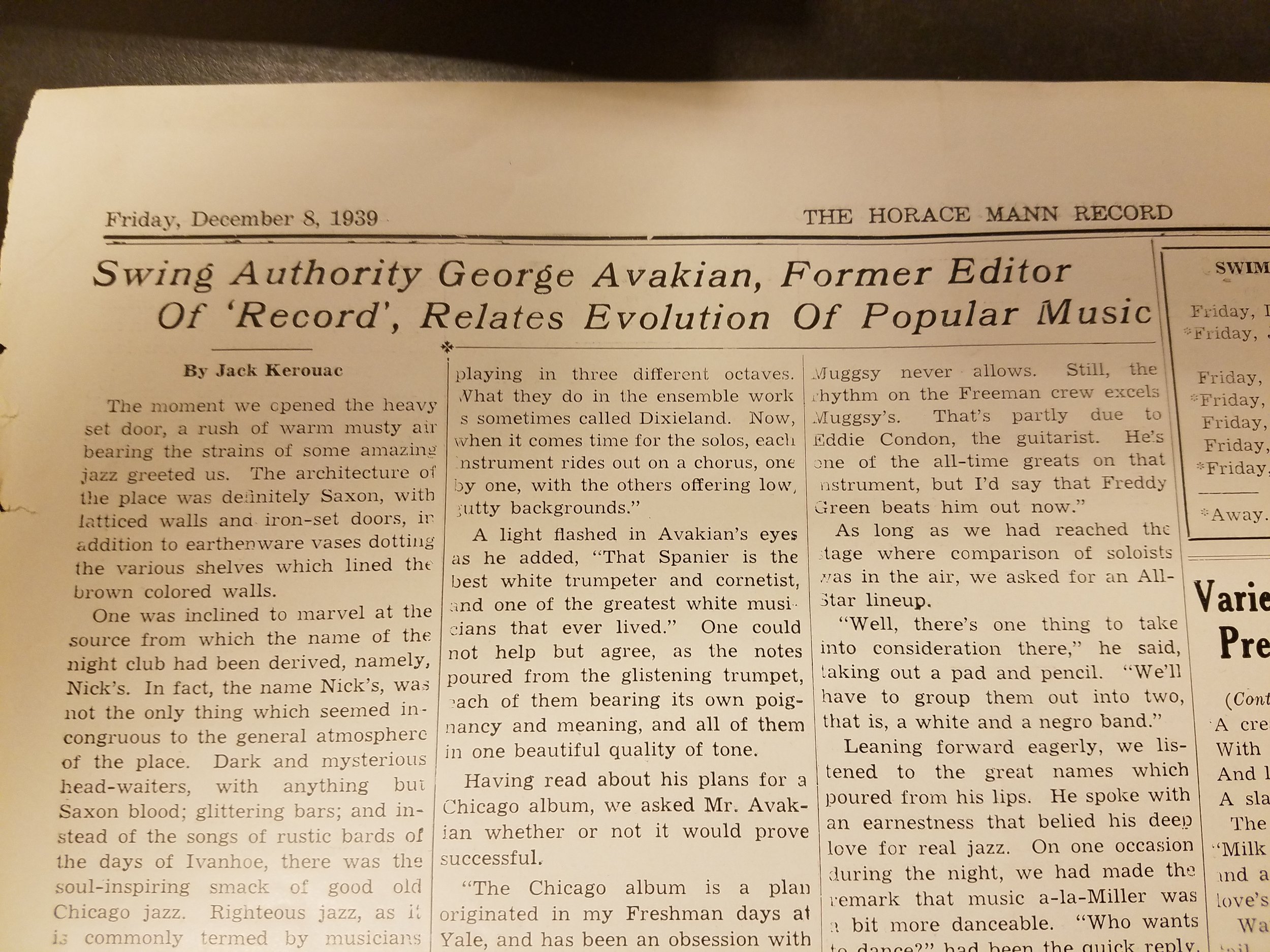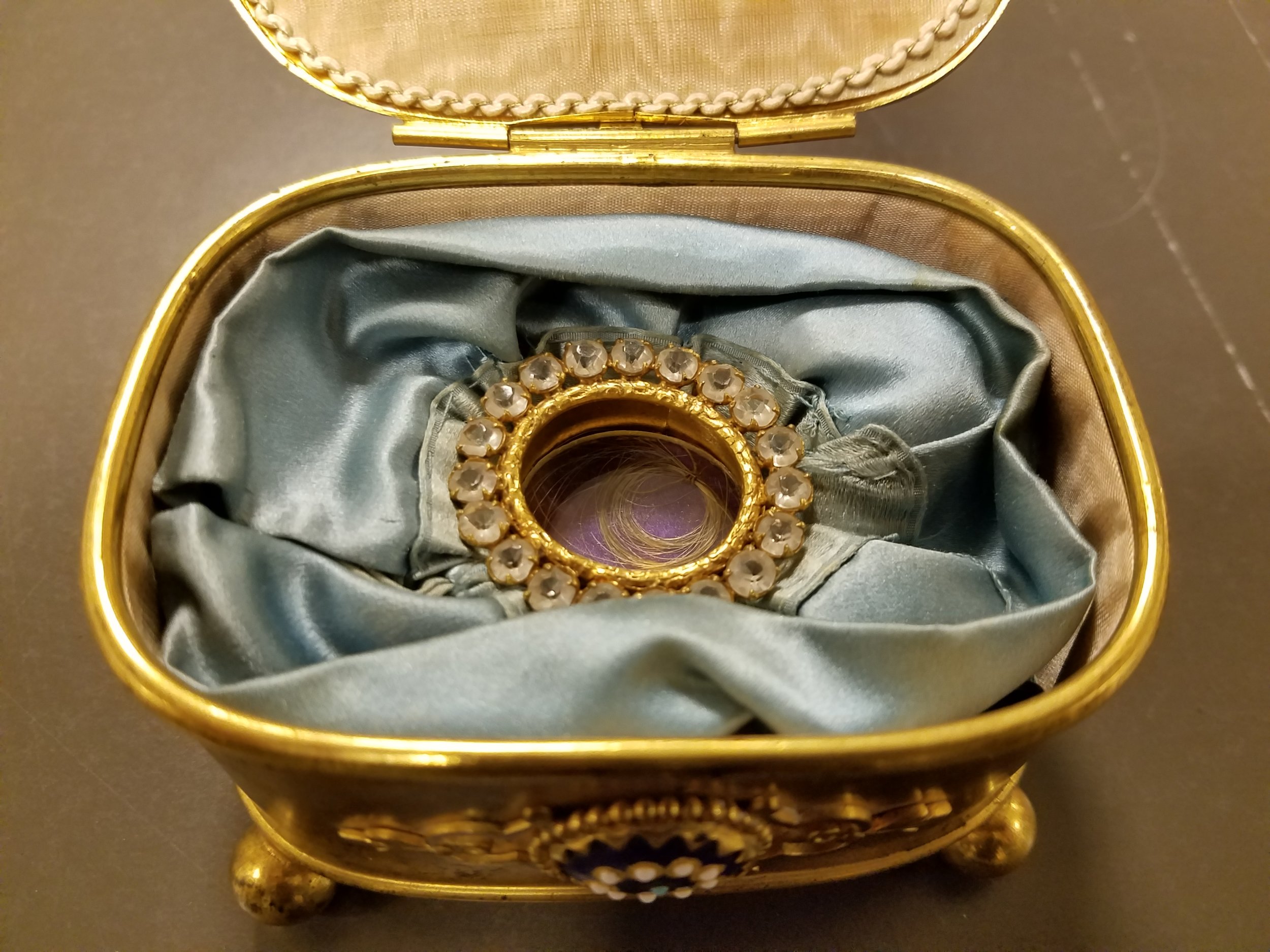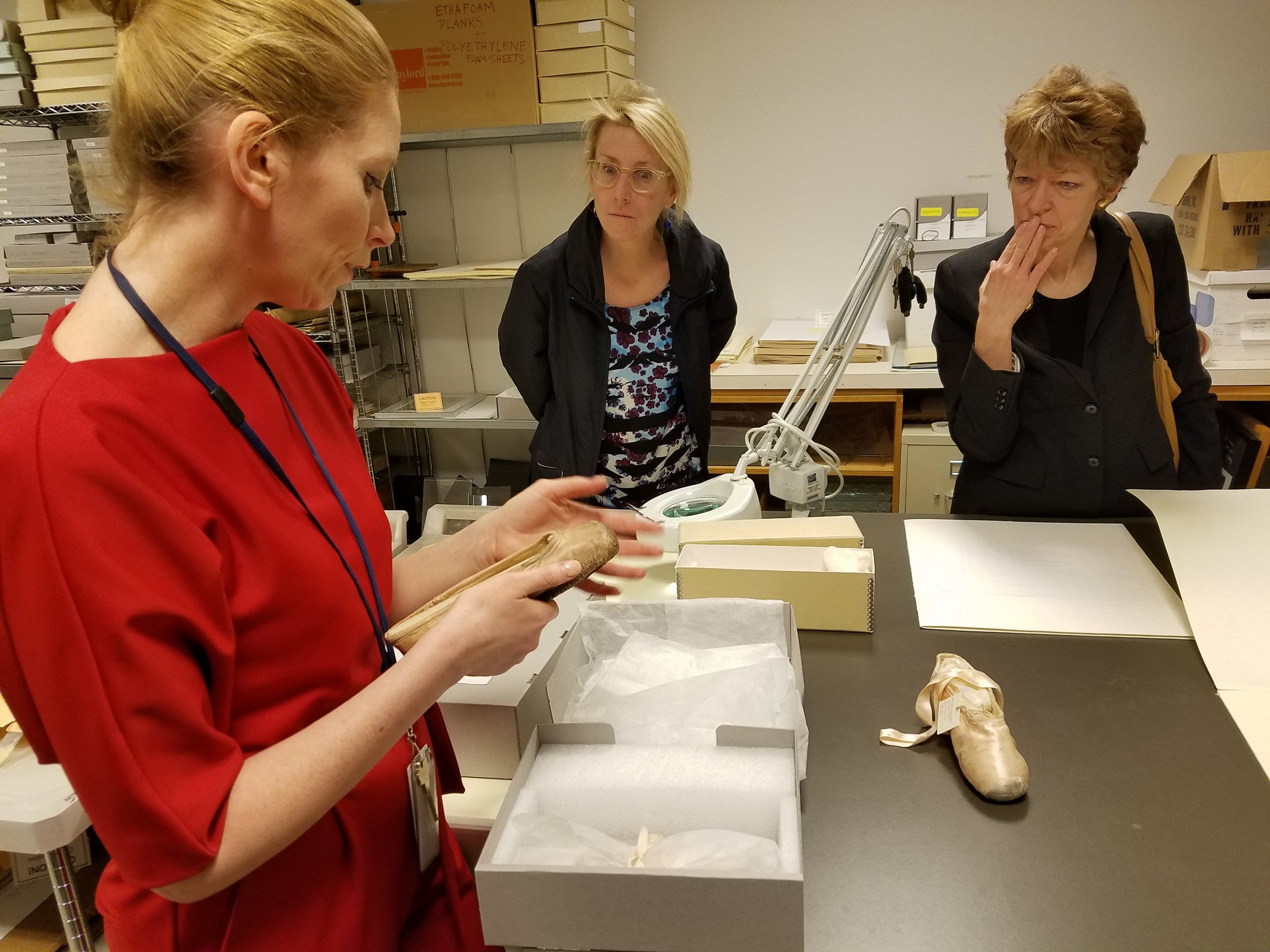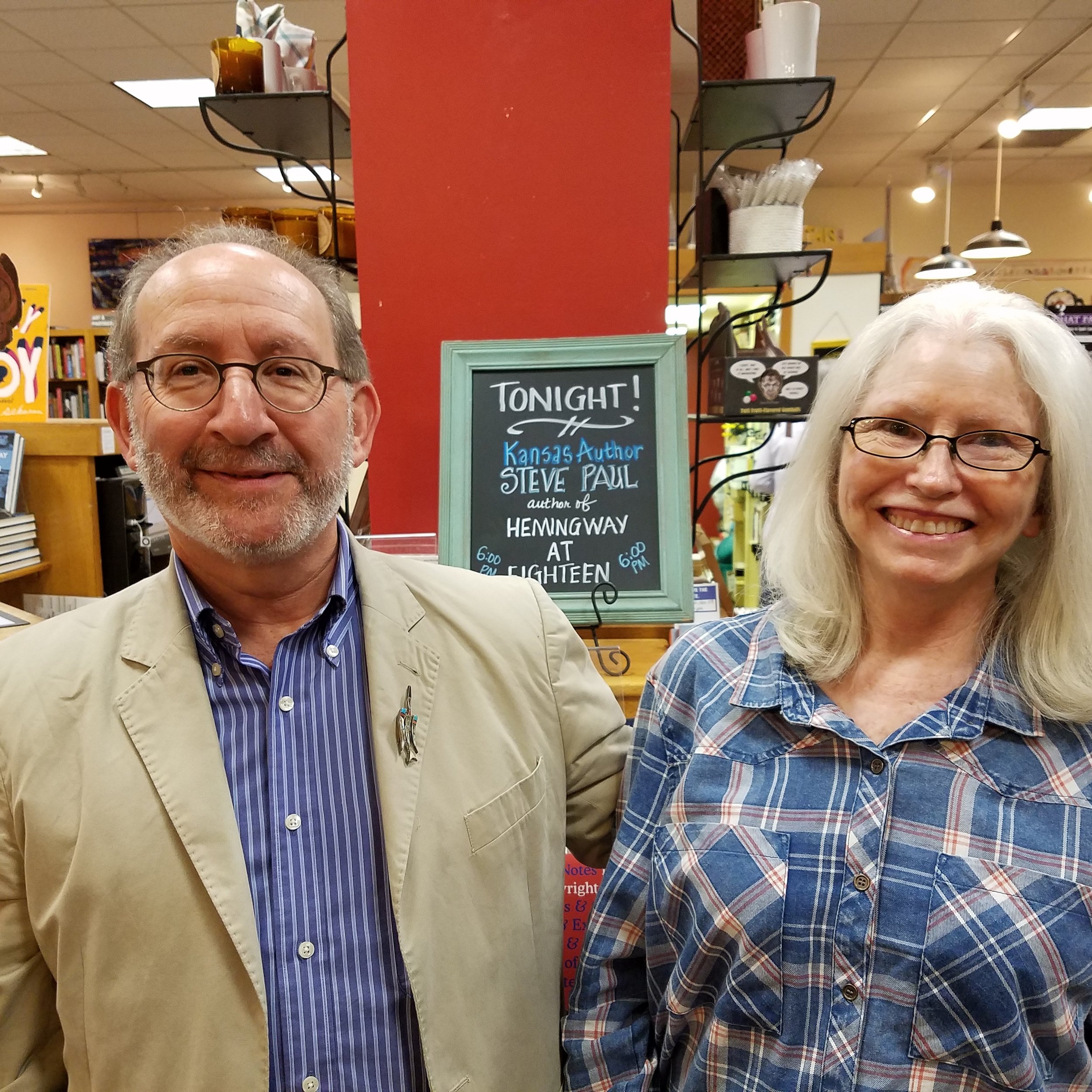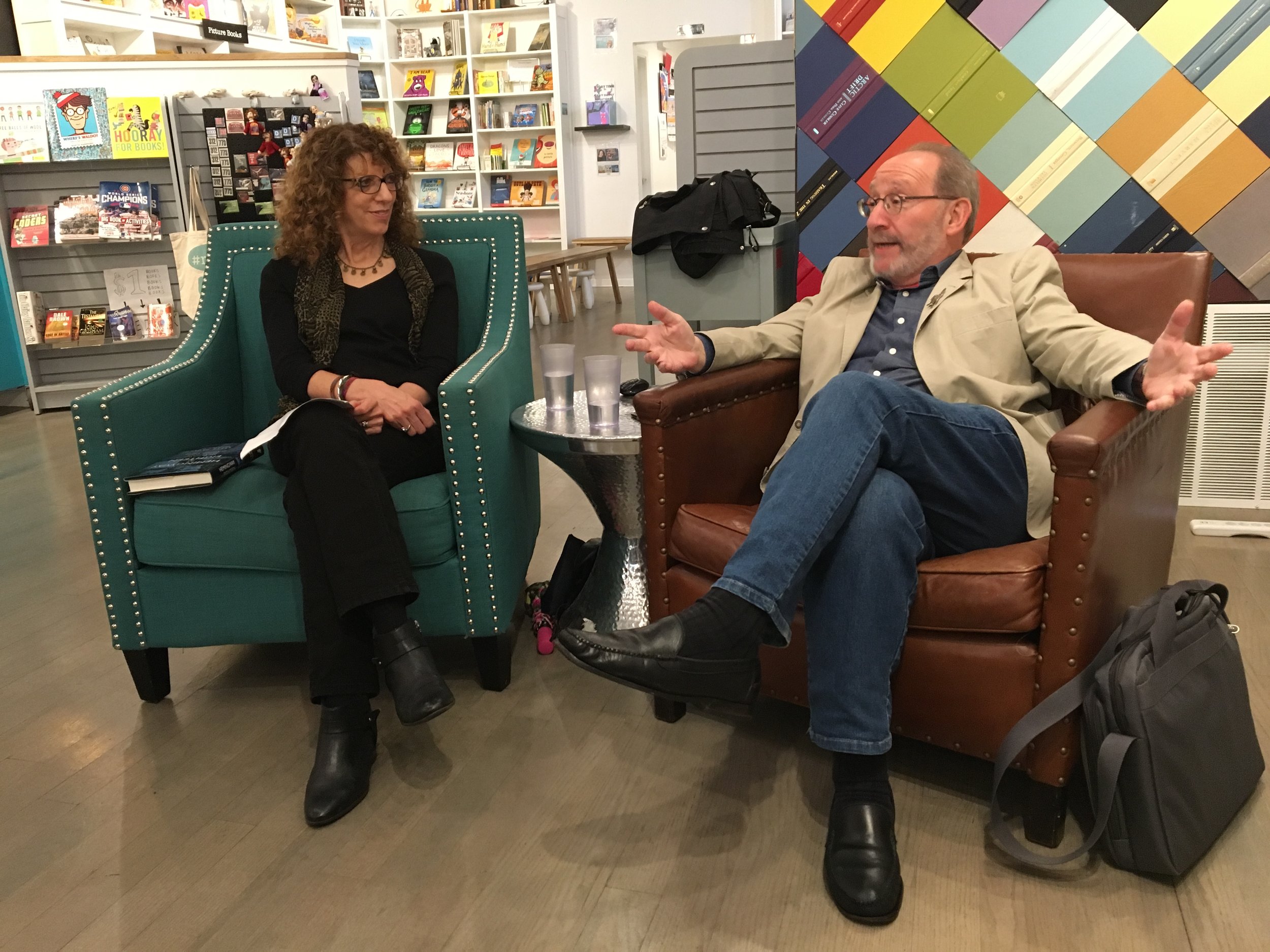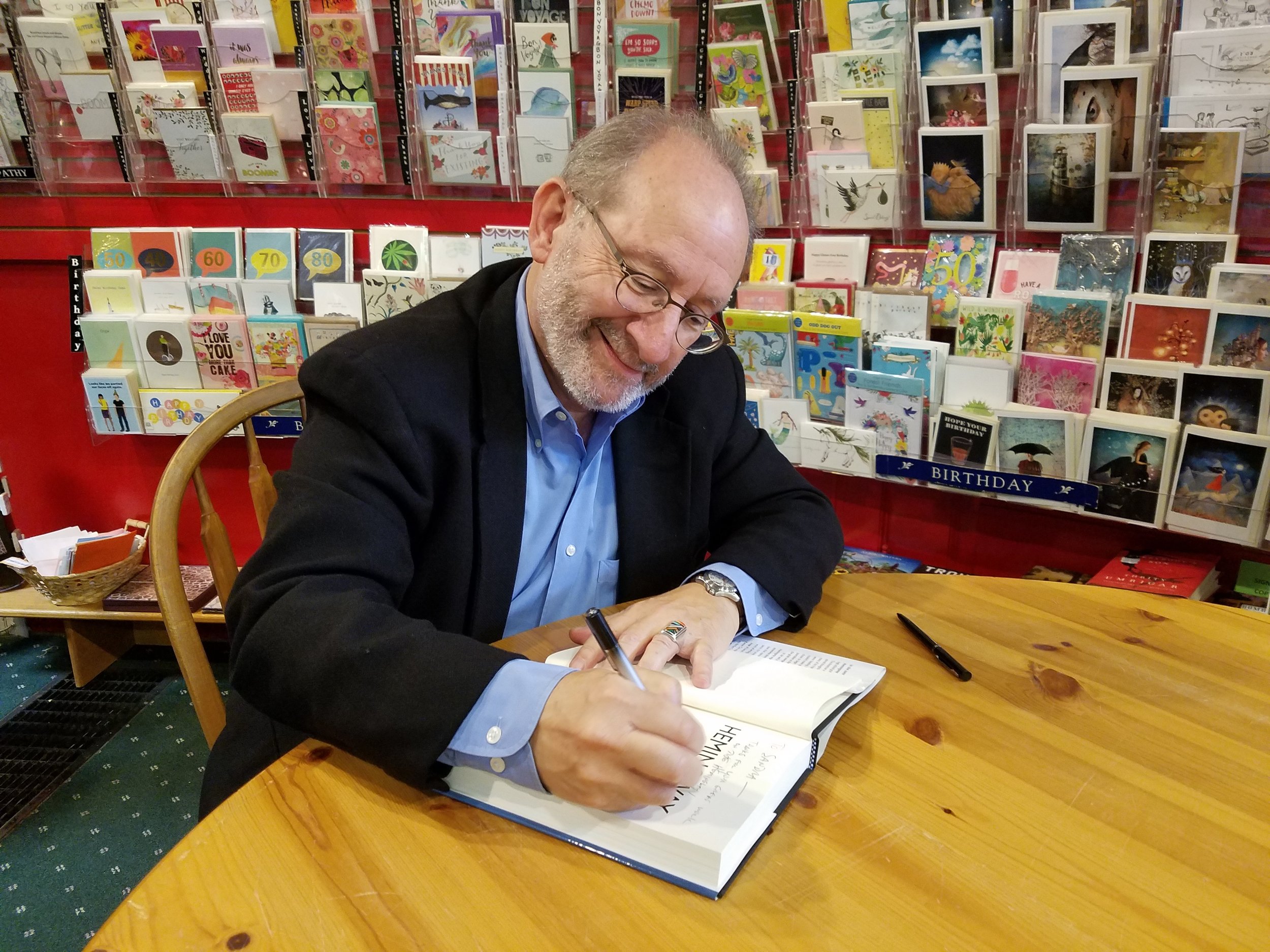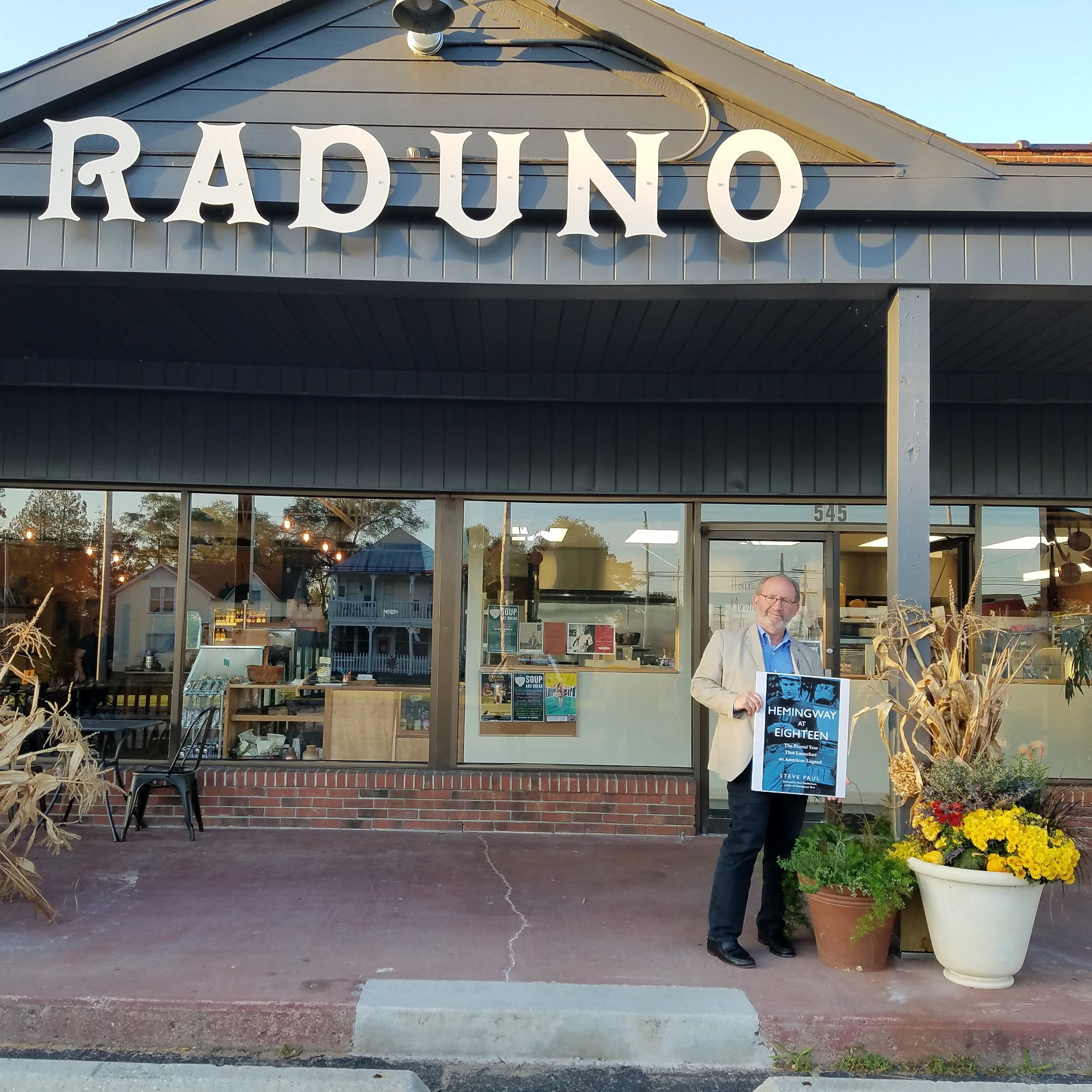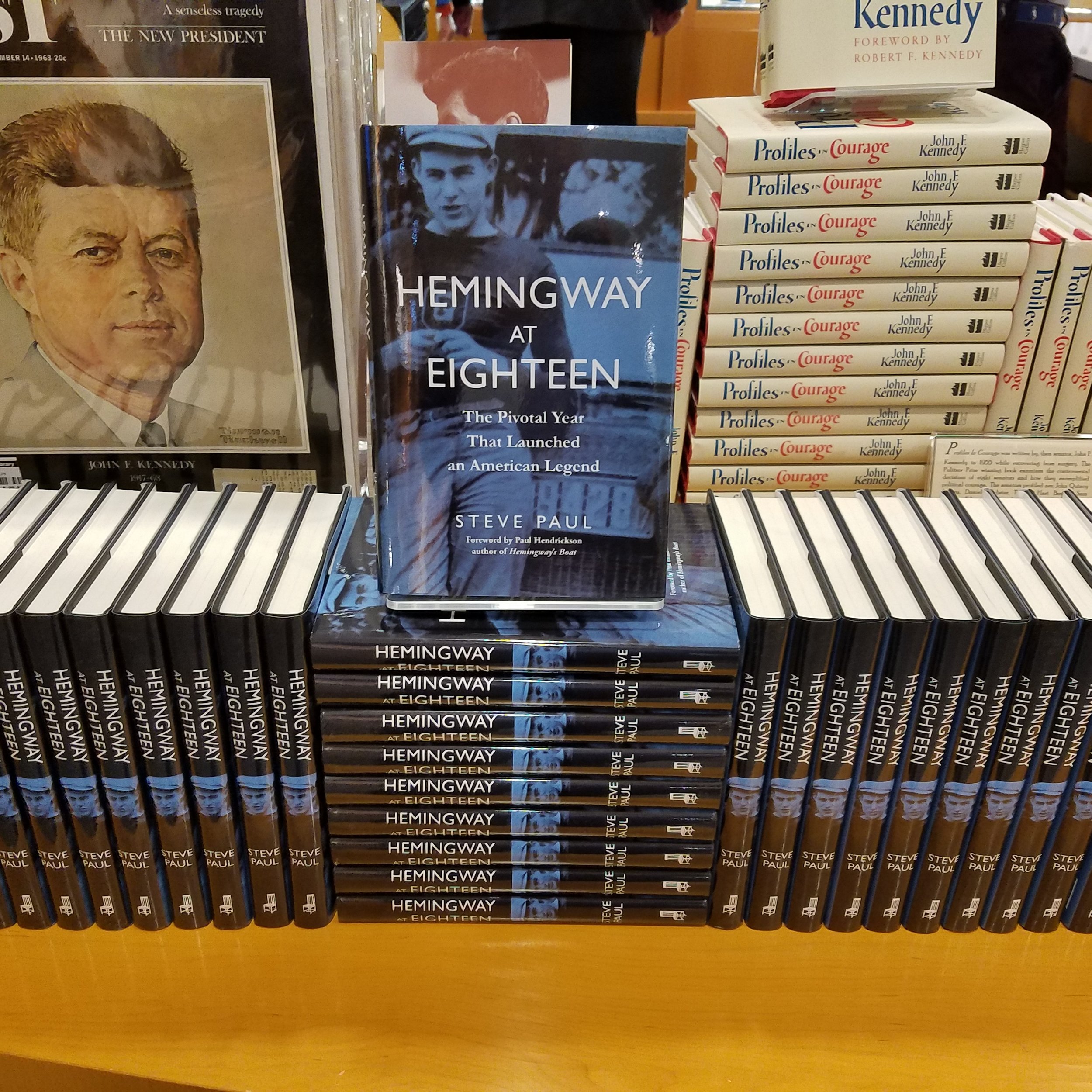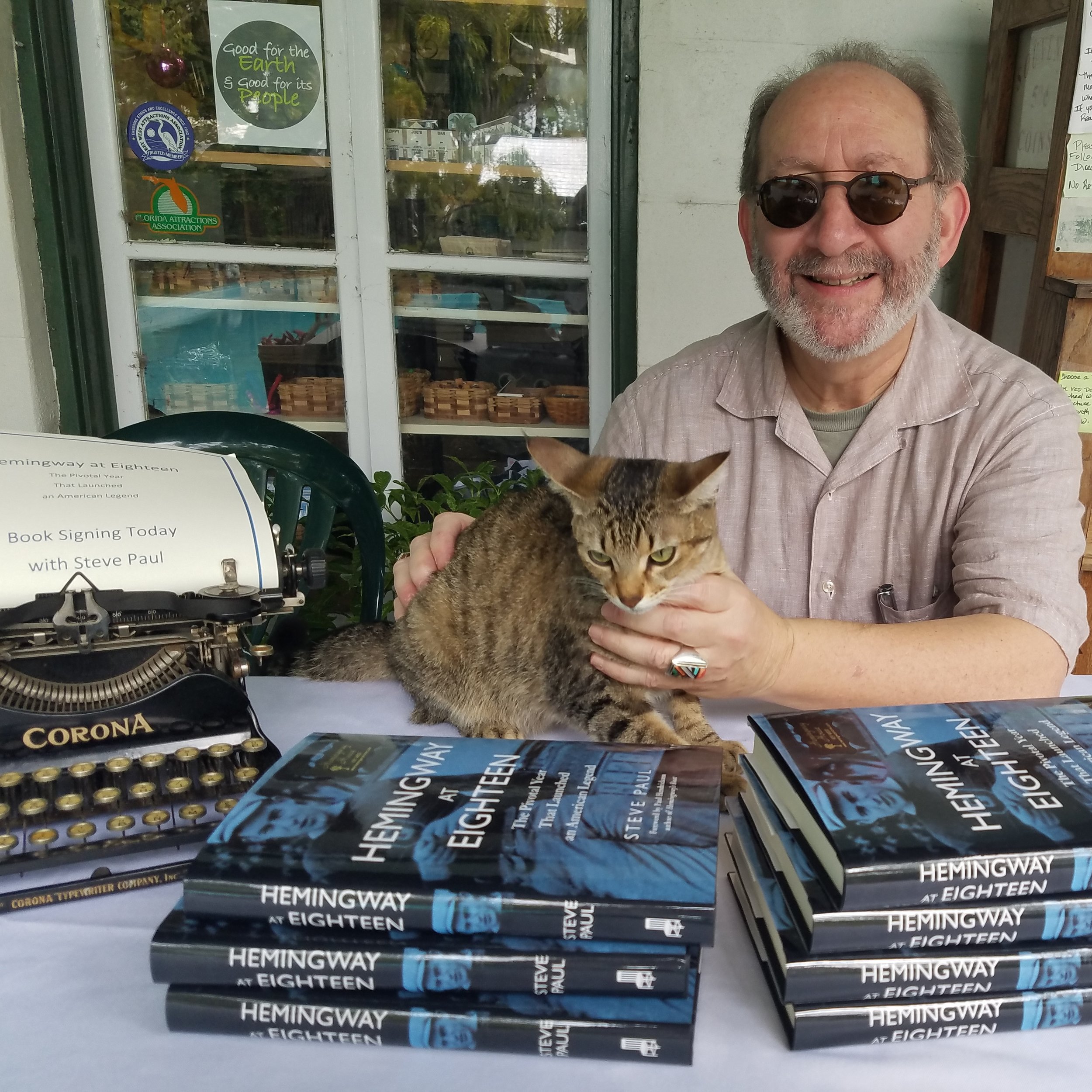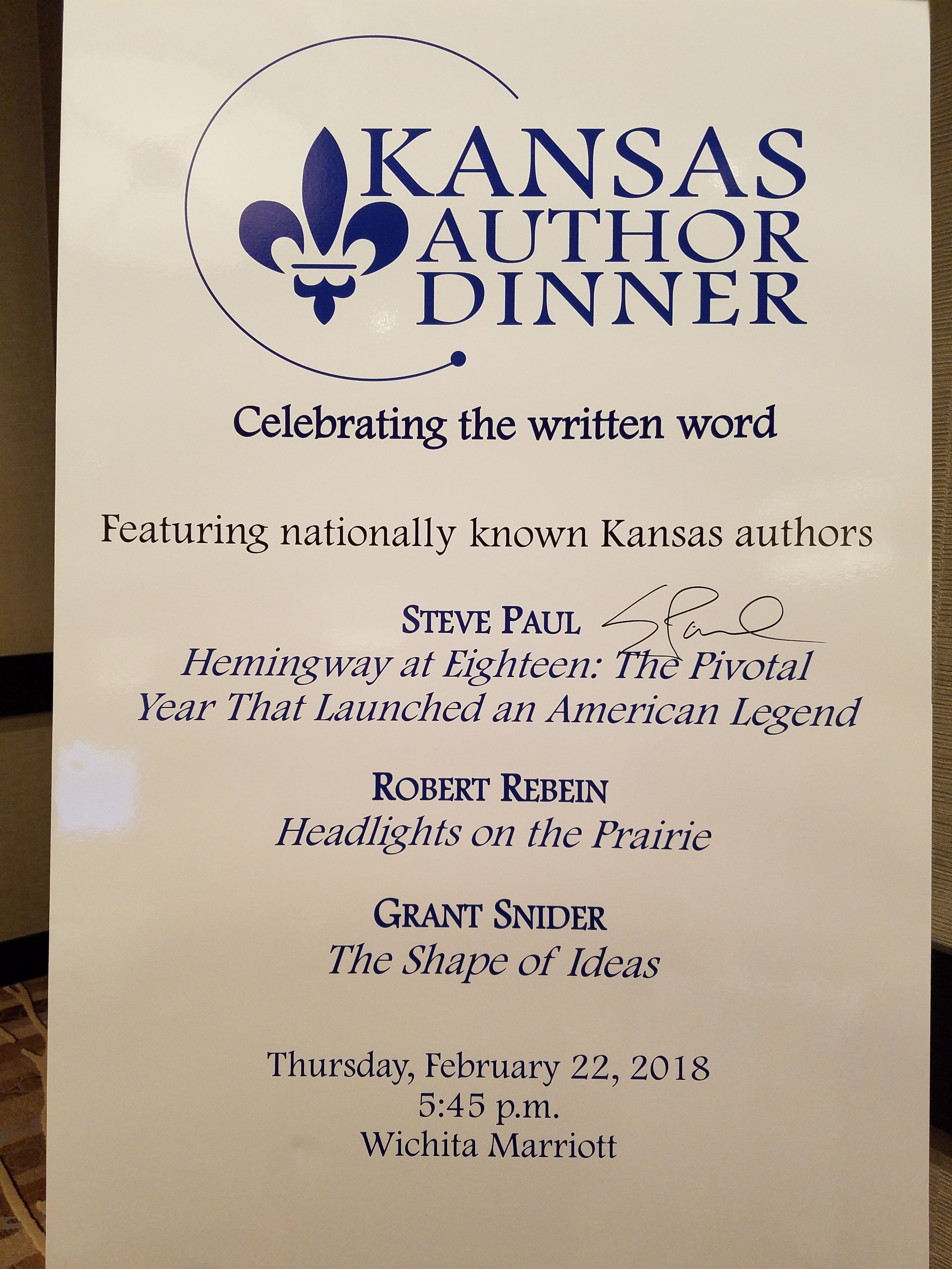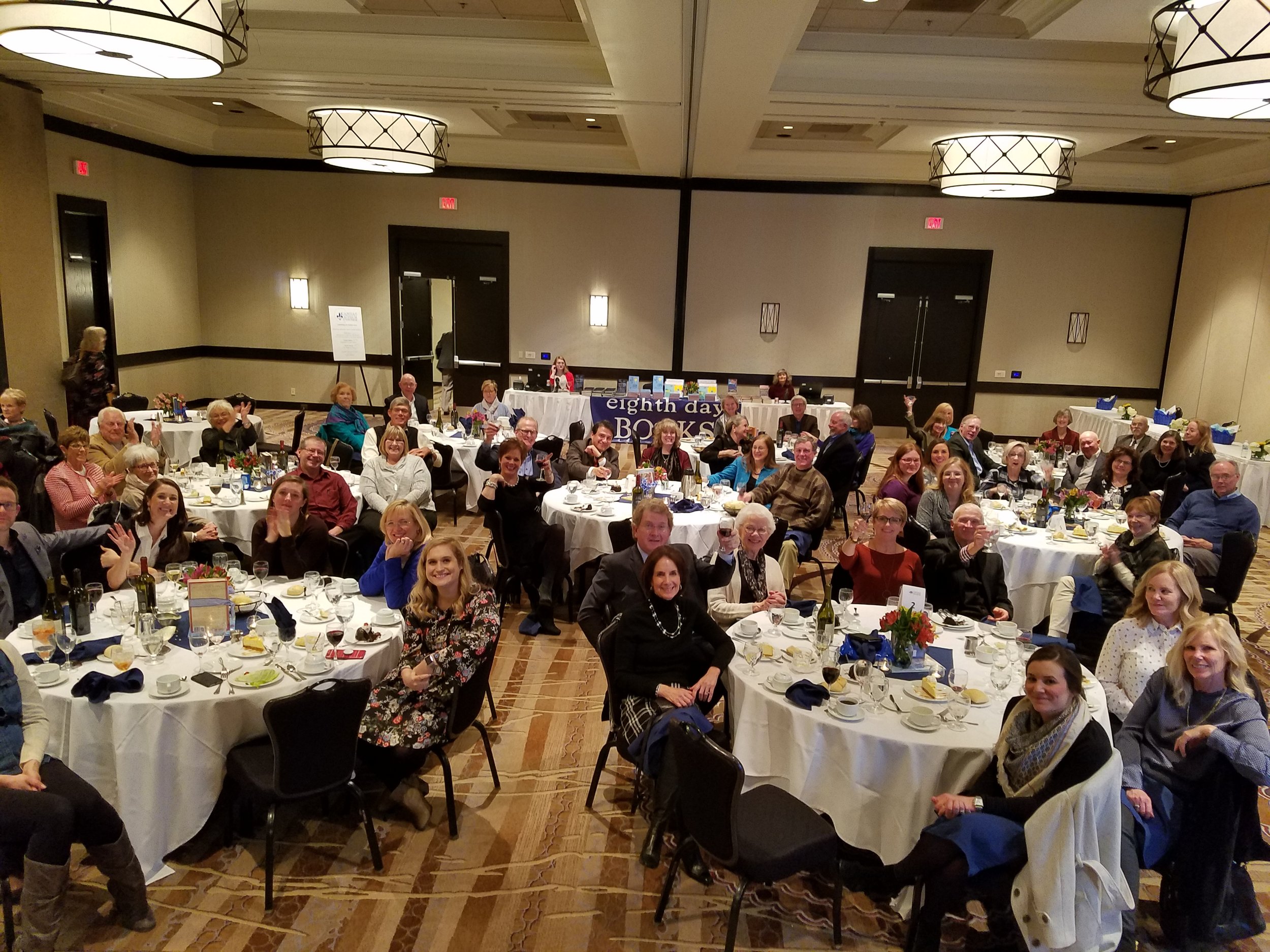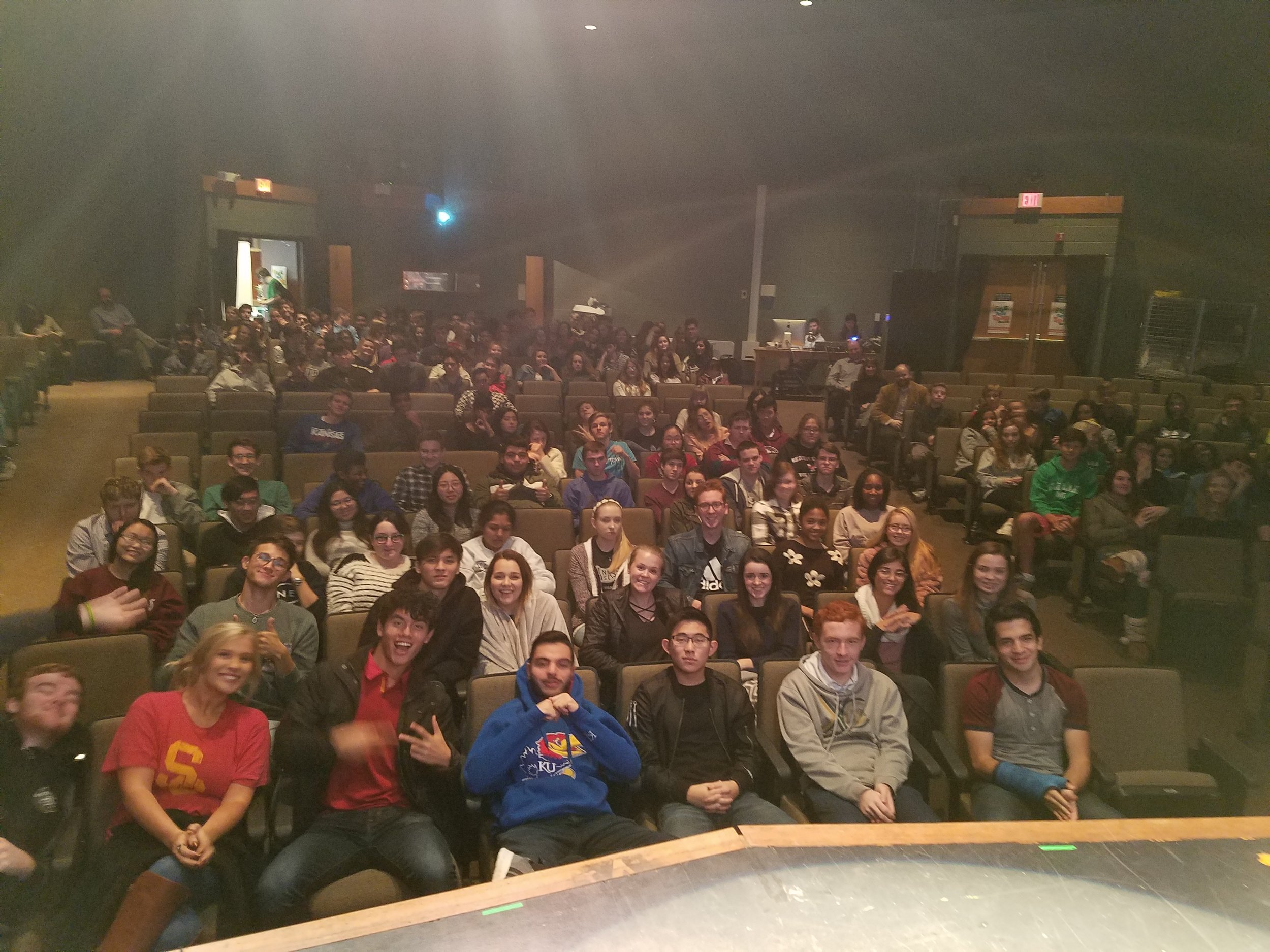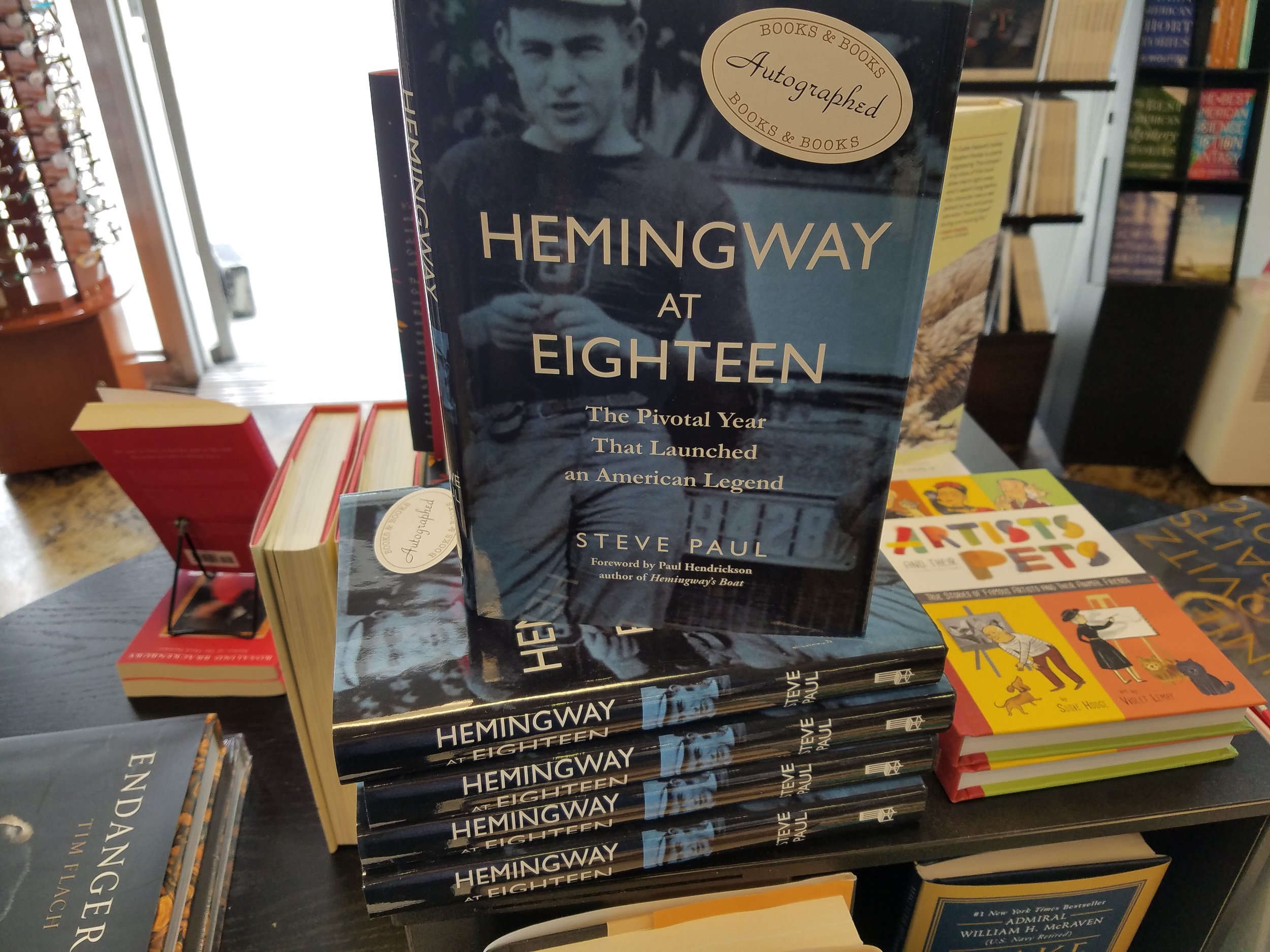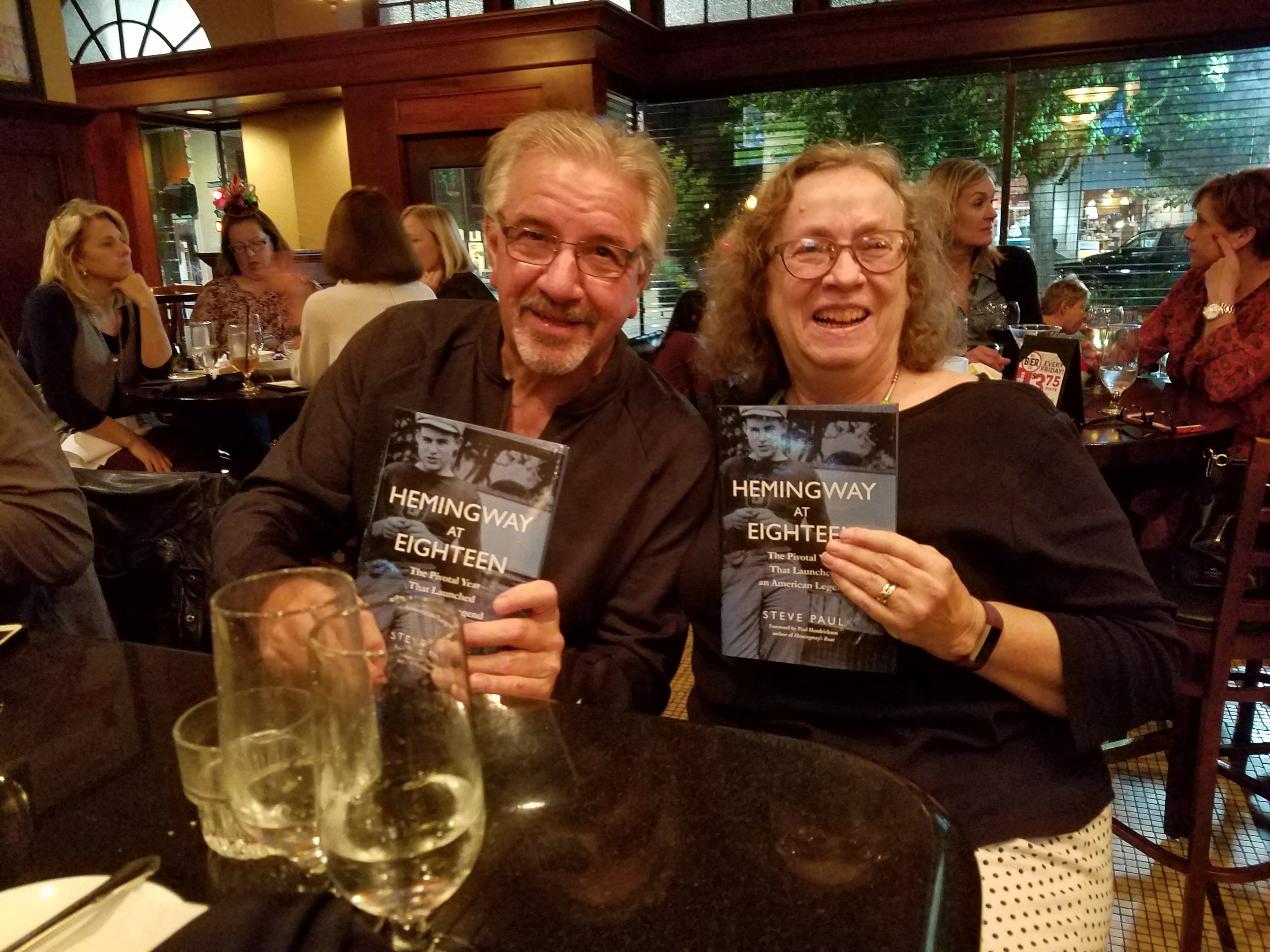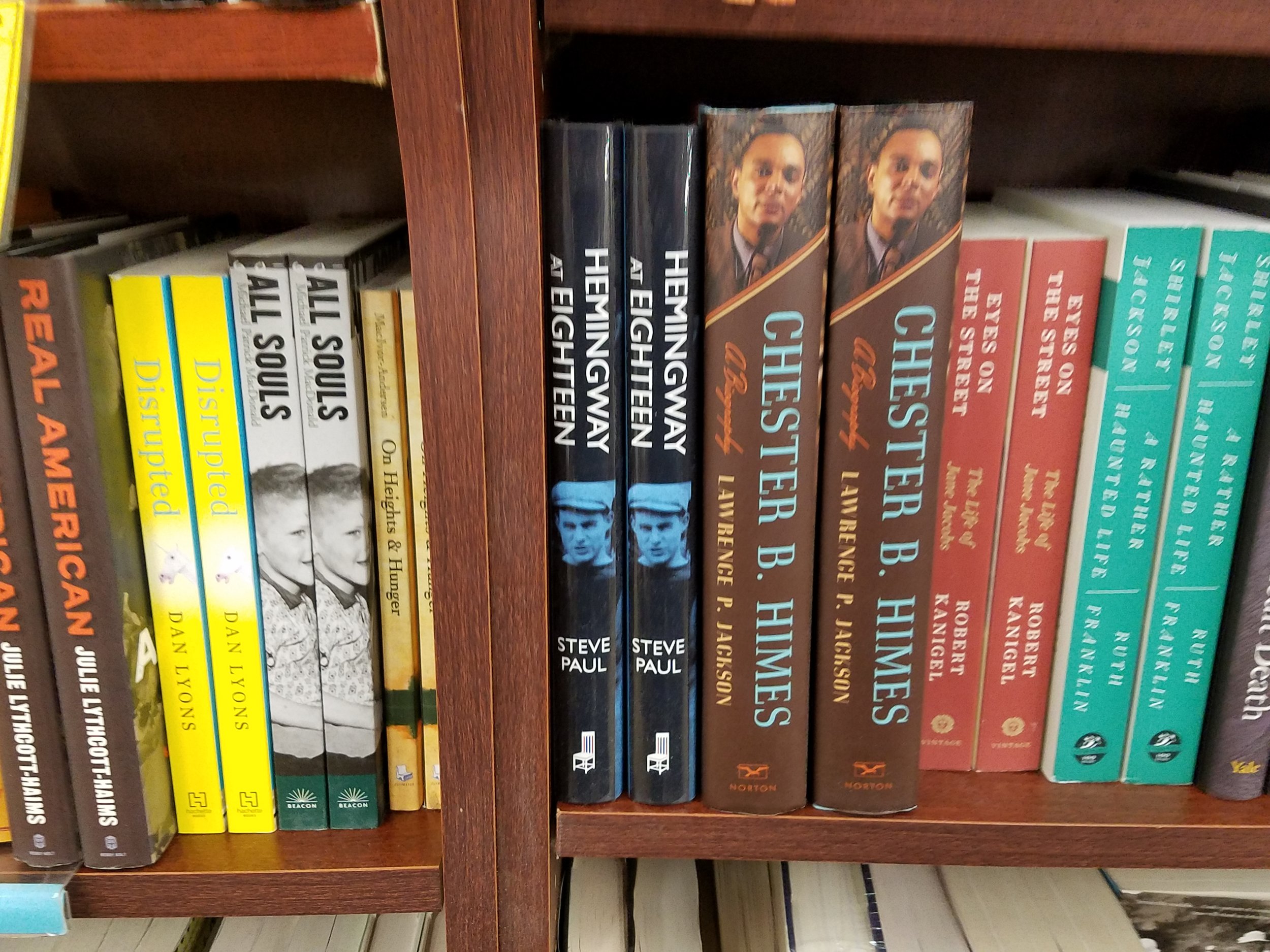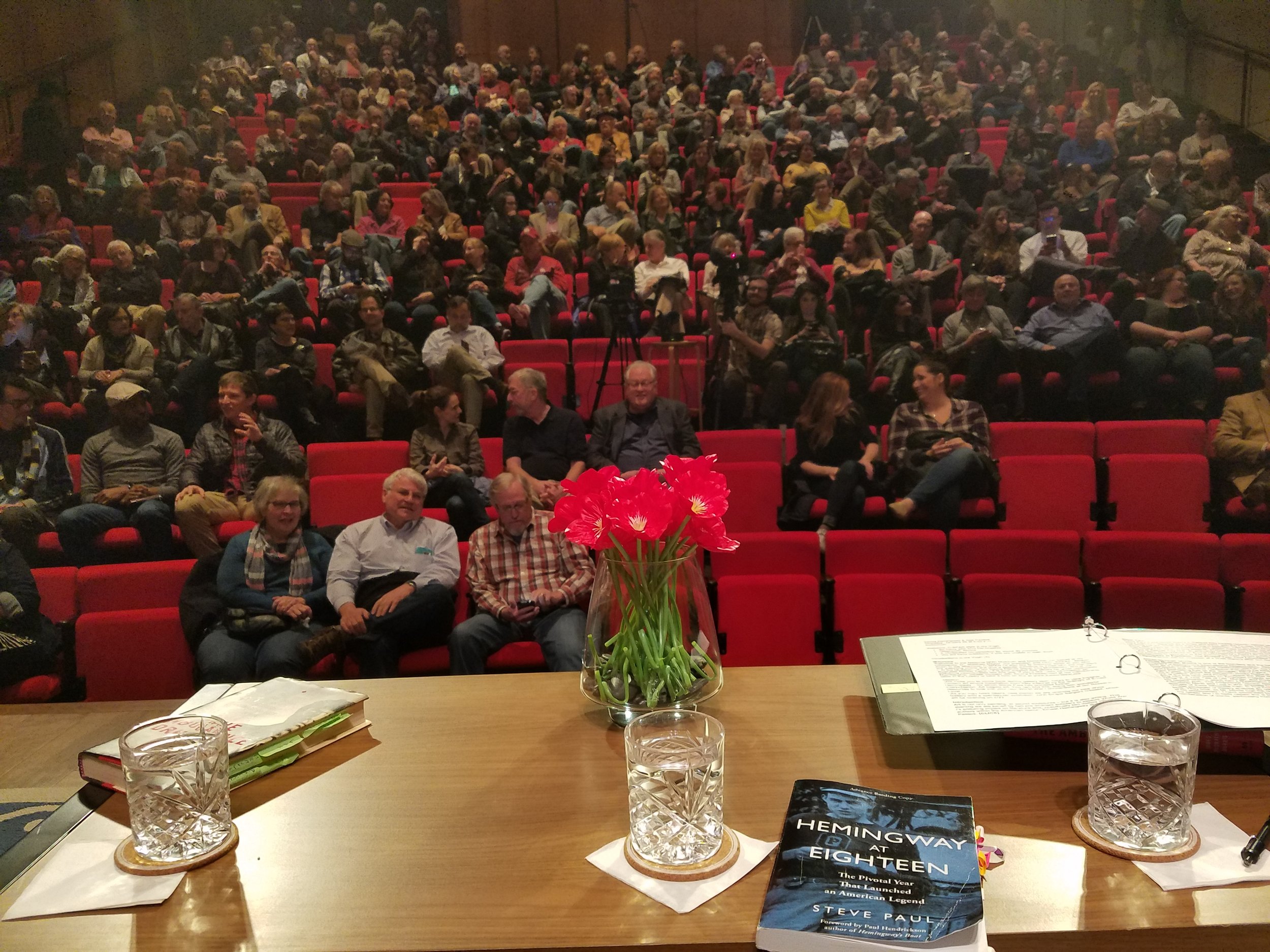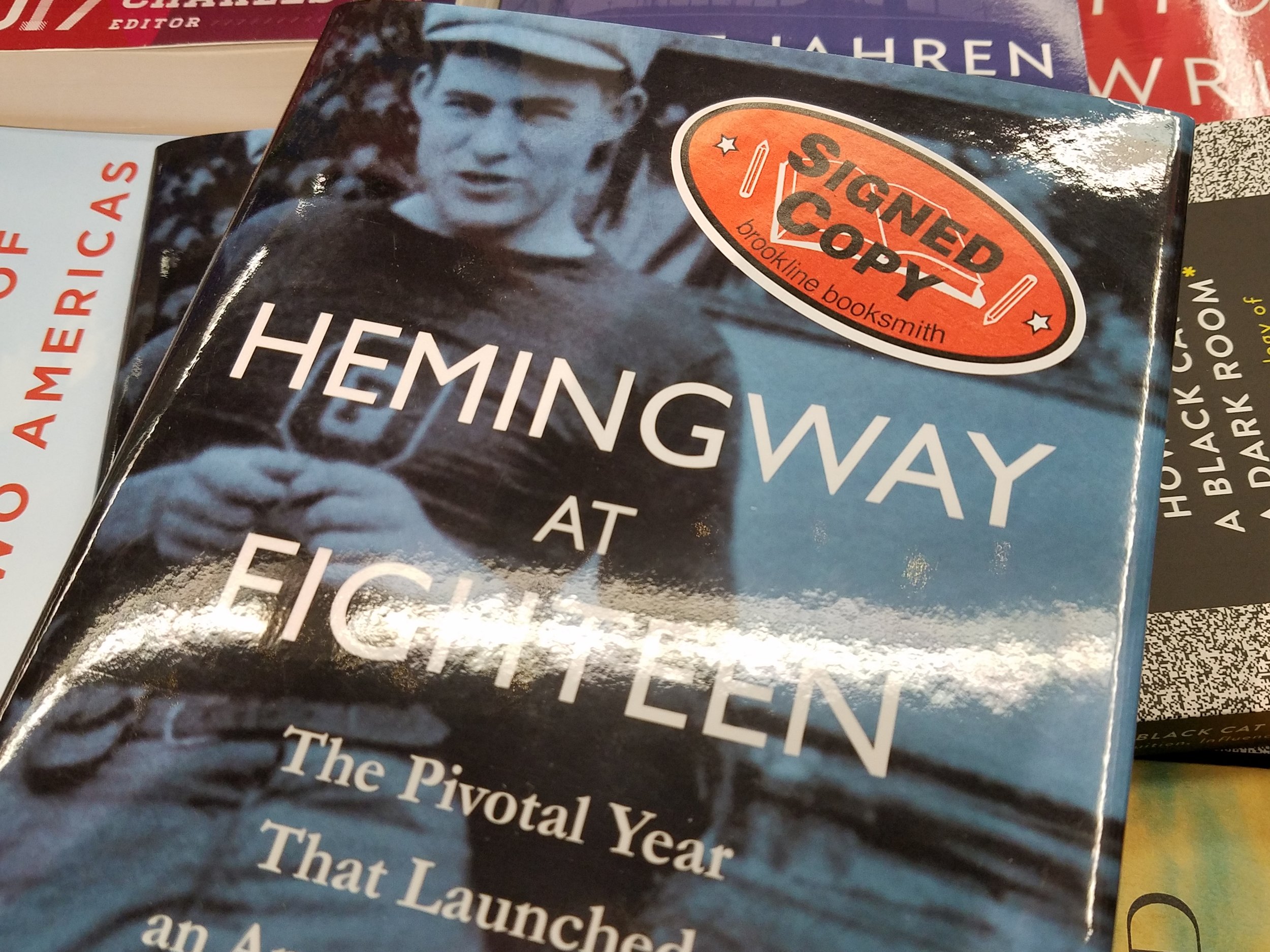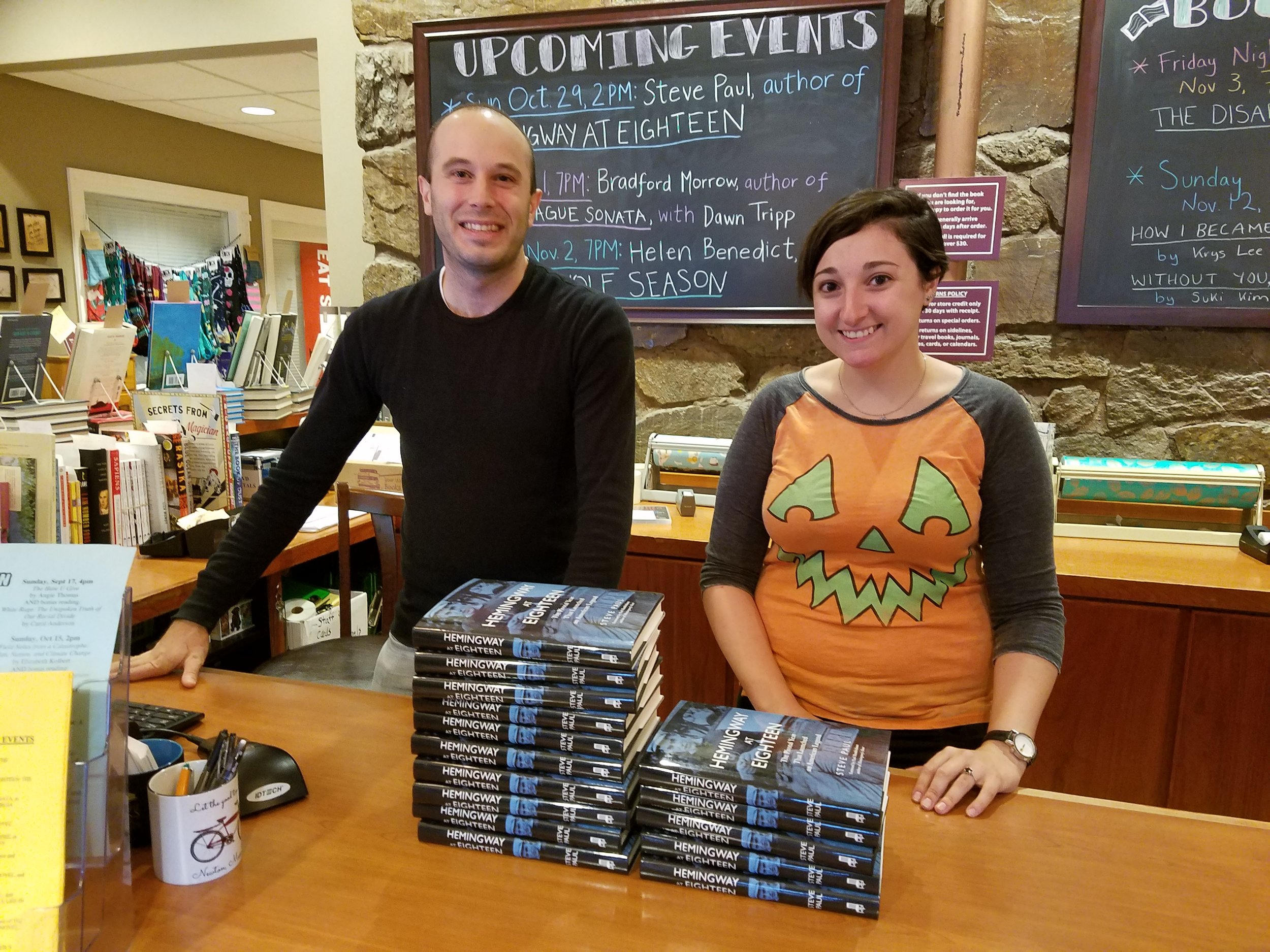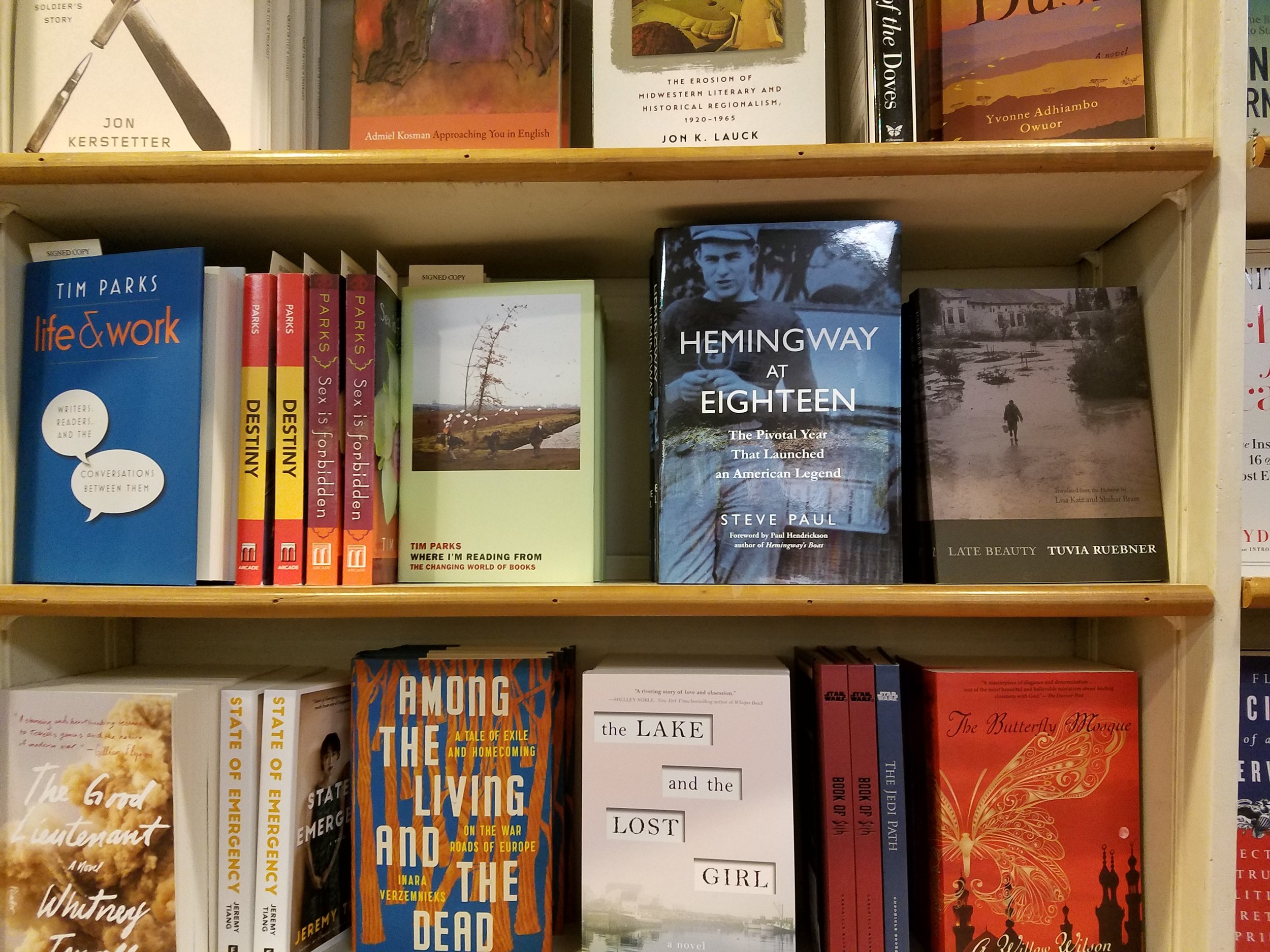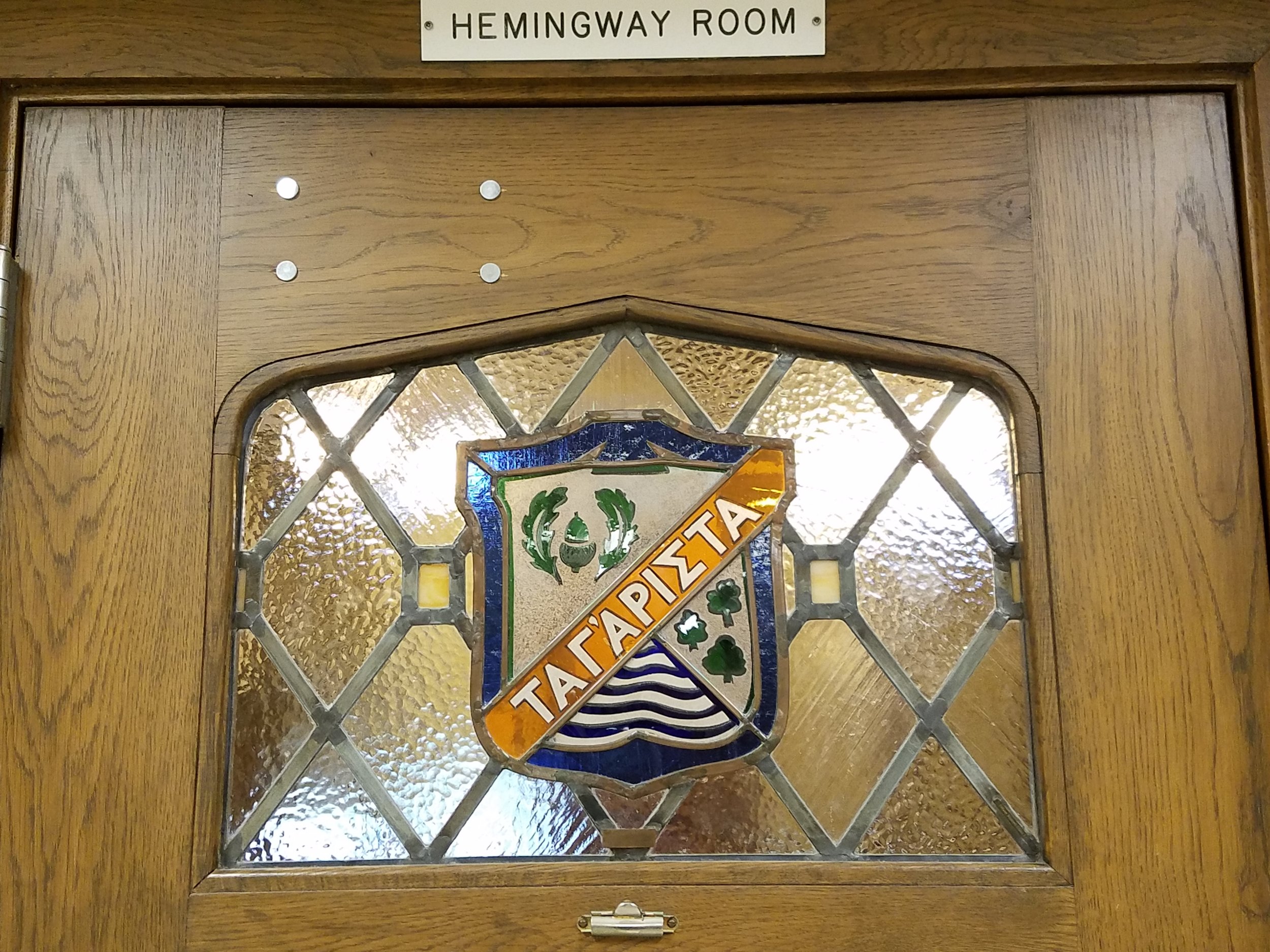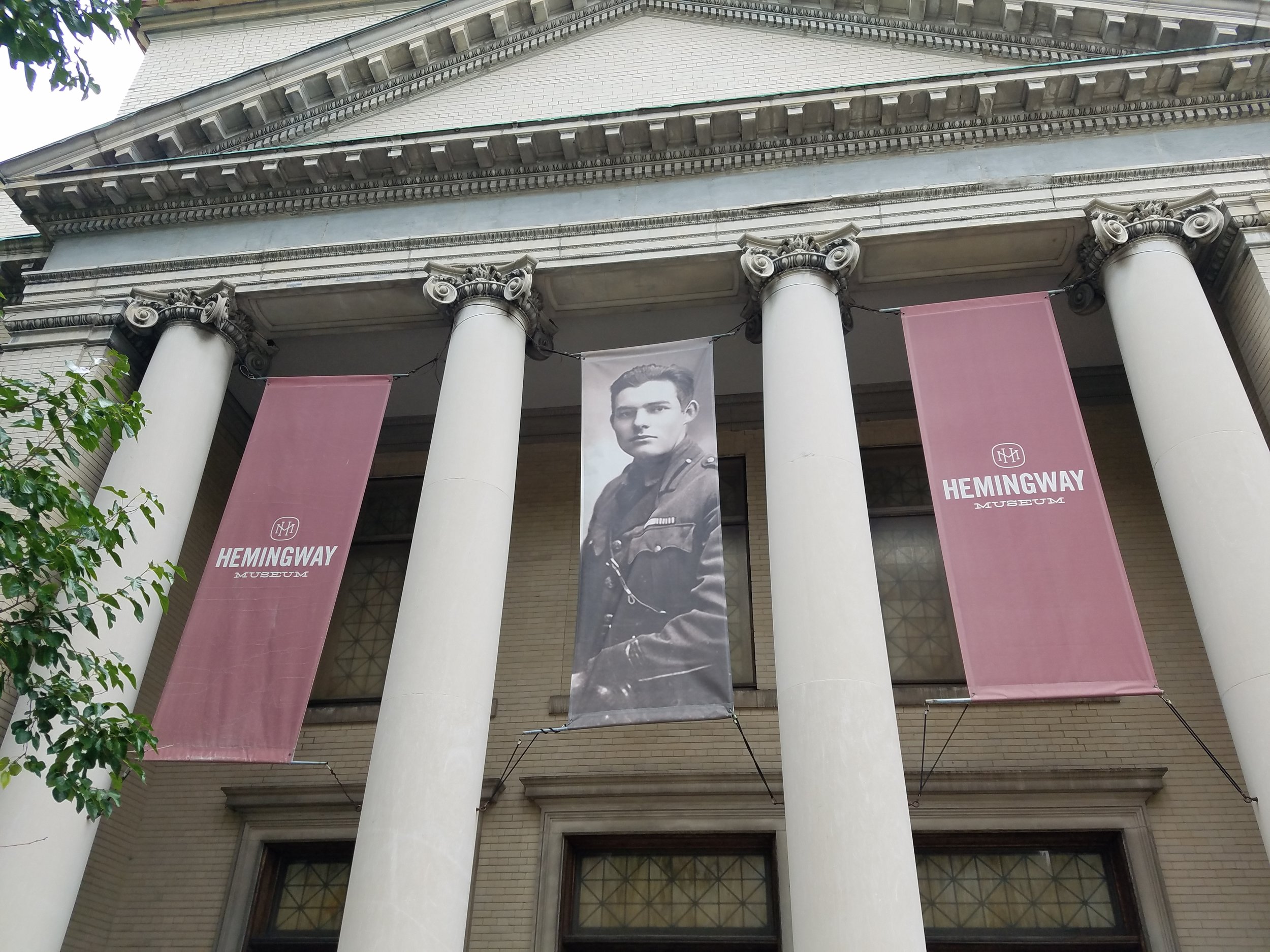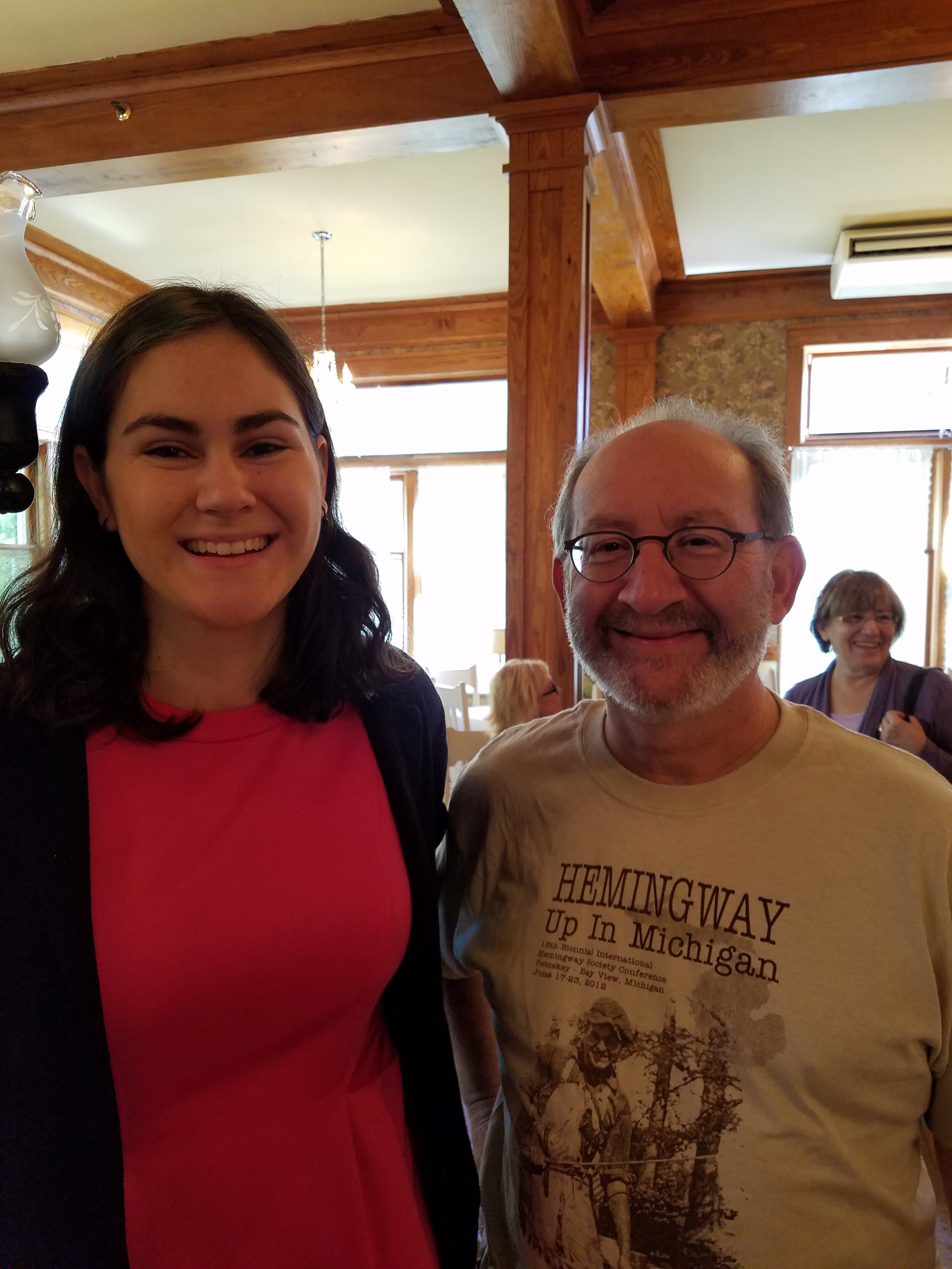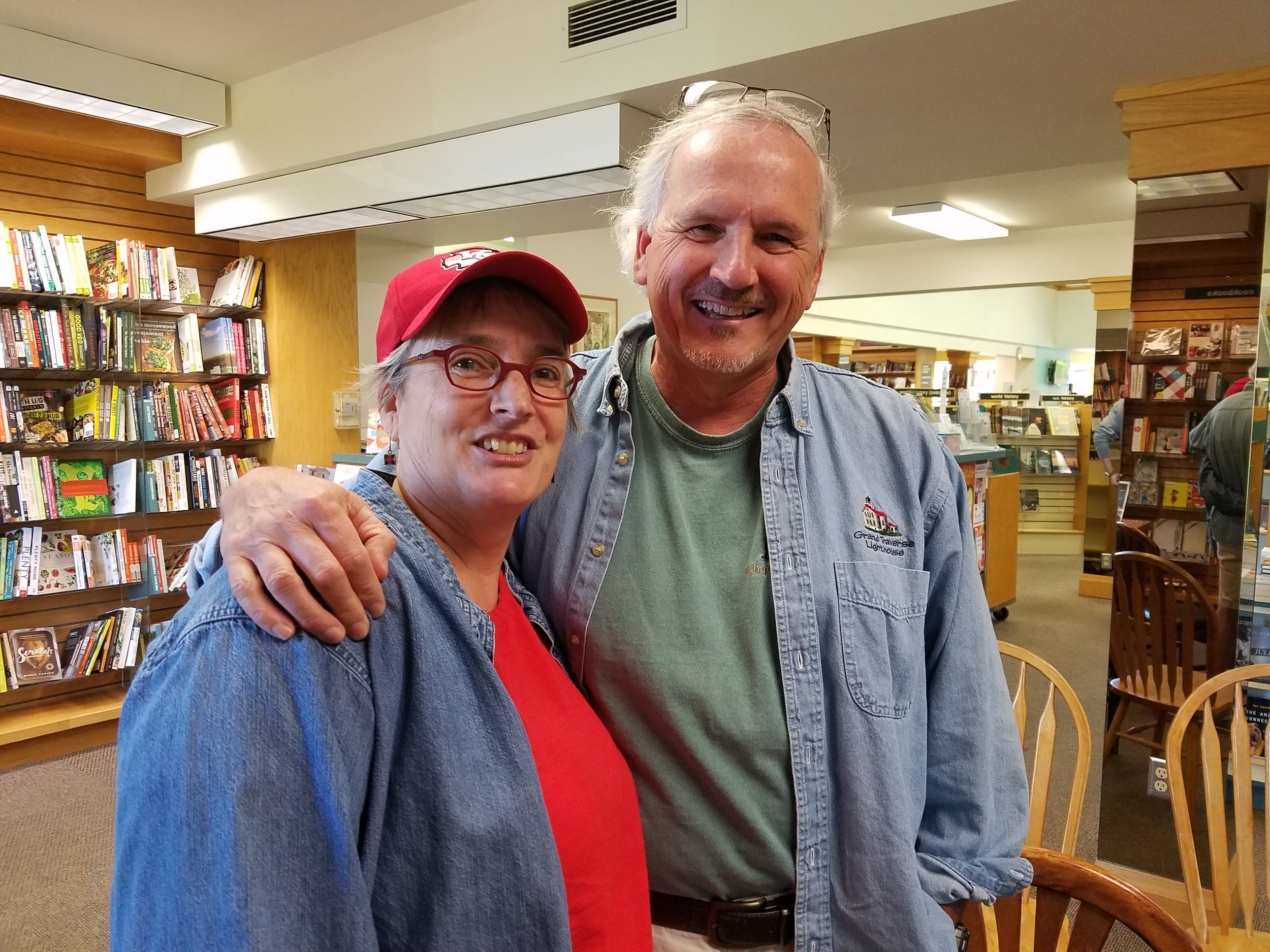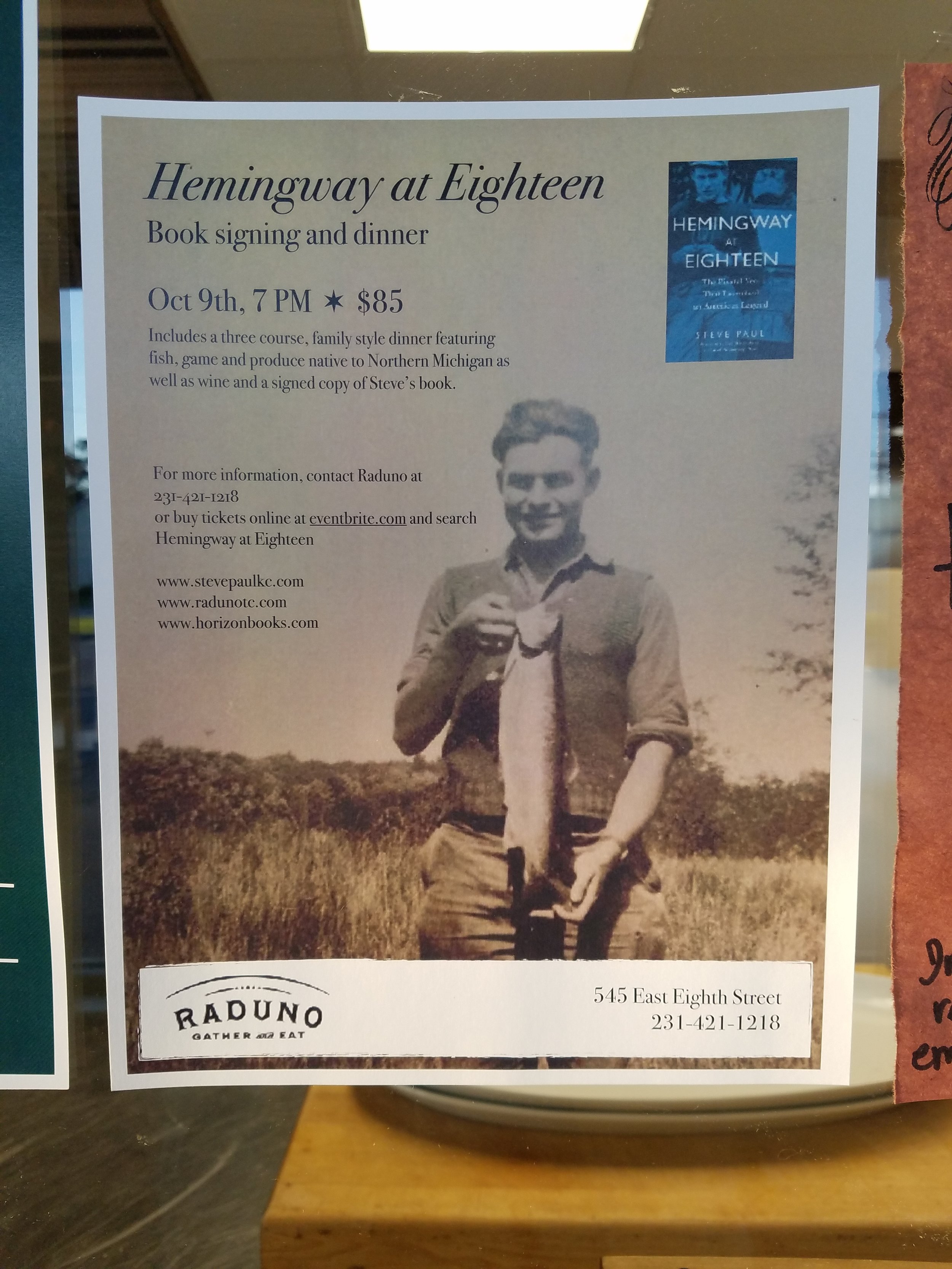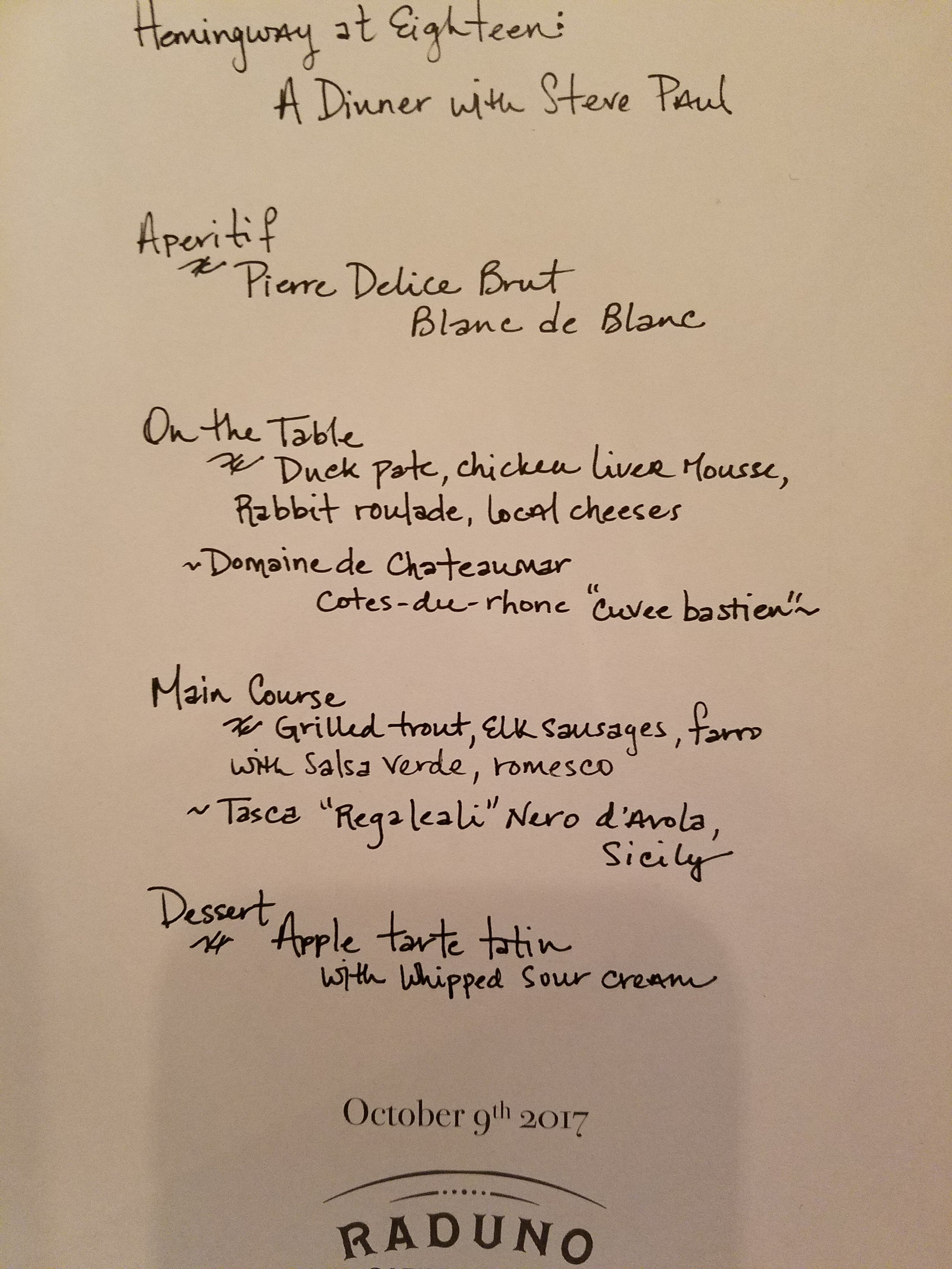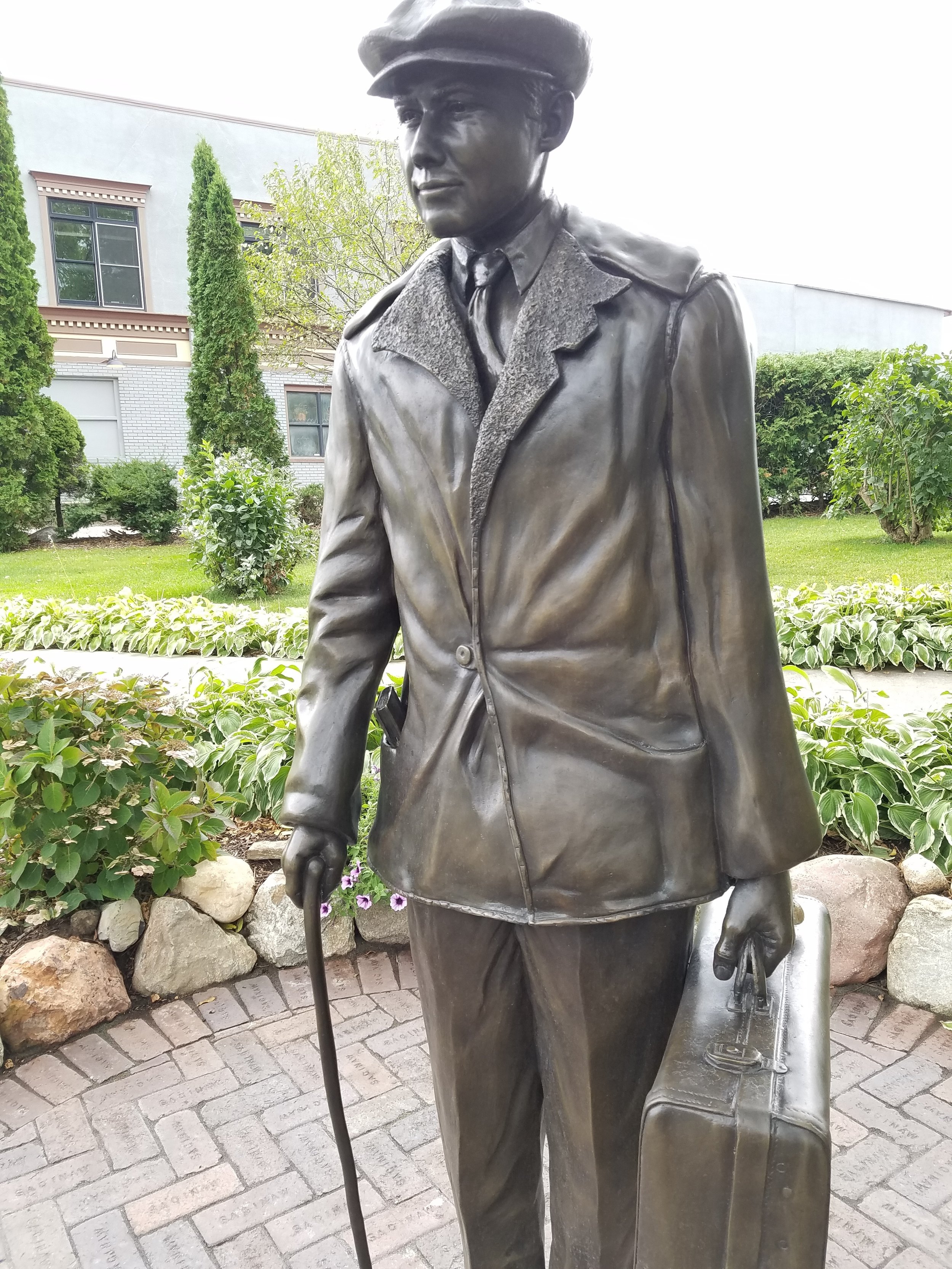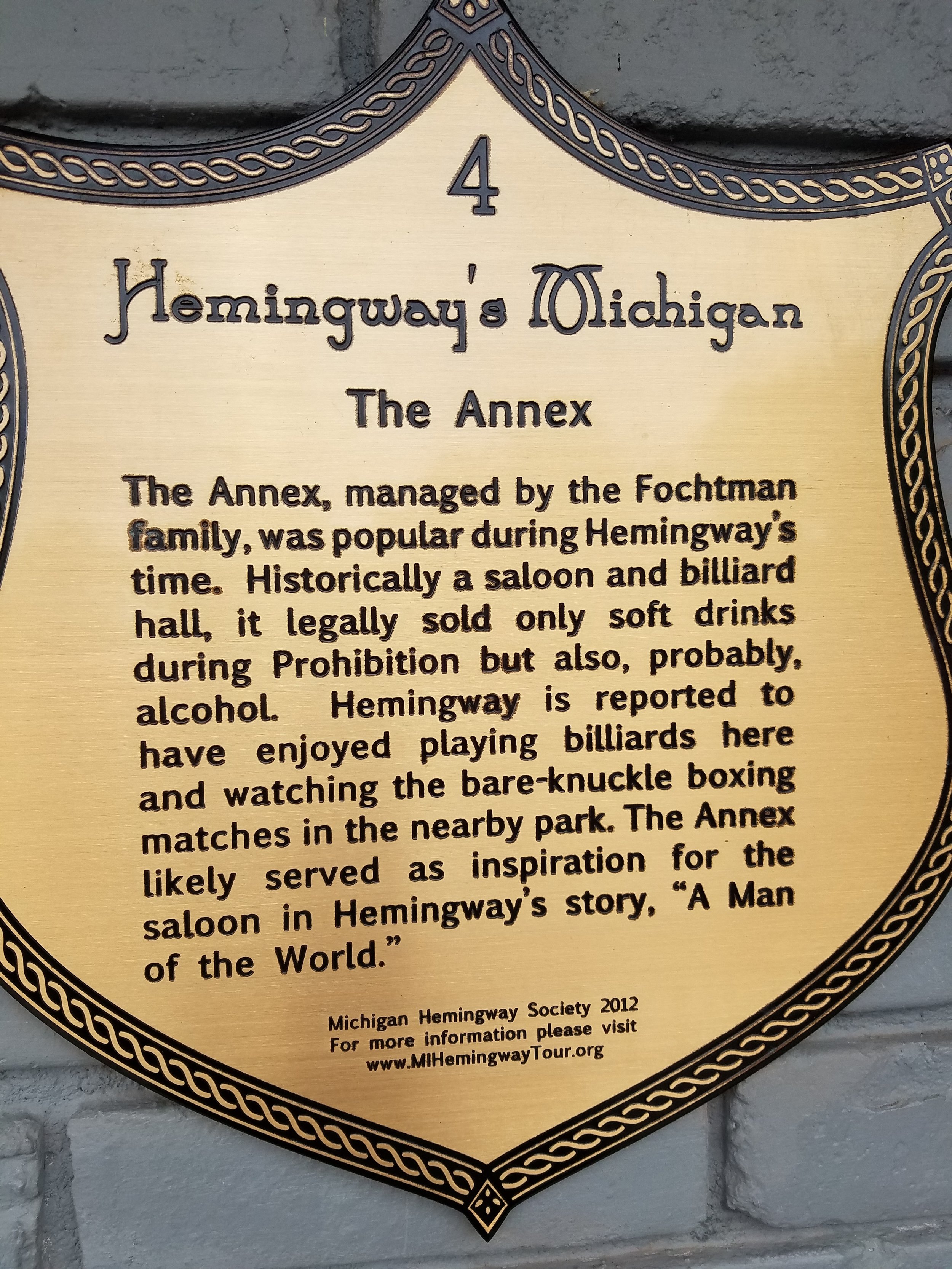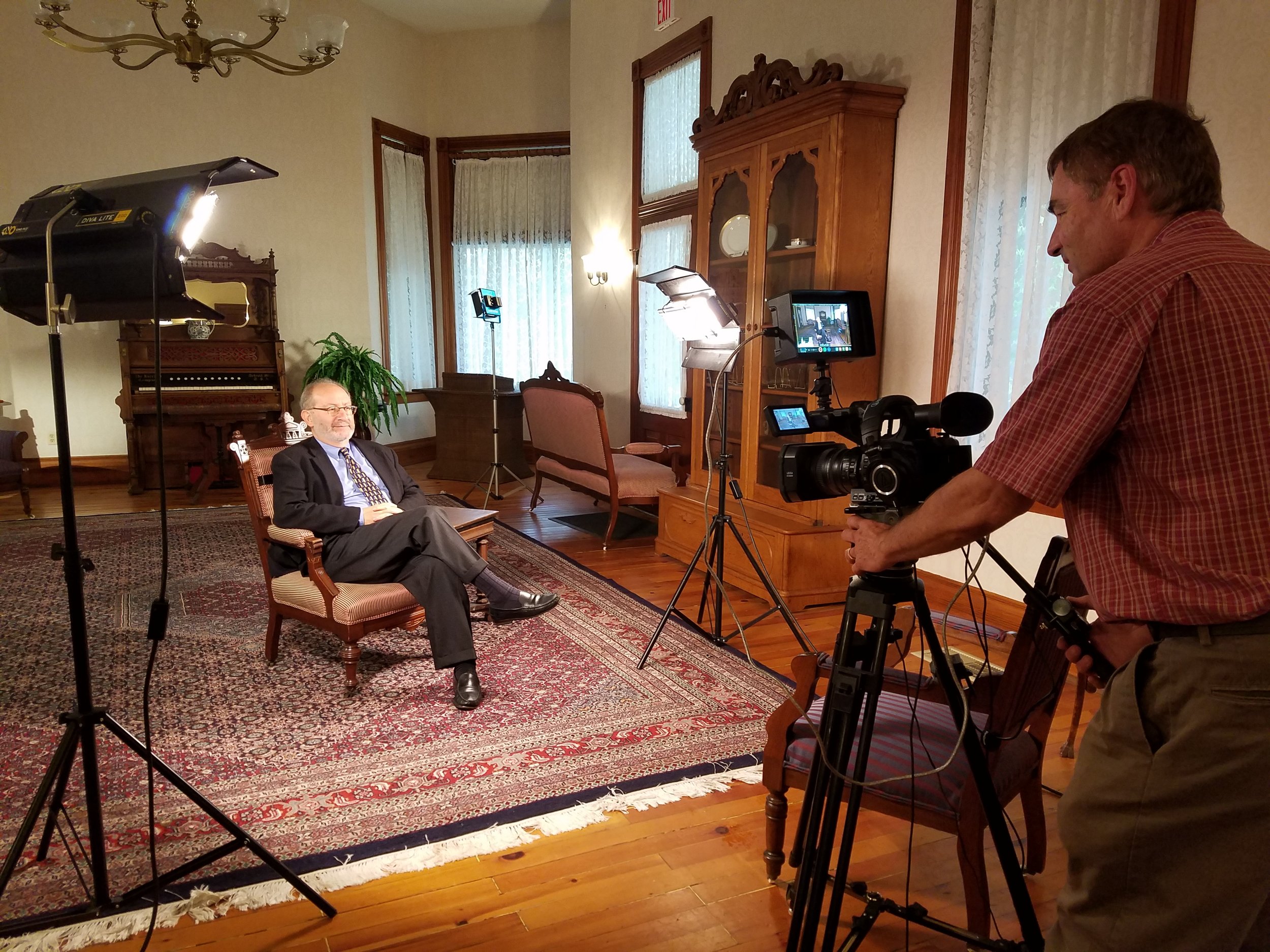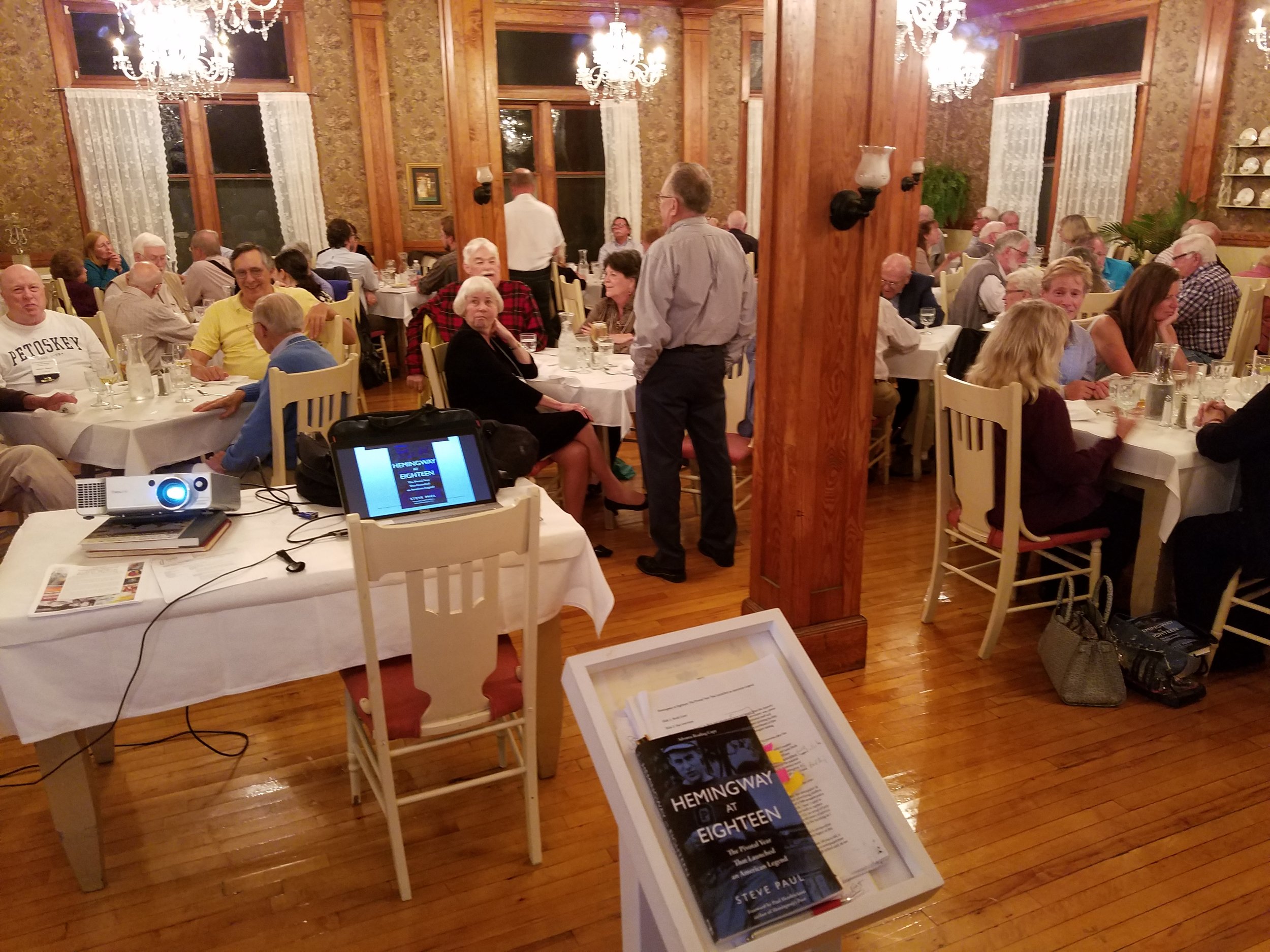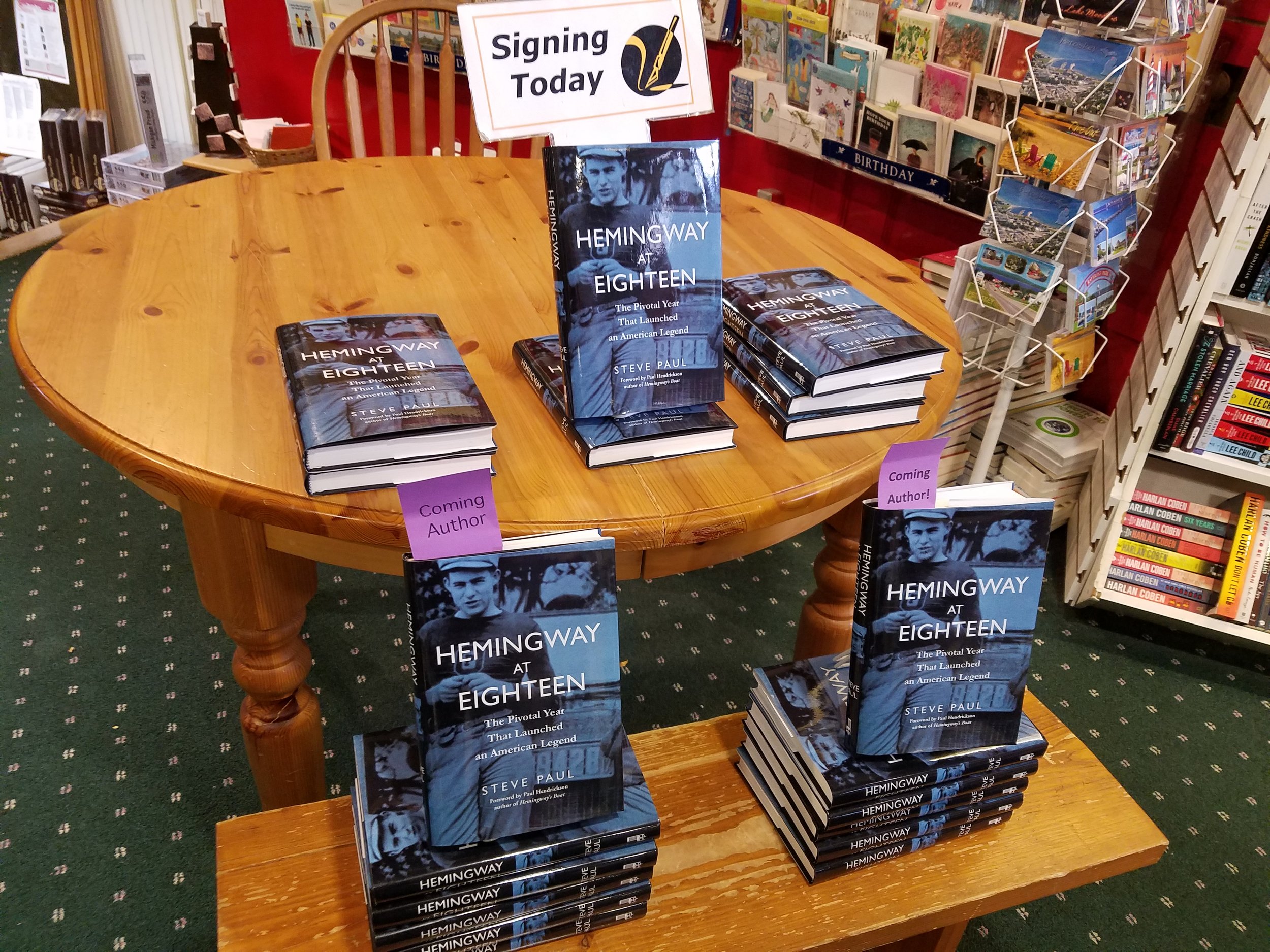Some FB chatter erupted today about the great Roger Angell, now 99, inspired by Joe Bonomo’s recent book about him (right) and a new Q&A posted this week at the New Yorker. All that sent me in search of a baseball column I wrote a few years ago as the Kansas City Royals were heading for the post-season (and ultimate victory in the World Series). I’d name-checked Angell, and I’m pretty sure I sent a copy to him, with thanks for a truly inspiring career, though I never got a response. In searching for the piece, I discovered that the NewsBank archive, accessed via the Mid-Continent Public Library, has an odd flaw—an apparent adversity to anything with embedded hyperlinks or fancy text coding. I think I’ve filled the resulting gaps accurately. In addition, I tripped over an earlier blog piece I wrote about Angell for The KC Star website, including a list of three of my favorite Angell pieces, and I’ve tacked on a copy of that at the end of this post. This first piece—yes, I can feel an Angellic tilt to some of the writing—appeared in print in the Kansas City Star on Sept. 27, 2015. If anyone finds it online, you’re a better sleuth than I am. The Star’s website often sucked.
A Fan’s Notes Emerge as the Anxious Season Peaks
By Steve Paul
I'll admit it: I left Wednesday night's Royals game at Kauffman Stadium before it was over.
It was the ninth inning. Relief pitcher Luke Hochevar had gone to a full count with three straight batters and let the third get on base. I had another one of those feelings that we've had so often in this crazy baseball September. Not tonight. It was already a given that the Royals wouldn't have clinched the division title that night, but still there was faint hope though not much optimism that the team would catch enough spark to get the job done.
On the way out of the stadium, I caught Hochevar on a monitor, luckily, closing out the top of the ninth with no further damage. On the drive home, we heard the Royals tie the game. Nevertheless the frustrating inability to get runners home — 14 batters stranded through nine innings — bode ill for this game. The agony lasted into the 10th.
It's hard to criticize the wussy people who had left the stadium even before my partner and I did. We'd sat in those hard plastic seats for four hours already. We're just real people with day jobs, and perhaps everyone else had an early appointment the next day, too.
Don't get me wrong. There were bits of exciting, scratch-it-out baseball; Yordano Ventura, the fiery and floppy hurler, looked fairly effective; and a big beer and a footlong brat helped fill the time and distract us from the goofy goings-on between innings on the giant scoreboard.
Even the newly minted fan in my house — to some faithful readers, that's the former She Who Is Not Easily Pleased — noticed the subtly intriguing dynamics of the game. "There was one moment when fans rattled Seattle," she texted to a friend. "Lots of drama. Guys talking behind gloves."
We got home just in time to turn on the radio broadcast and hear new closer Wade Davis shut down the Mariners in the top of the 10th and — at long last — the return of Royals ecstasy, when Lorenzo Cain drove home the long-legged Brazilian, Paulo Orlando, for the game-winning run.
In case you're wondering, I am not trying out for a spot on the sports page. But I am trying to get in touch with that thing about baseball that stirs in many of us even if our team weren't heading for another string of post-season battles.
I was glad that Wednesday night's game began with a moment of silence for Yogi Berra, whose death at 90 was reported that day. Sure he was one of those hated Yankees, but he was one of the very few who transcended that ancient rivalry to enjoy a kind of historic, heroic esteem. "That he triumphed on the diamond again and again in spite of his perceived shortcomings was certainly a source of his popularity," Bruce Weber wrote in The New York Times' lengthy obit.
My personal history with Yogi goes back to my ancient and brief days as a Little League catcher, like him, when all those Yankees were my heroes. This vivid passage last week from another hero, Roger Angell, The New Yorker's 95-year-old deep observer of baseball, stopped me in place: "I think of him behind the plate as well: a thinking bookend, a stump in charge."
Yogi's St. Louis heritage and school-dropout past meant nothing to me then or now, but I can't quite get over a sense memory that his visage always reminds me a bit of my grandfather, who hasn't been with us for 50 years now. He was something like a thinking bookend, too. Or at least that's how I remember him.
One thing we learned during the Royals' magical season last year was how intensely the game binds the generations. Will Salvador Perez endure behind the plate like a Yogi Berra for tomorrow?
I have watched or listened to almost every game this season, including the division clincher on Thursday. I'm ready to plan for October success. And to celebrate more baseball, which can make us anxious, break our hearts and, ultimately, lift our spirits.
There is that other thing about Yogi. I should've thought about it Wednesday night as we debated whether to stay or go. "It ain't over till it's over." One of the most classic Yogi-isms. And one of those Royals things we've been holding onto all season long.
—-
The following appeared online on Dec. 12, 2013, on the occasion of Angell’s receipt of a lifetime award from the Baseball Hall of Fame.
Roger Angell in the Hall: A real home run
BY STEVE PAUL
With drug scandals, end-of-season disappointments, and winter-meeting, team-building hiccups, the sport of baseball could seem like it’s in the doldrums.
But now comes news of a real grand slam: The Baseball Hall of Fame will honor Roger Angell with its J.G. Taylor Spink Award, which goes to those who chronicle the game in words.
Angell, who has long served as the fiction editor of The New Yorker, has also written classy, intelligent and deeply felt long-form pieces for the magazine over the last 50 years. Many of his pieces have been anthologized (see, for example, “Once More Around the Park.”)As his editor, David Remnick, opined the other day, “Roger Angell is the greatest of all baseball writers.”
Period. Underlined. No question about it.
Angell embodies two important passions in my life — baseball and writing — though I’m a relative newcomer to his work, given that I’ve only been reading him for three decades or so.
What makes Angell special is how he tells stories and how he always manages to find heart and humanity in the game.
For evidence, I’d offer up a triple-play of Angell’s classic pieces (and The New Yorker has helpfully posted one of them):
• “Down the Drain,” the aching tale, from 1975, of Steve Blass, a pitcher for the Pittsburgh Pirates who inexplicably went from top-of-the-game, World Series success to inexplicable oblivion (read it here).
• “Before the Fall,” another career-end story of a pitcher, the Kansas City phenom David Cone, then pitching for the Yankees (2001). “I was writing a book about Cone,” Angell writes, “but almost from the beginning he was aware that it wasn’t going to turn out the way we’d hoped.”
• “In the Country,” probably my all-time favorite Angell piece (I’ve used it in non-fiction writing classes). This one comes from 1981, and it starts with letters Angell receives from the girlfriend of a semi-pro pitcher named Ron Goble. Before you know it, you are witness to the pain and joy of these people, as baseball, cancer and sheer determination course through the lower levels, but entirely human stations of the game.

